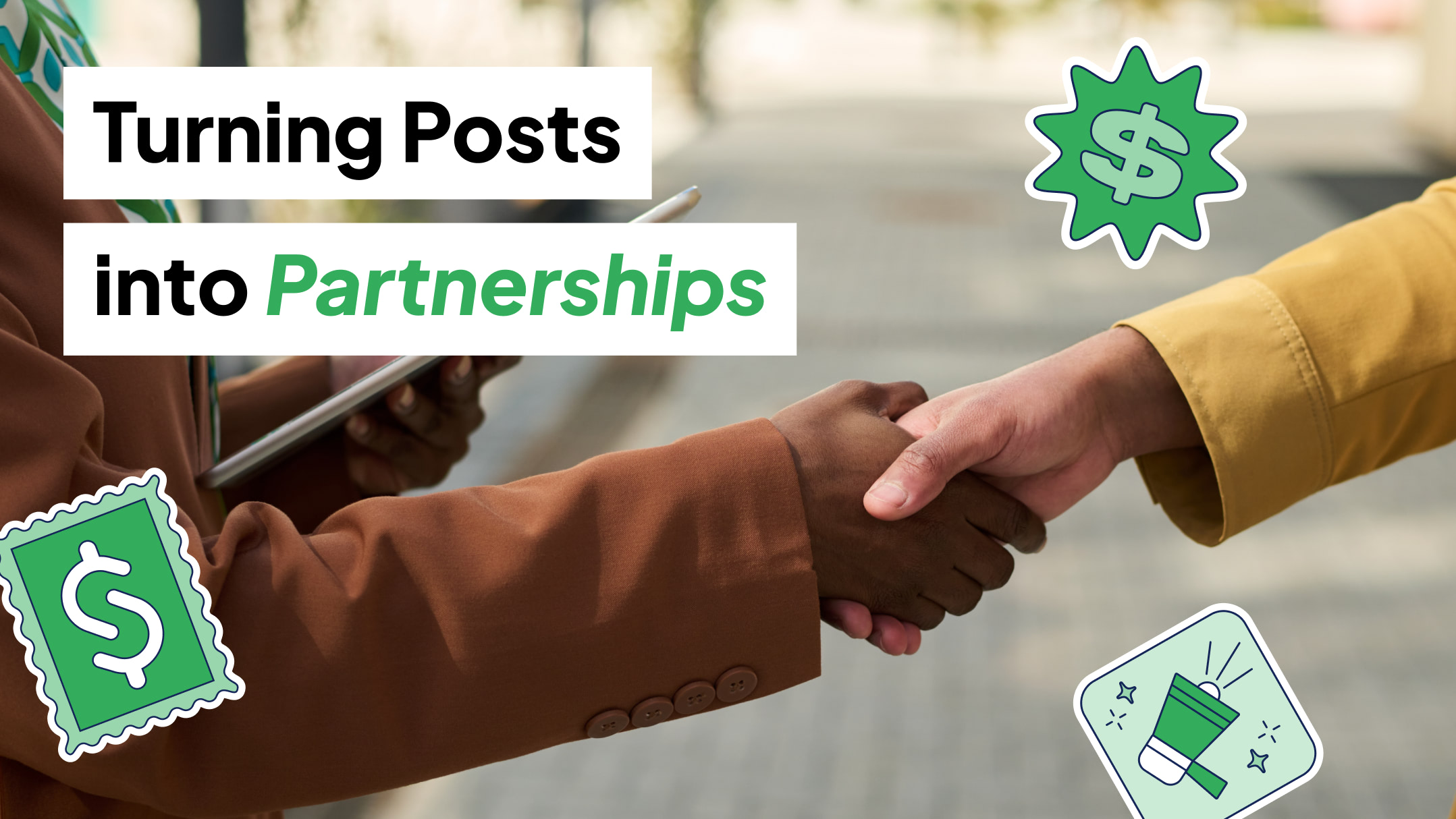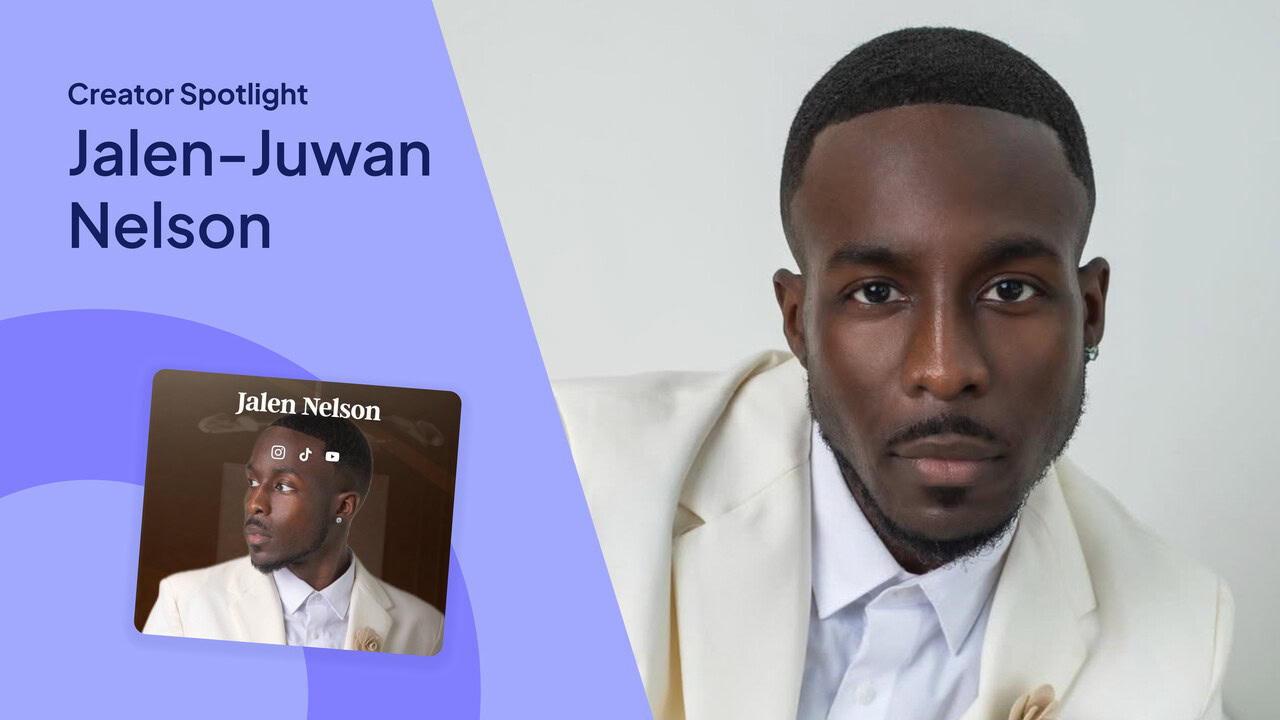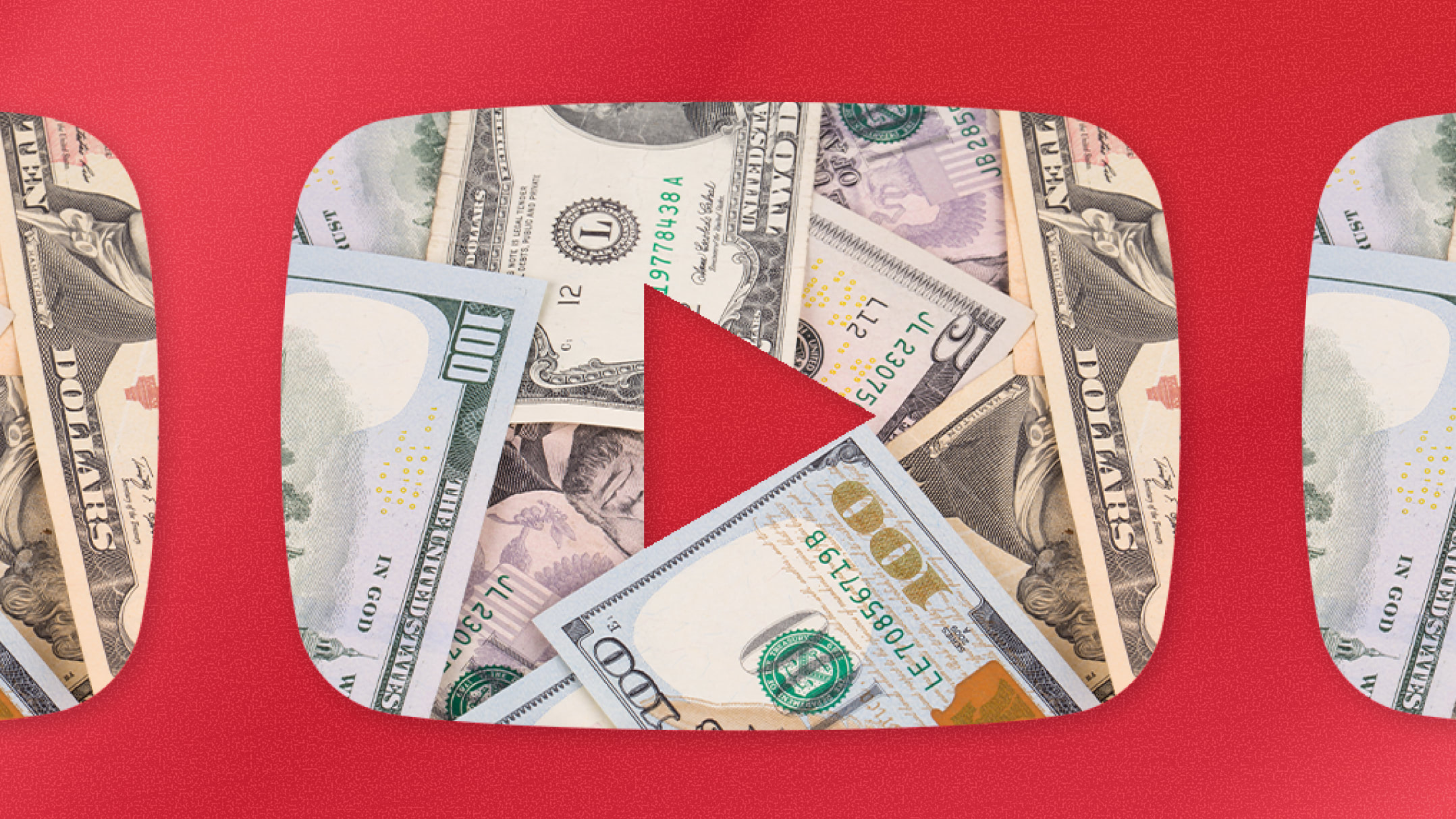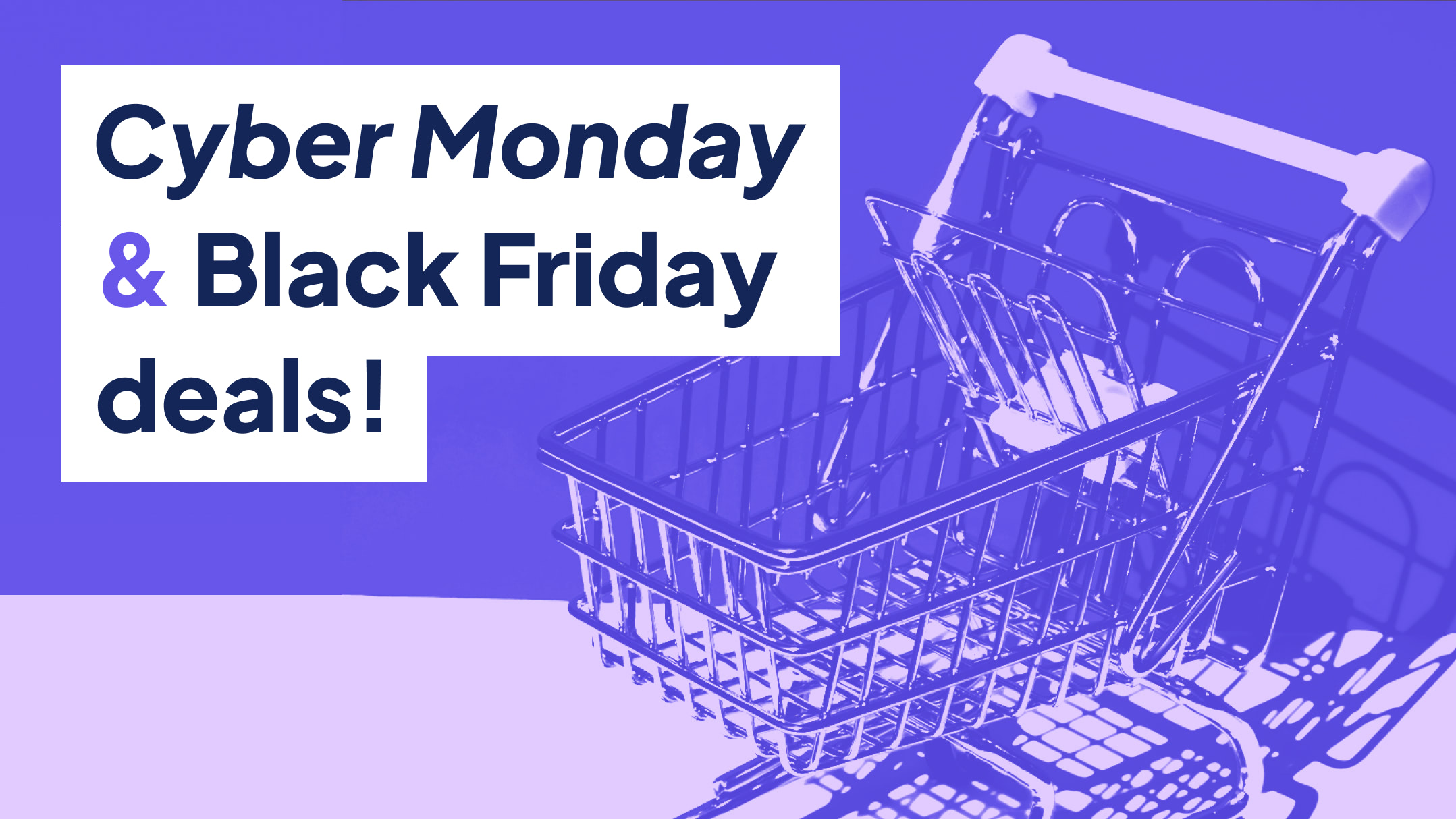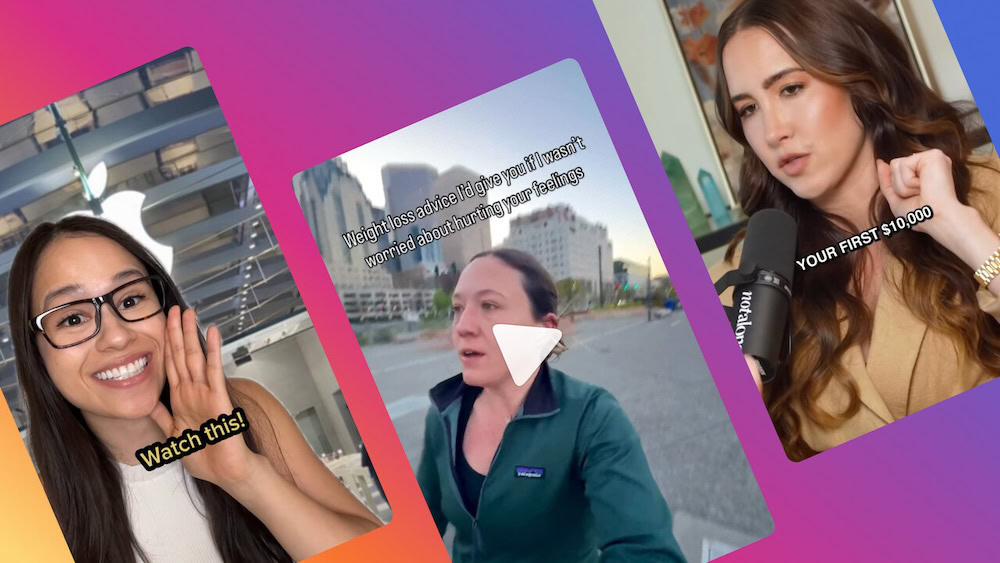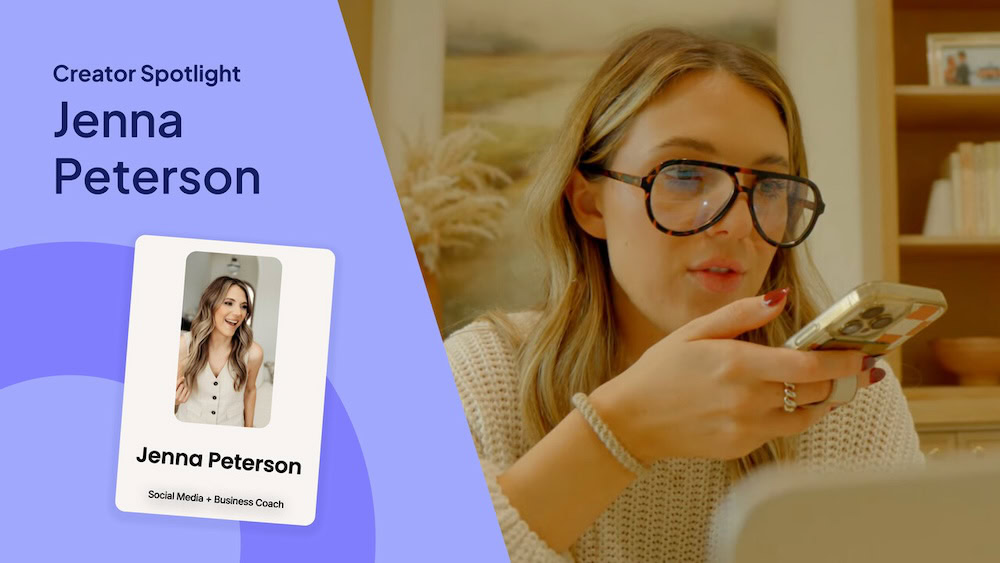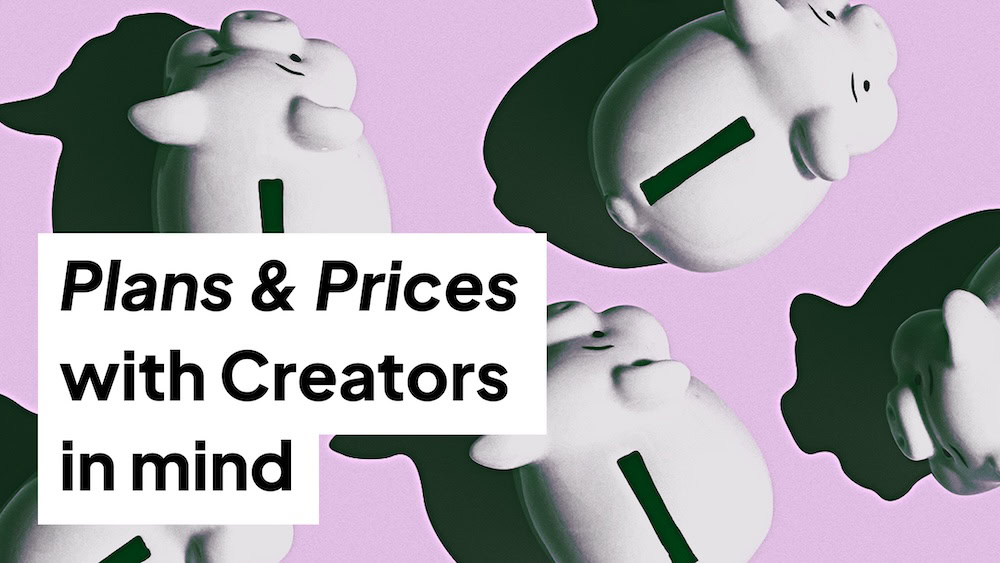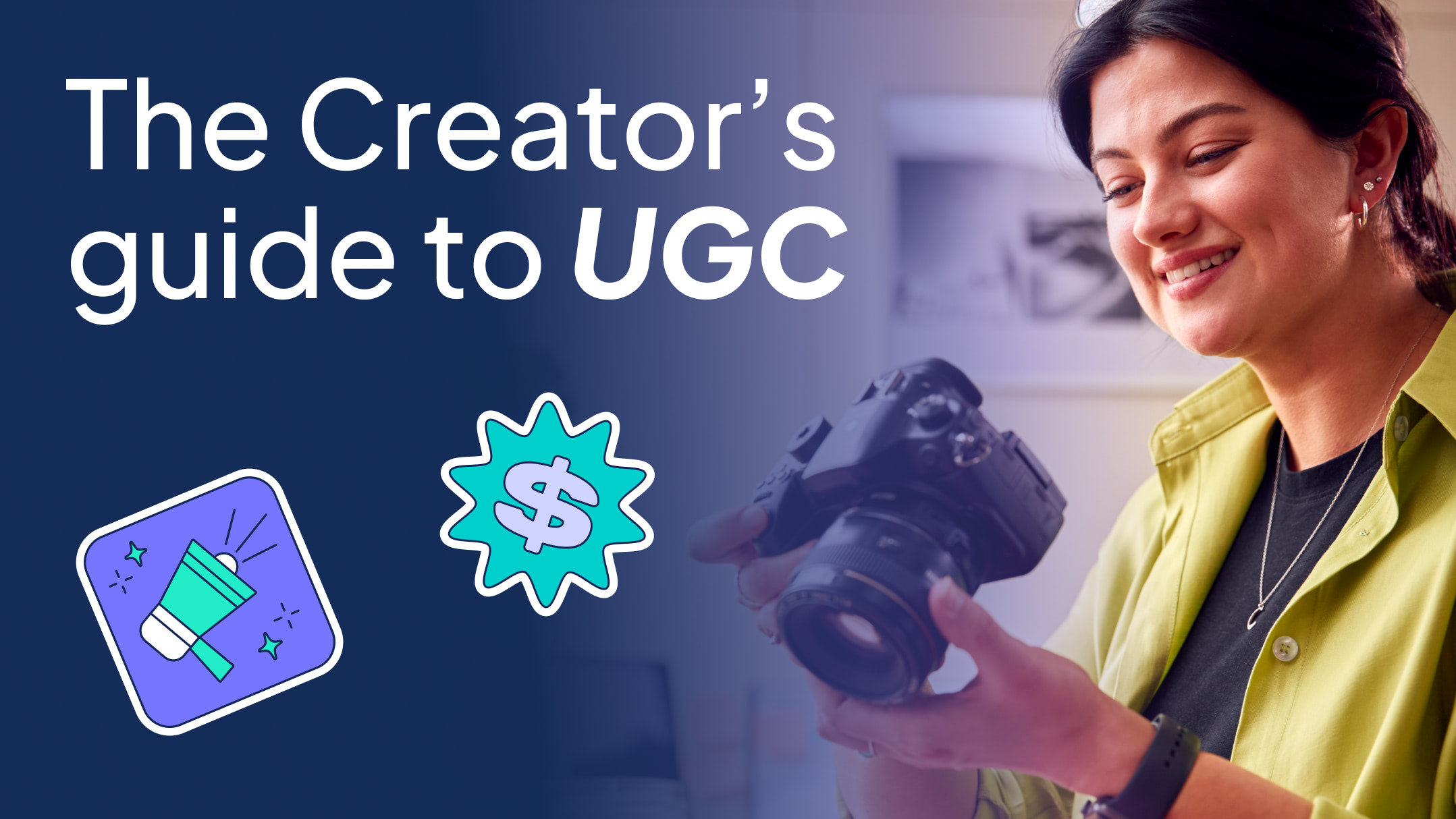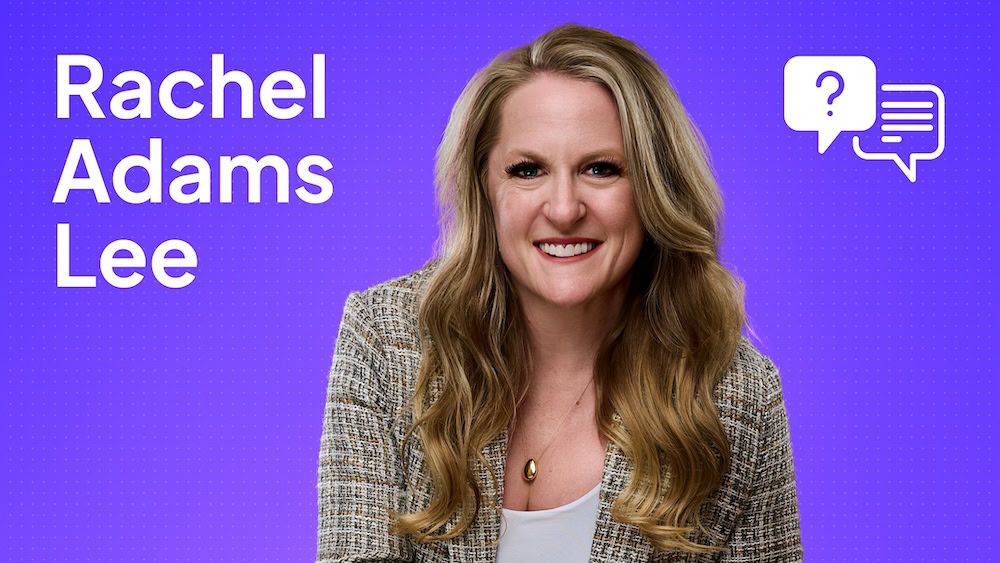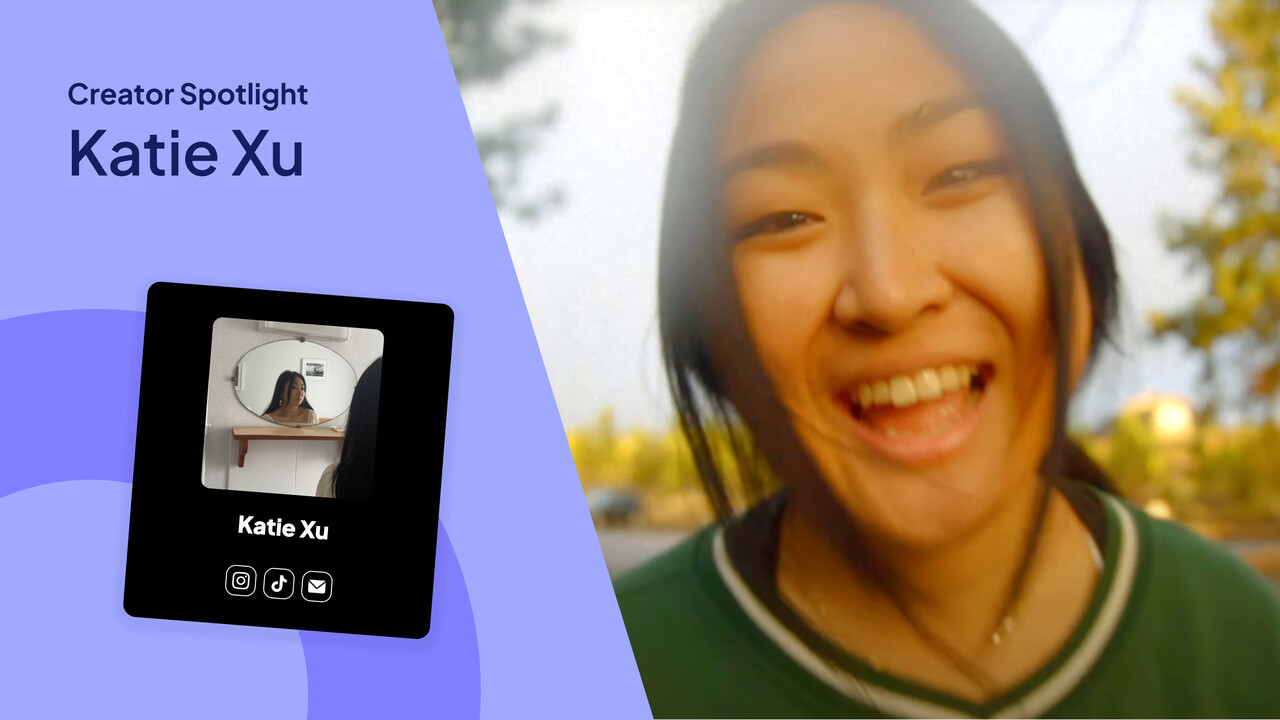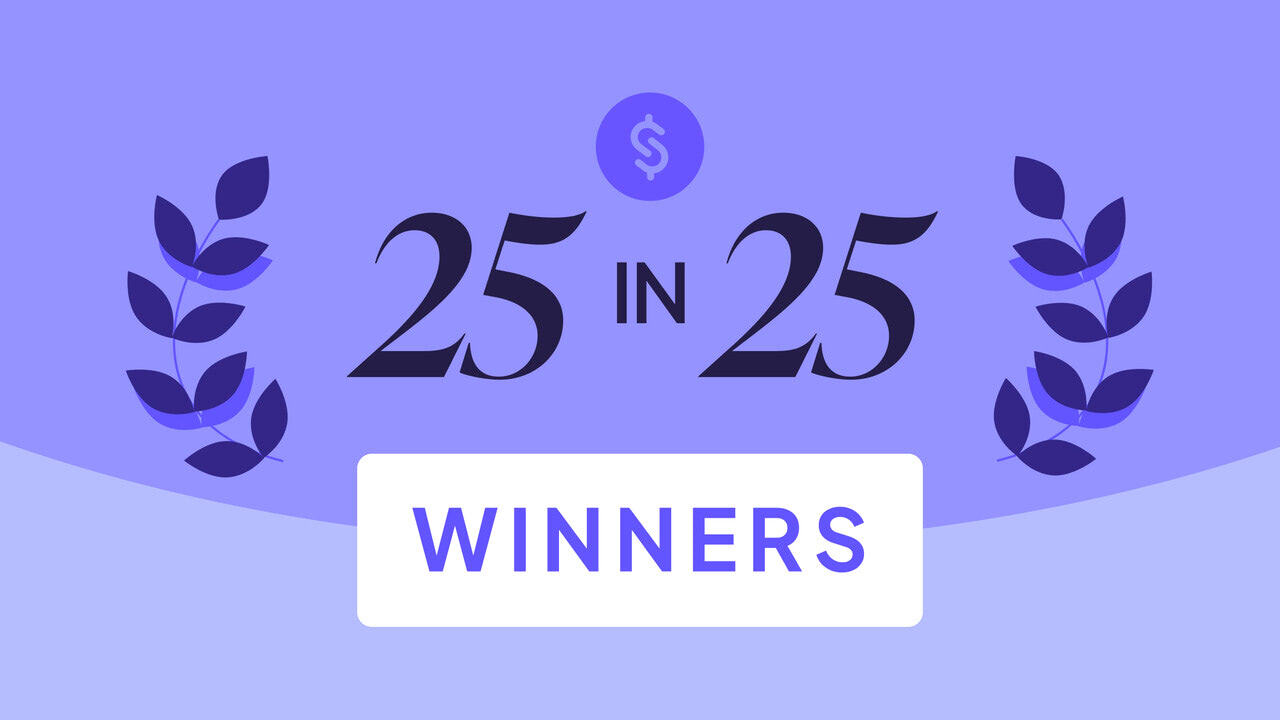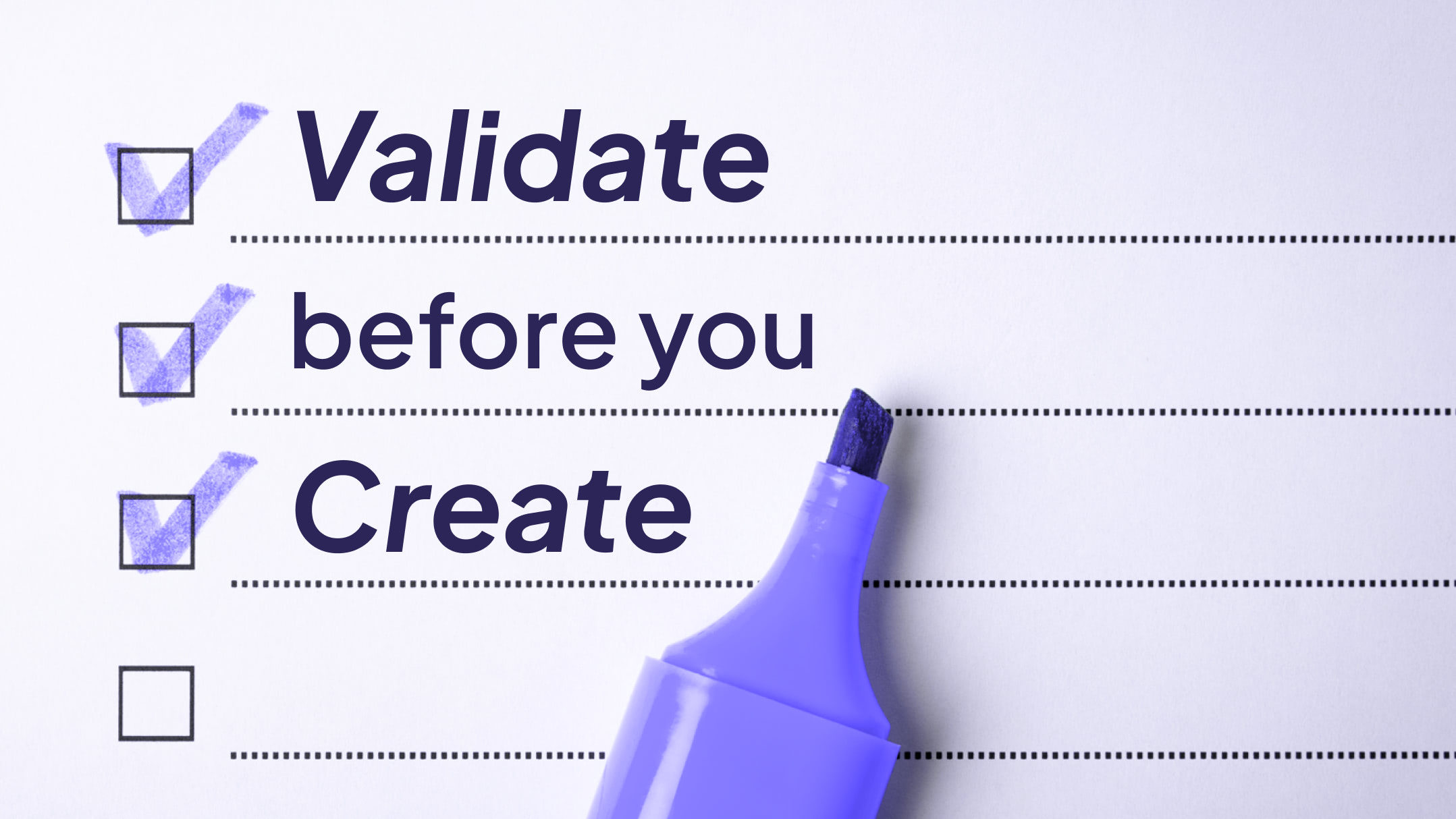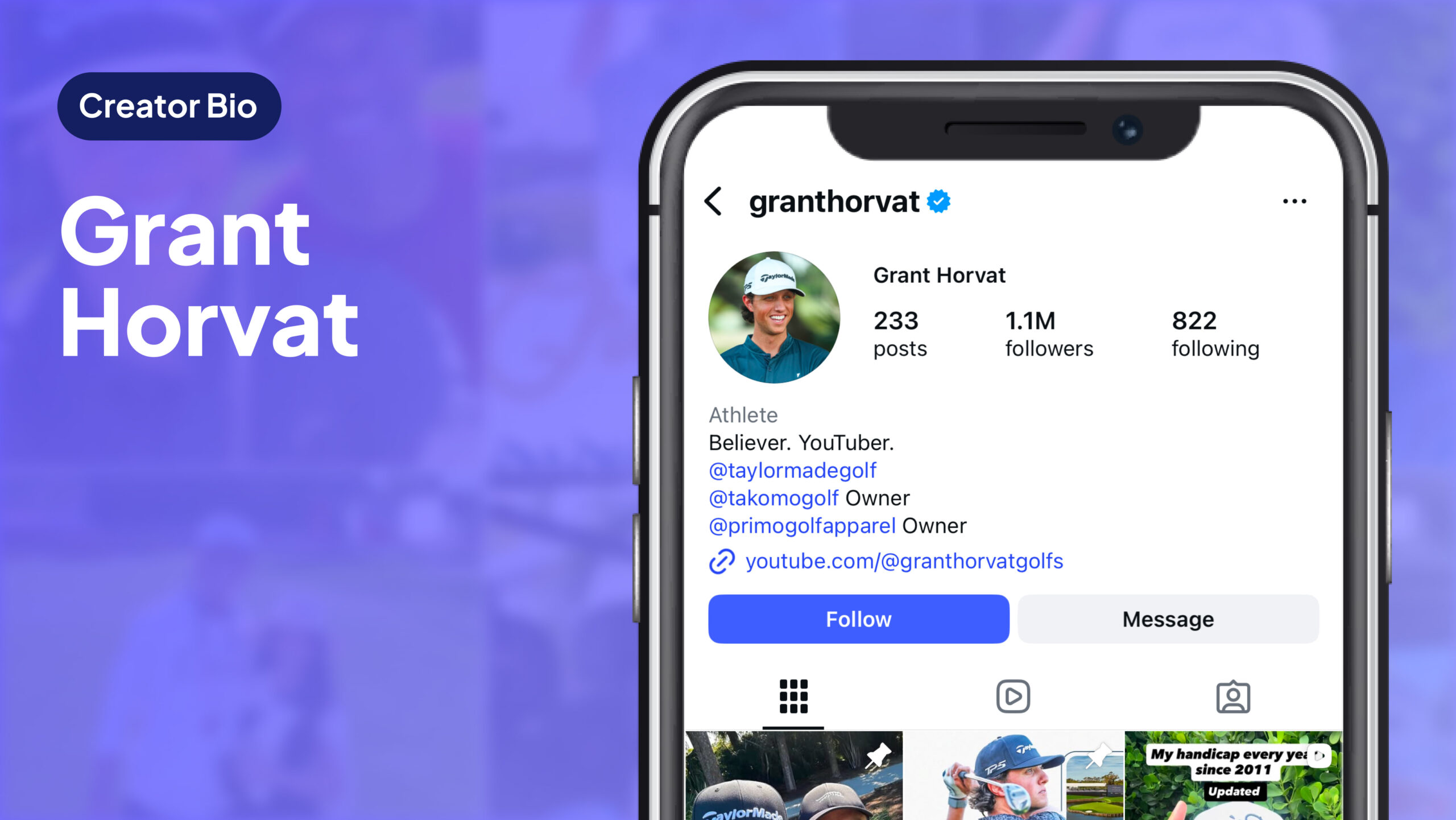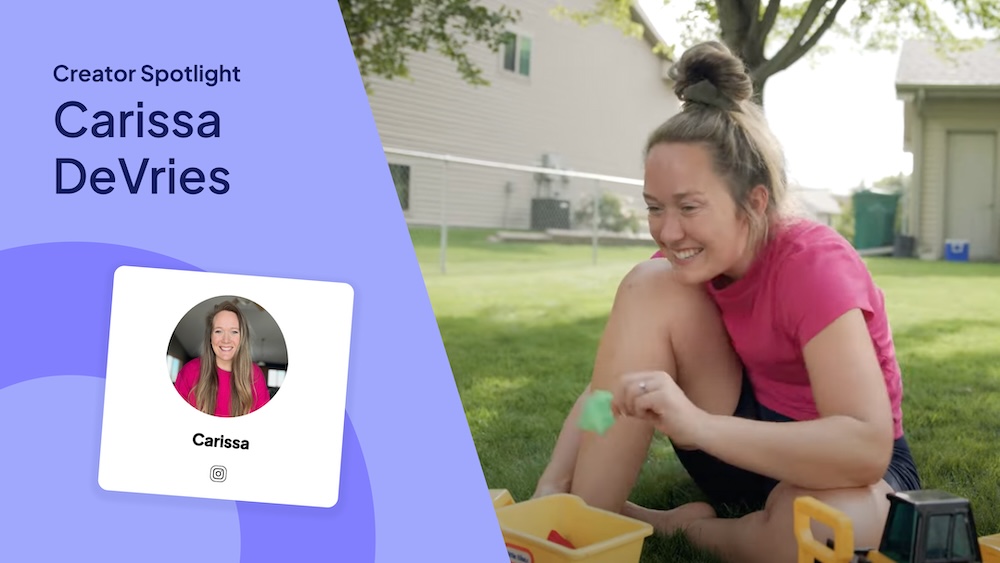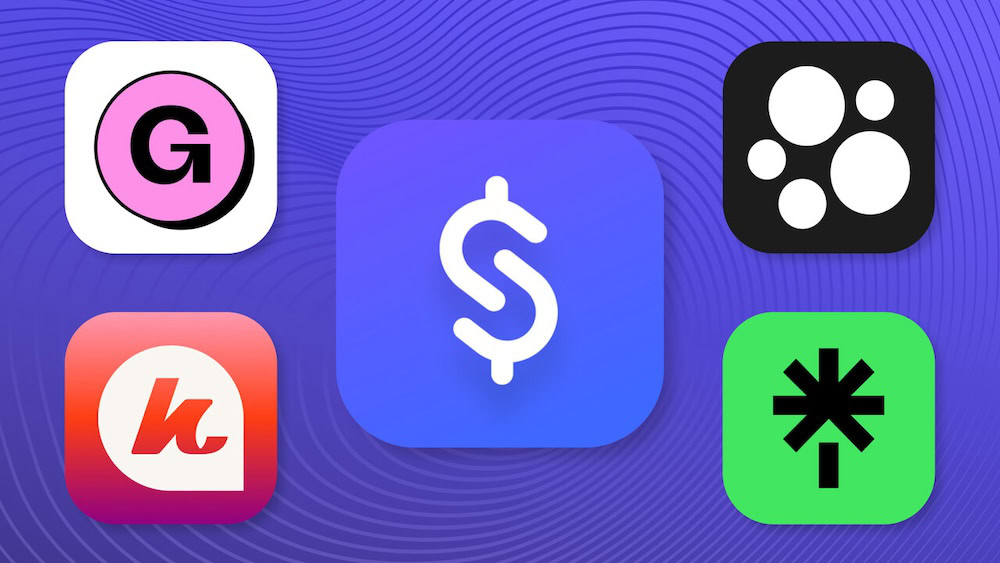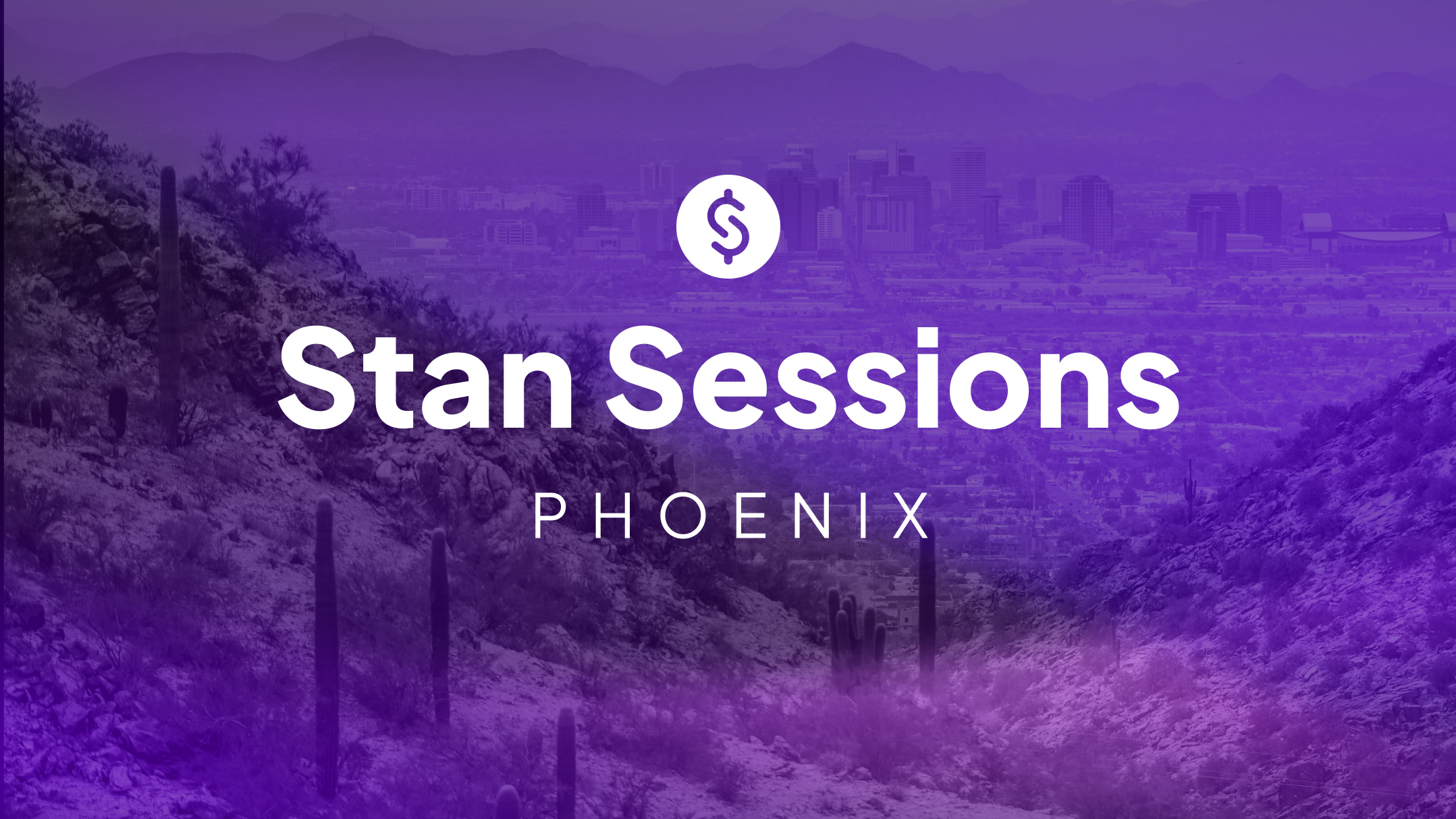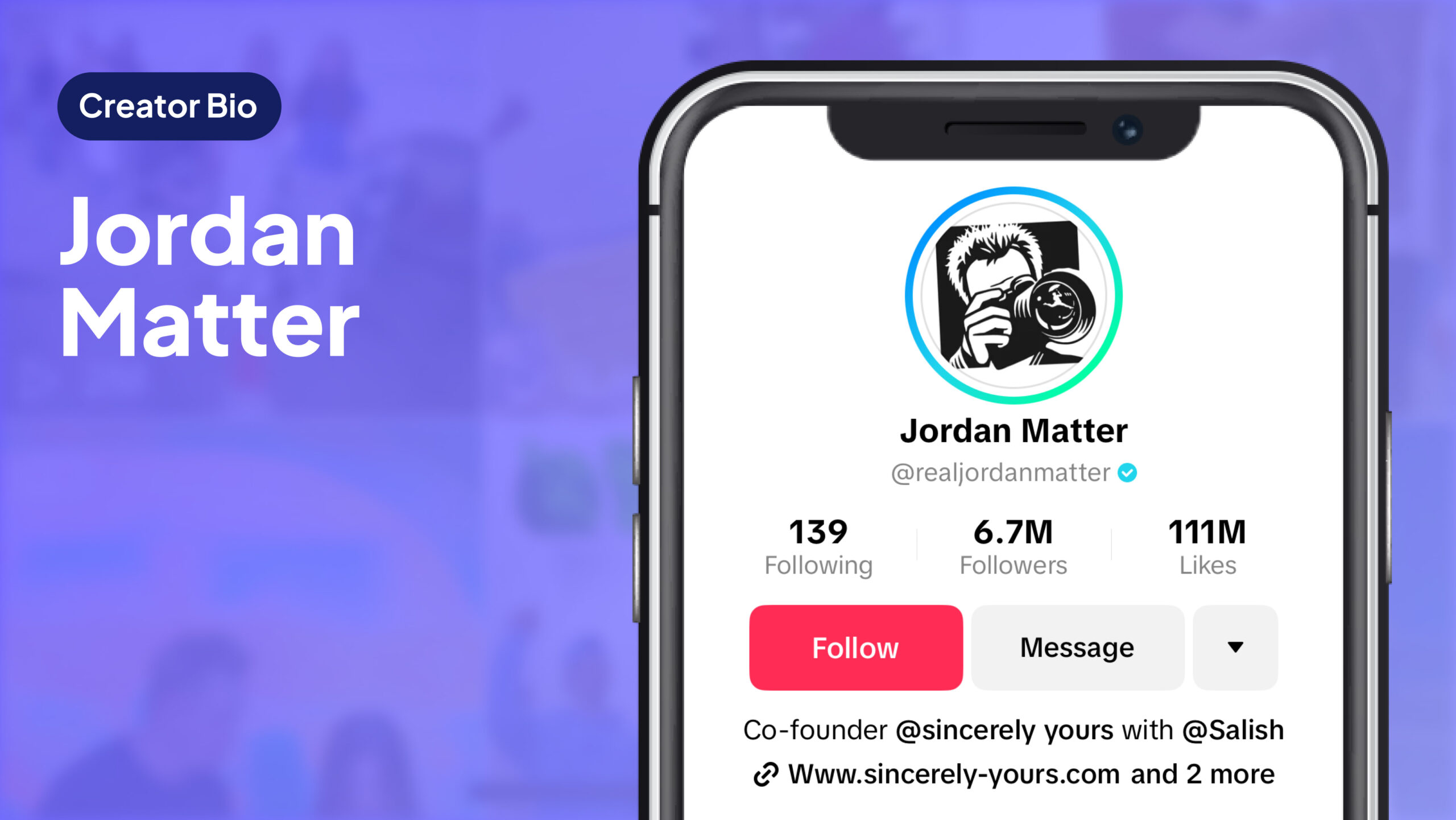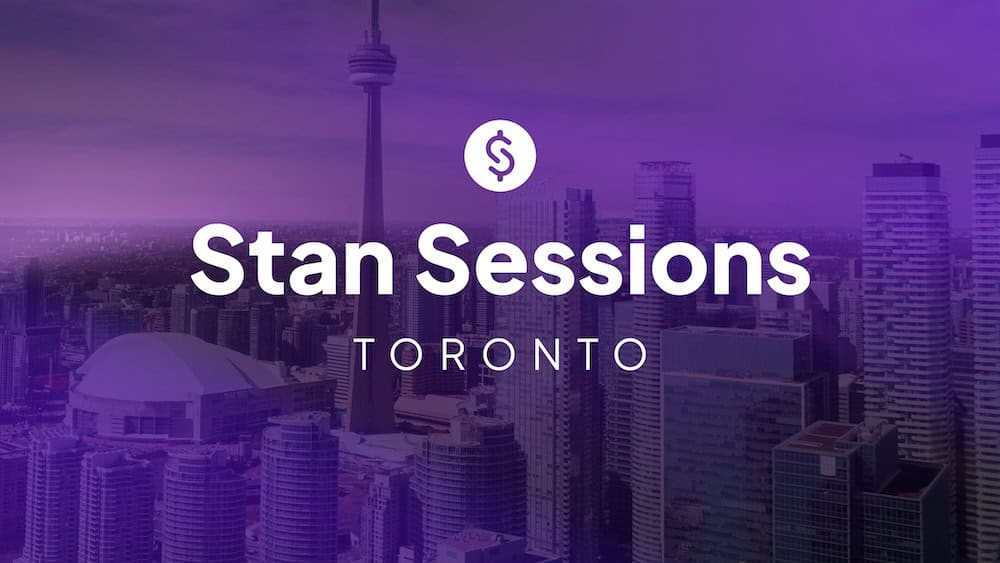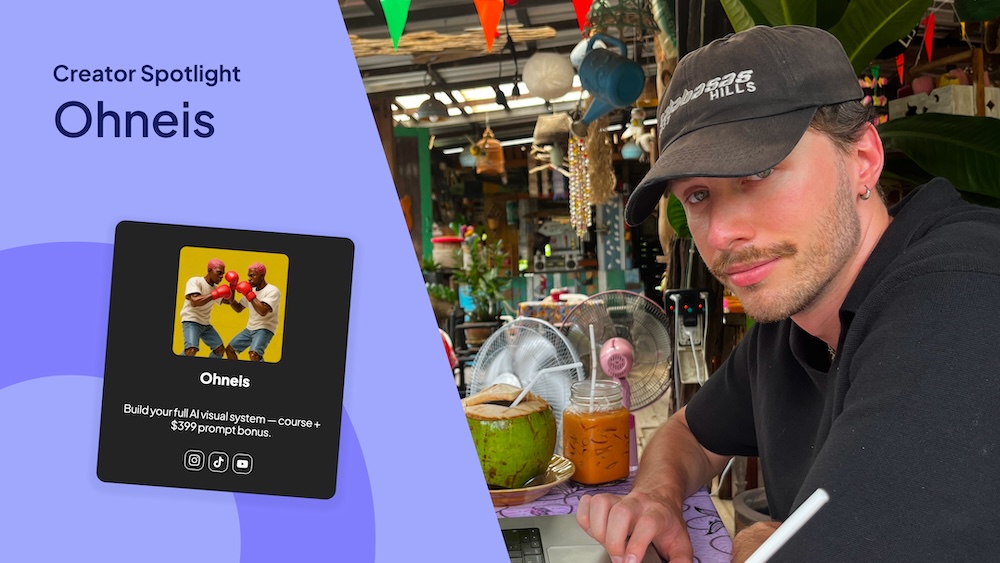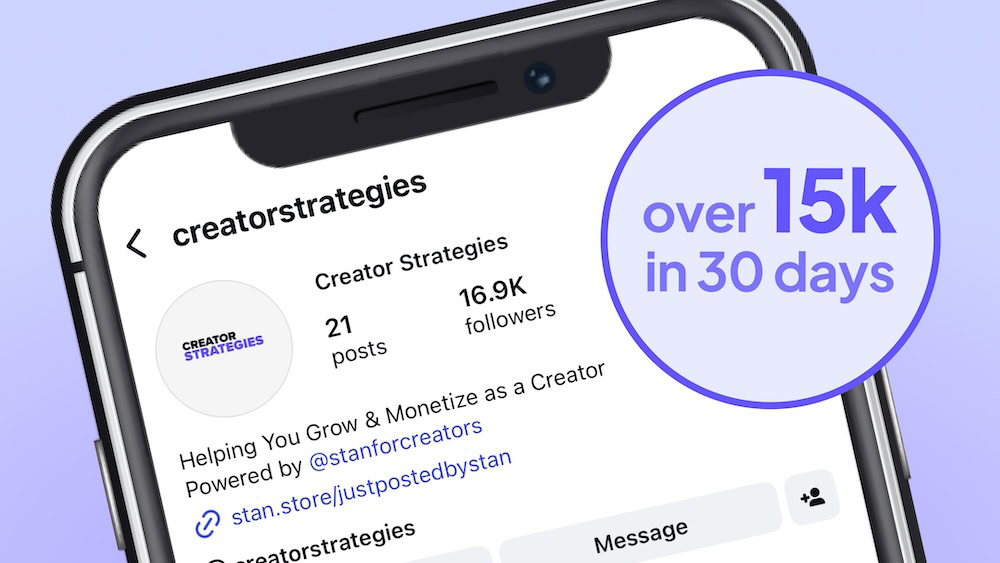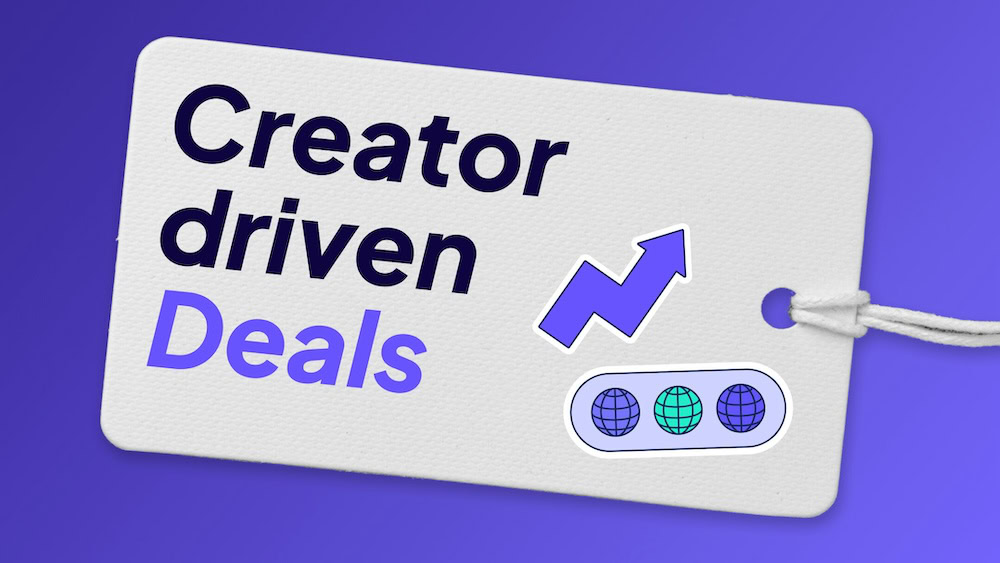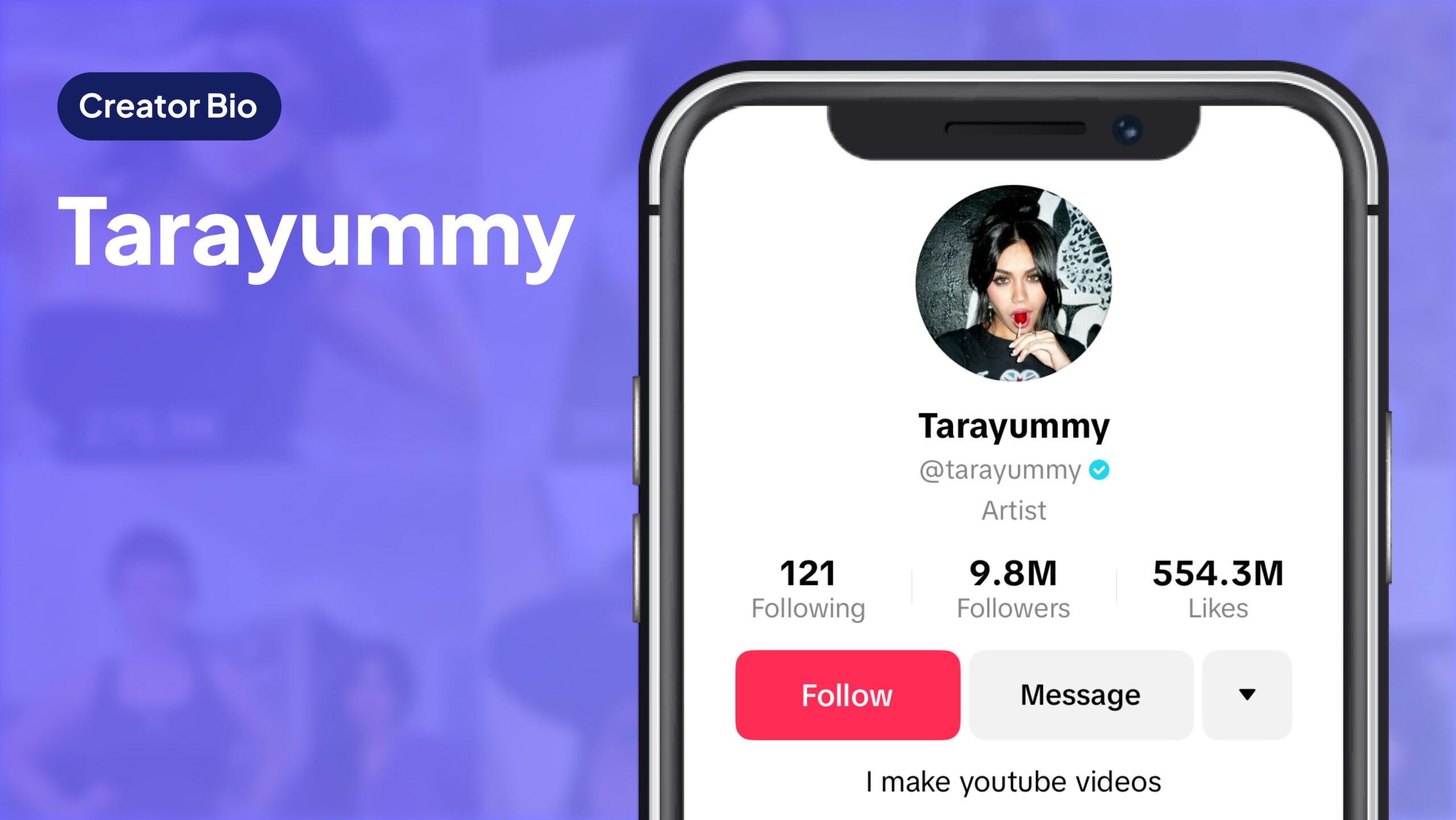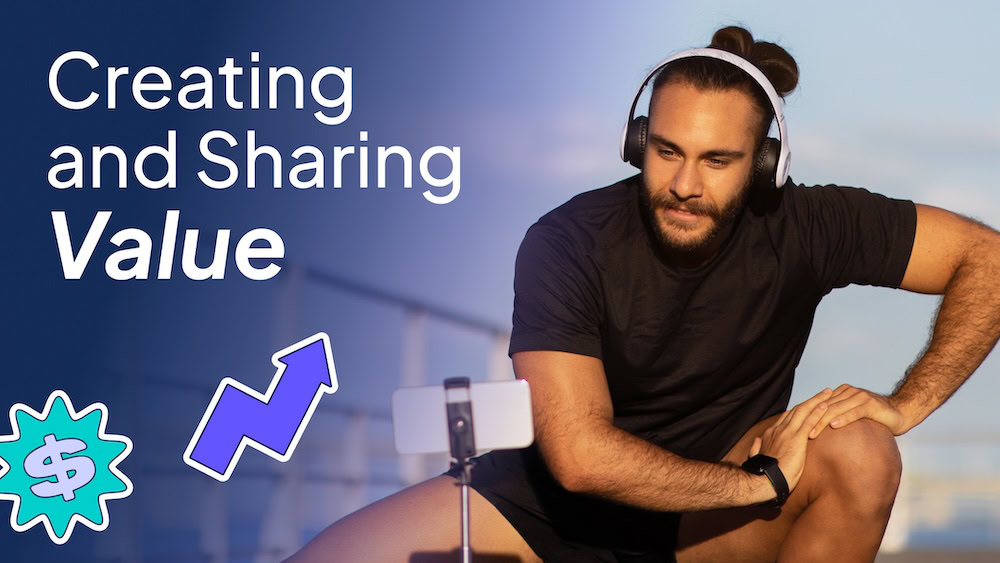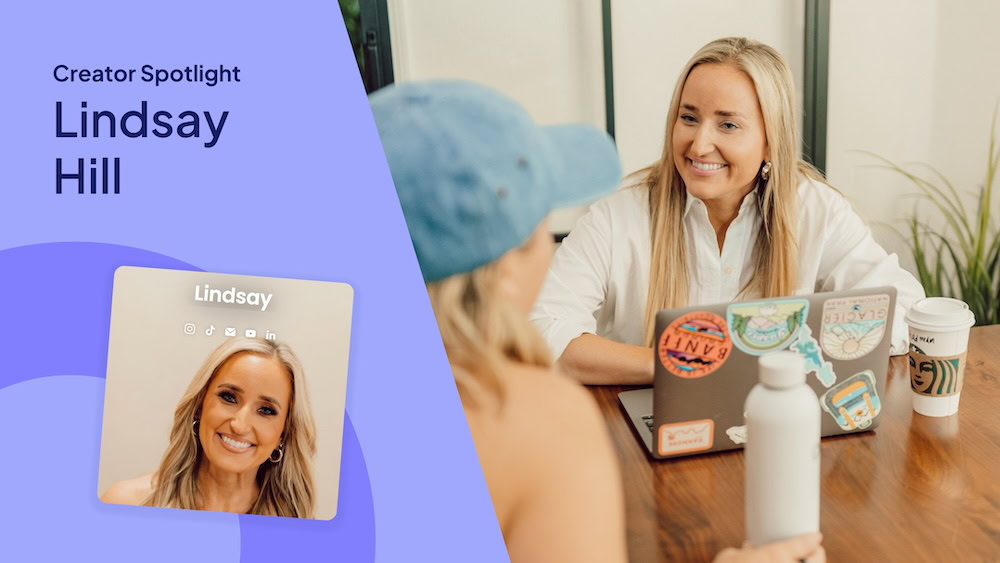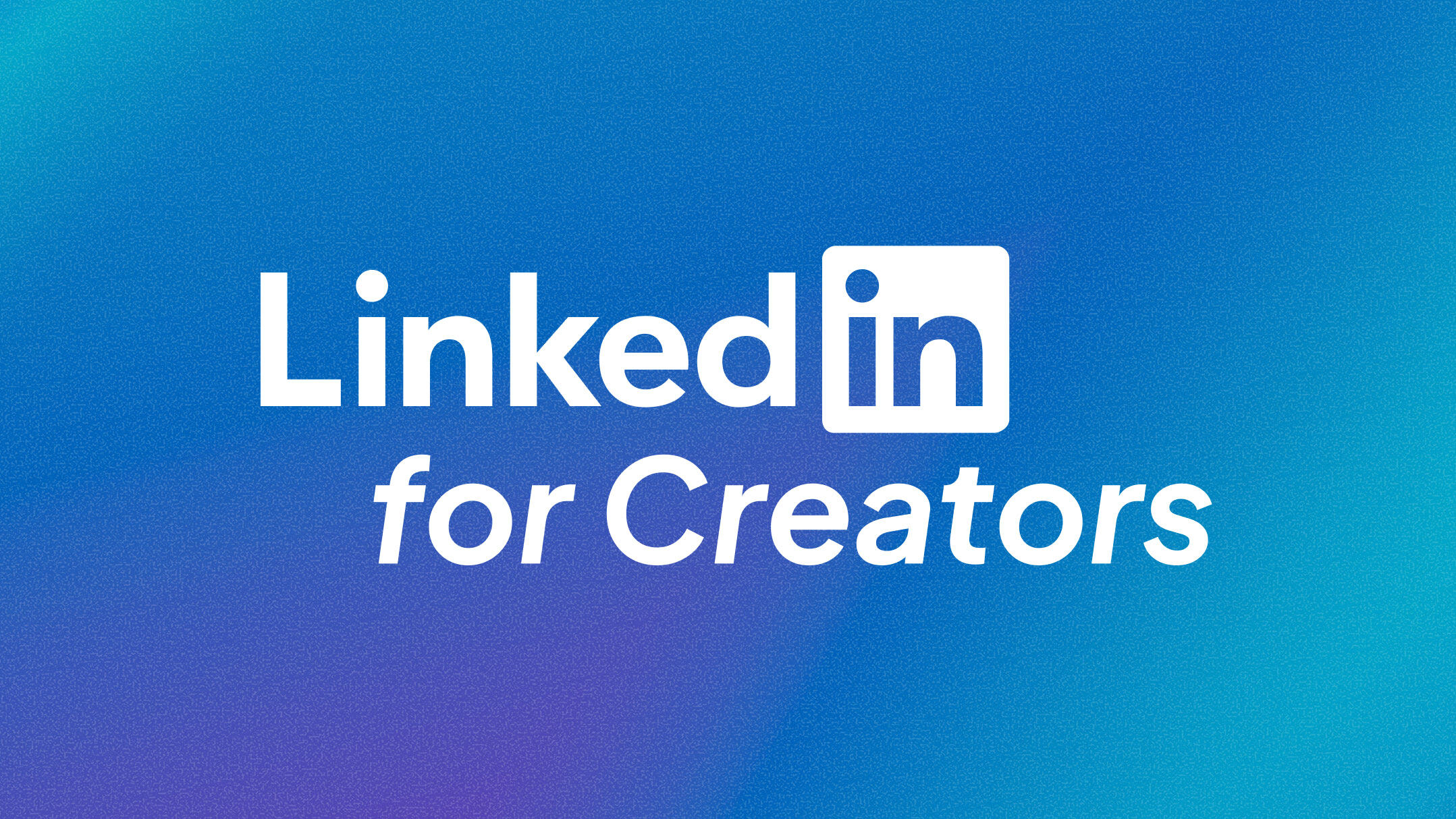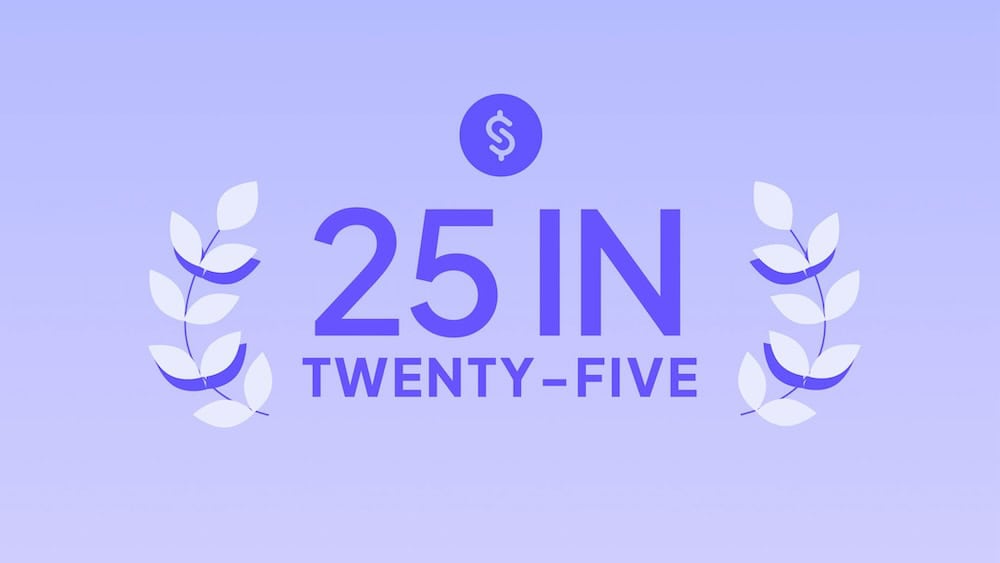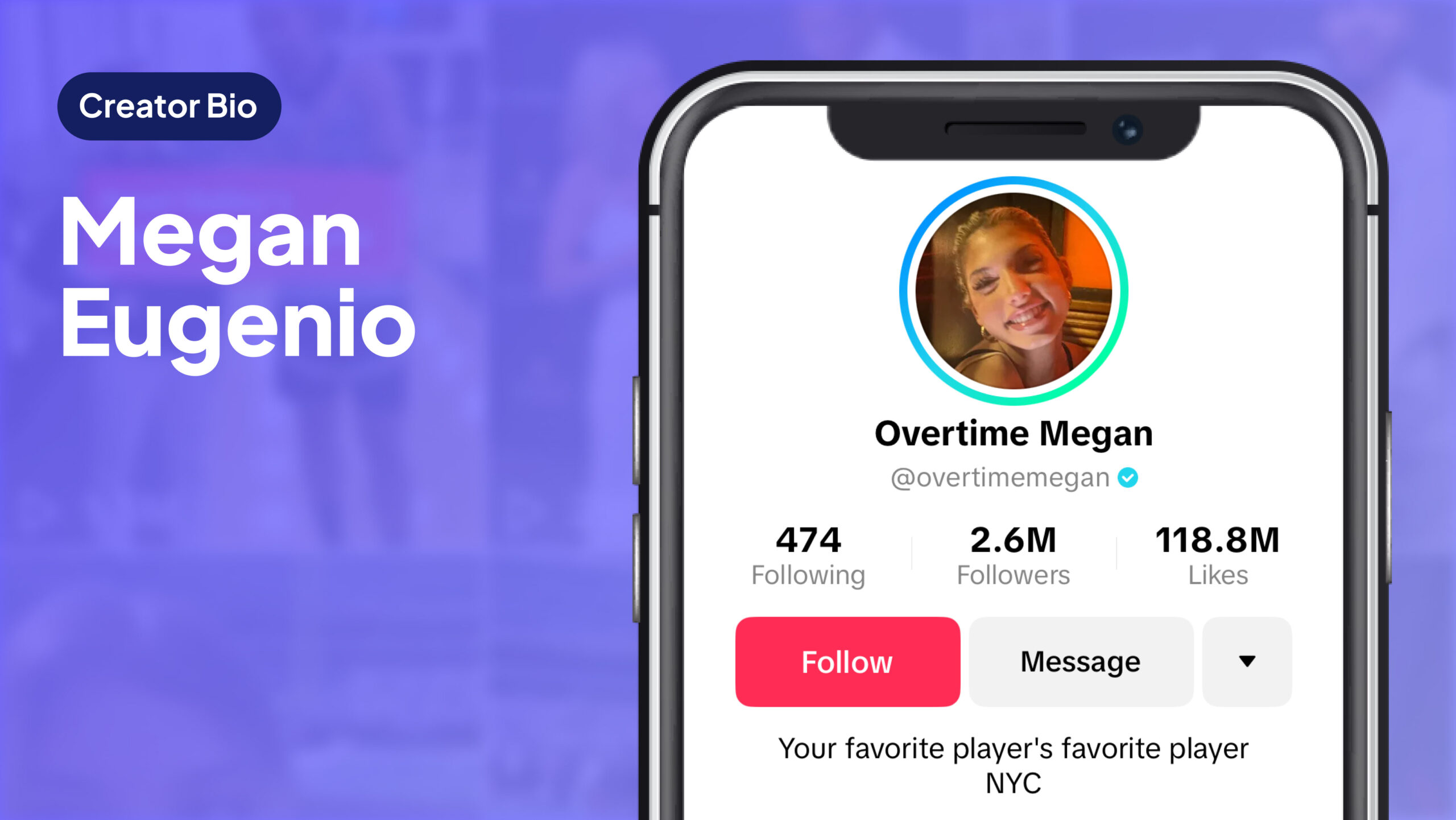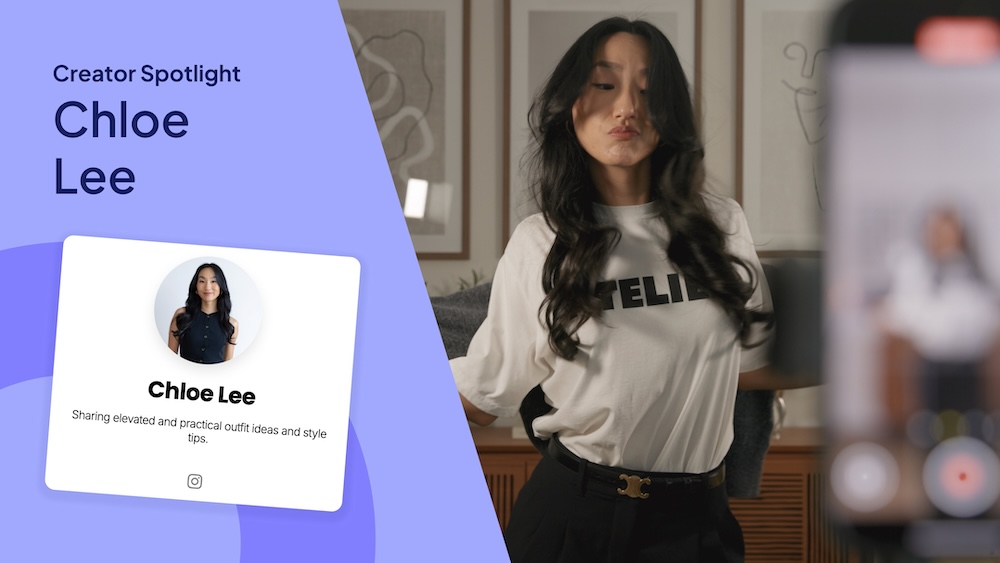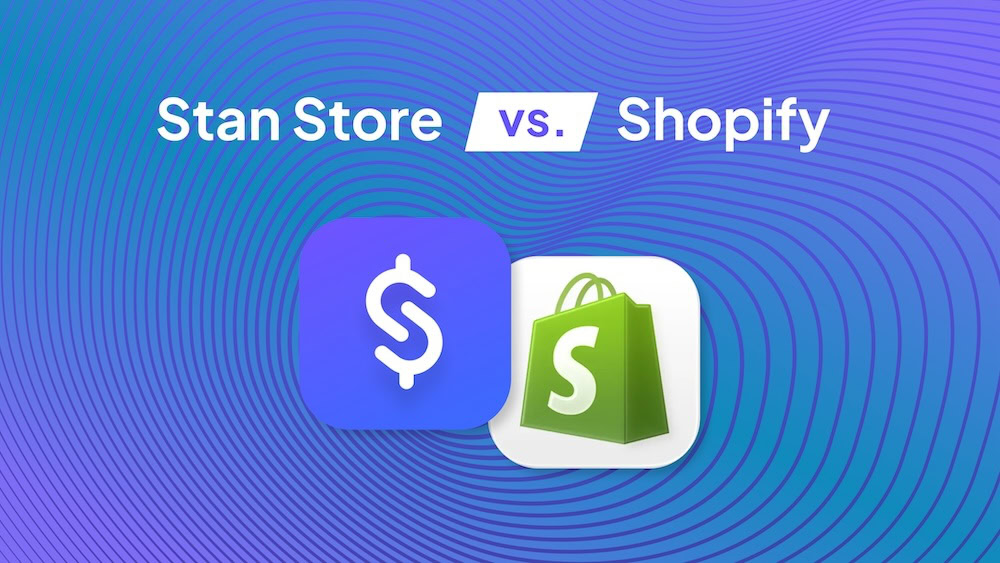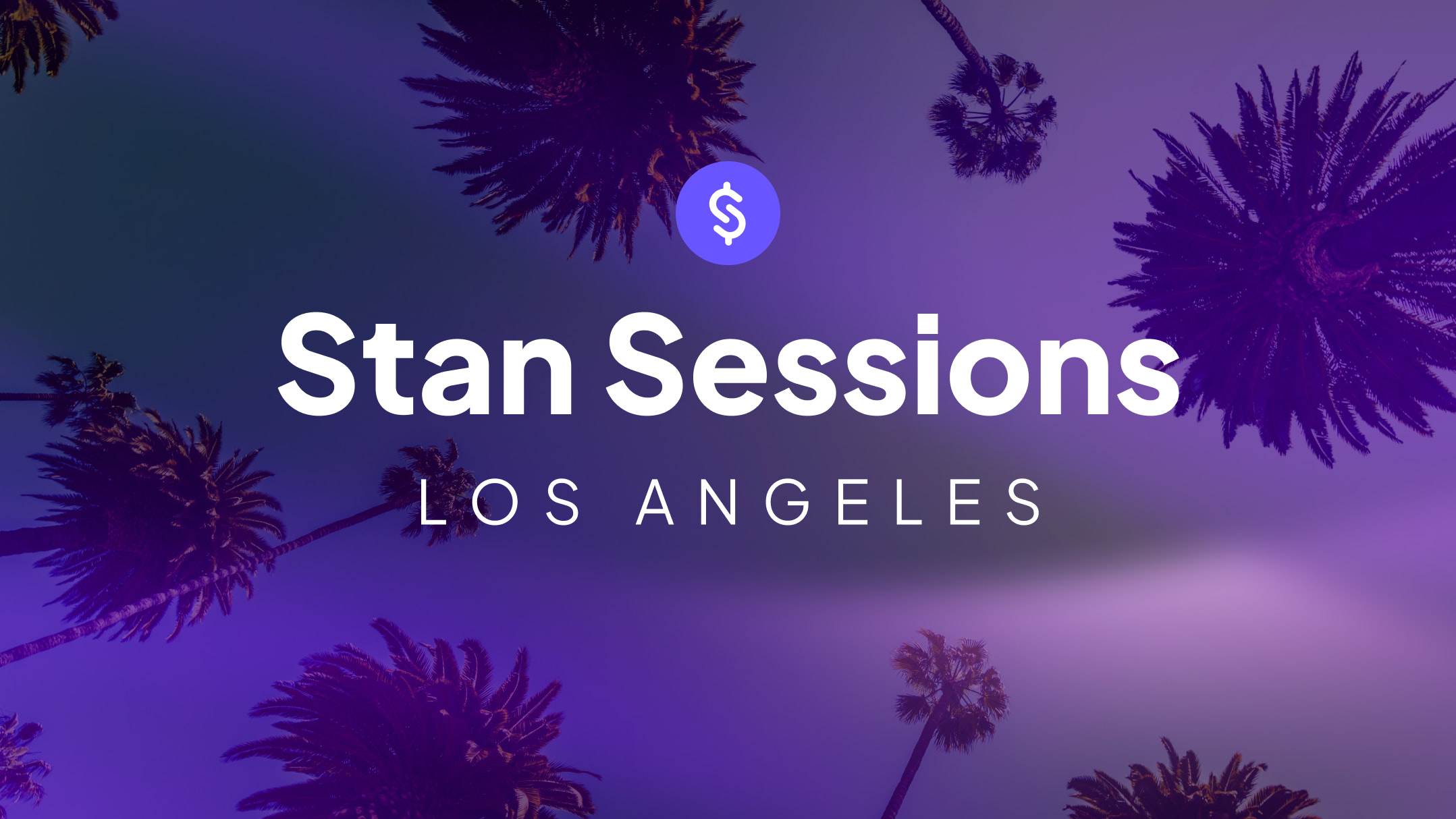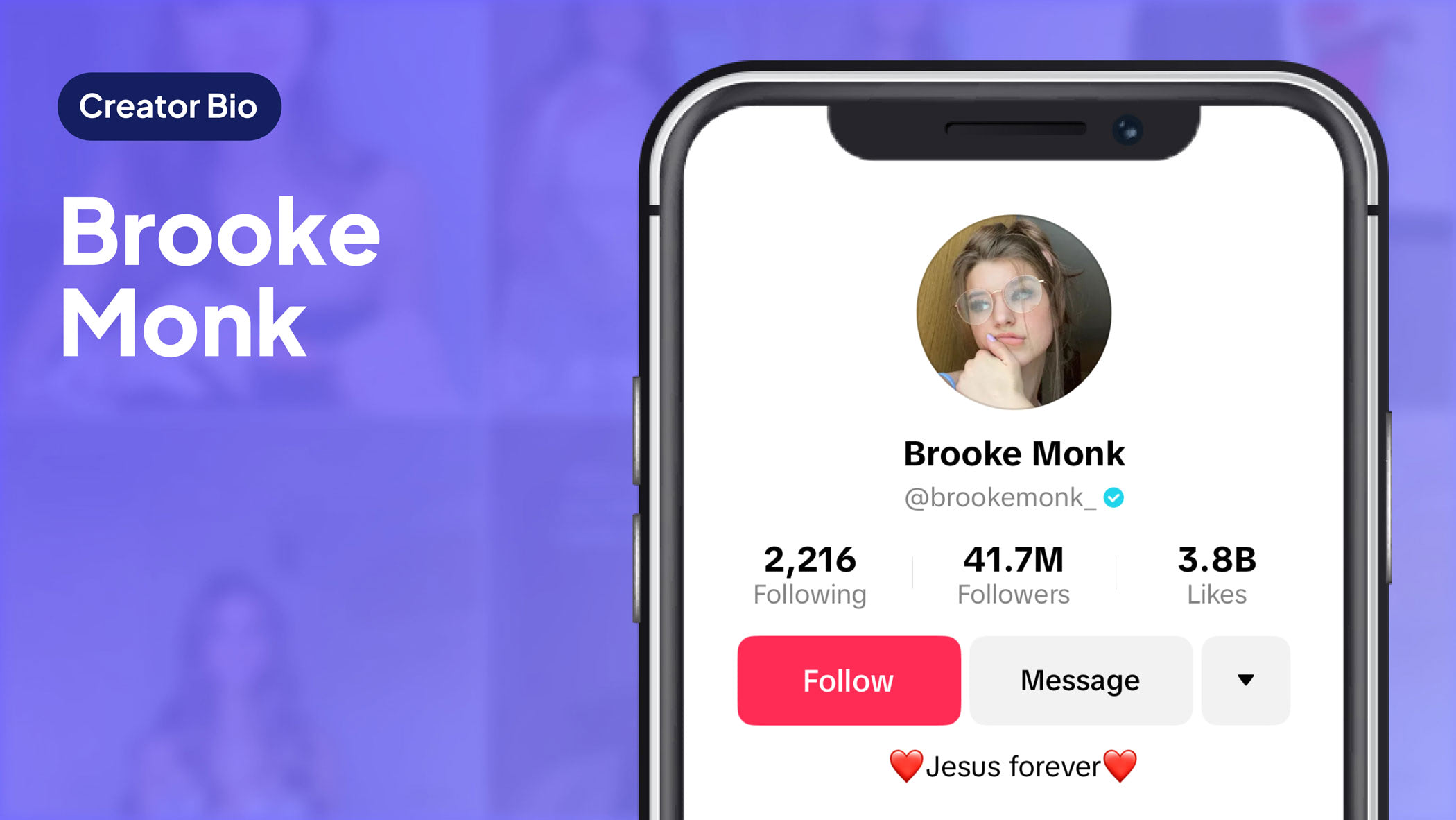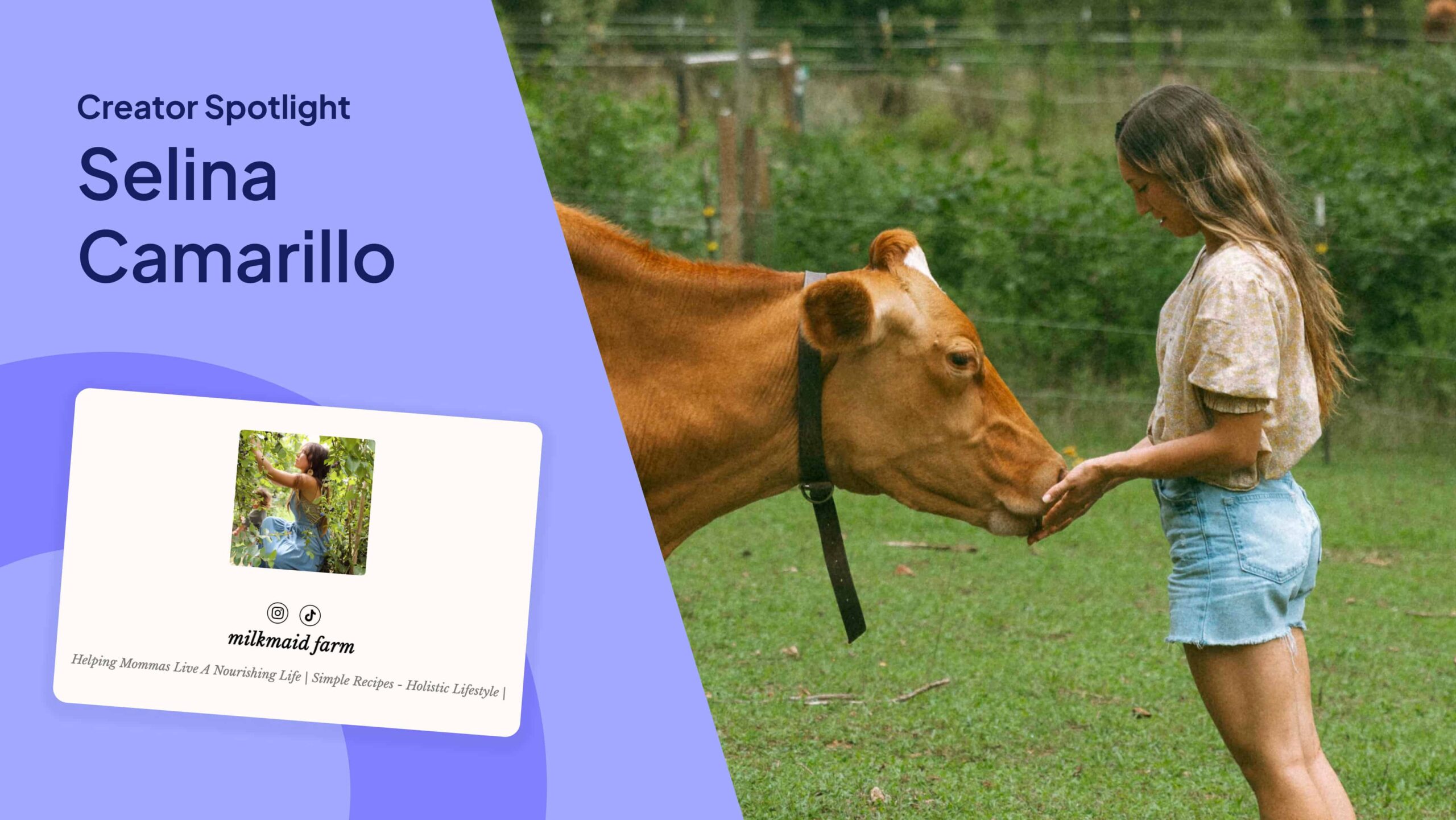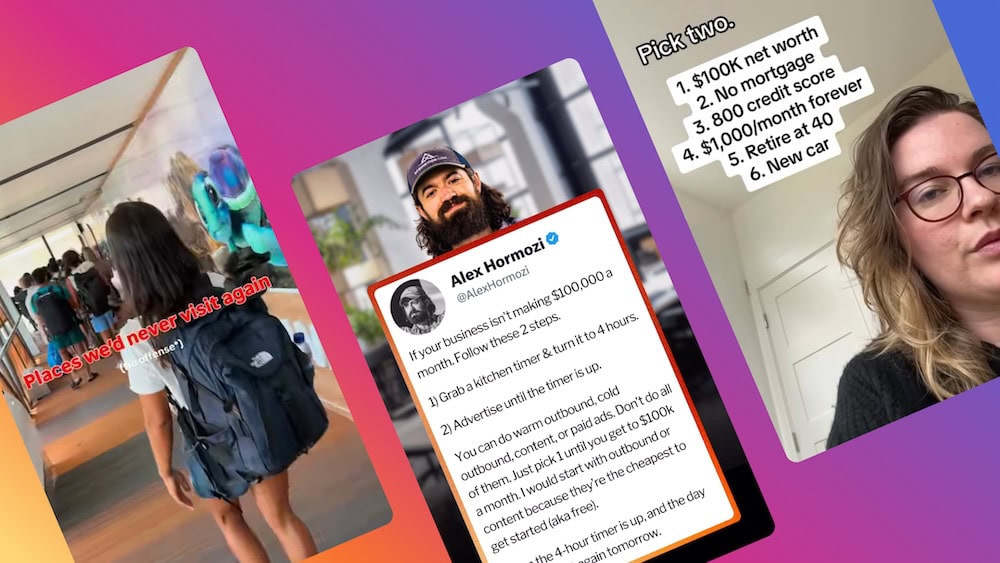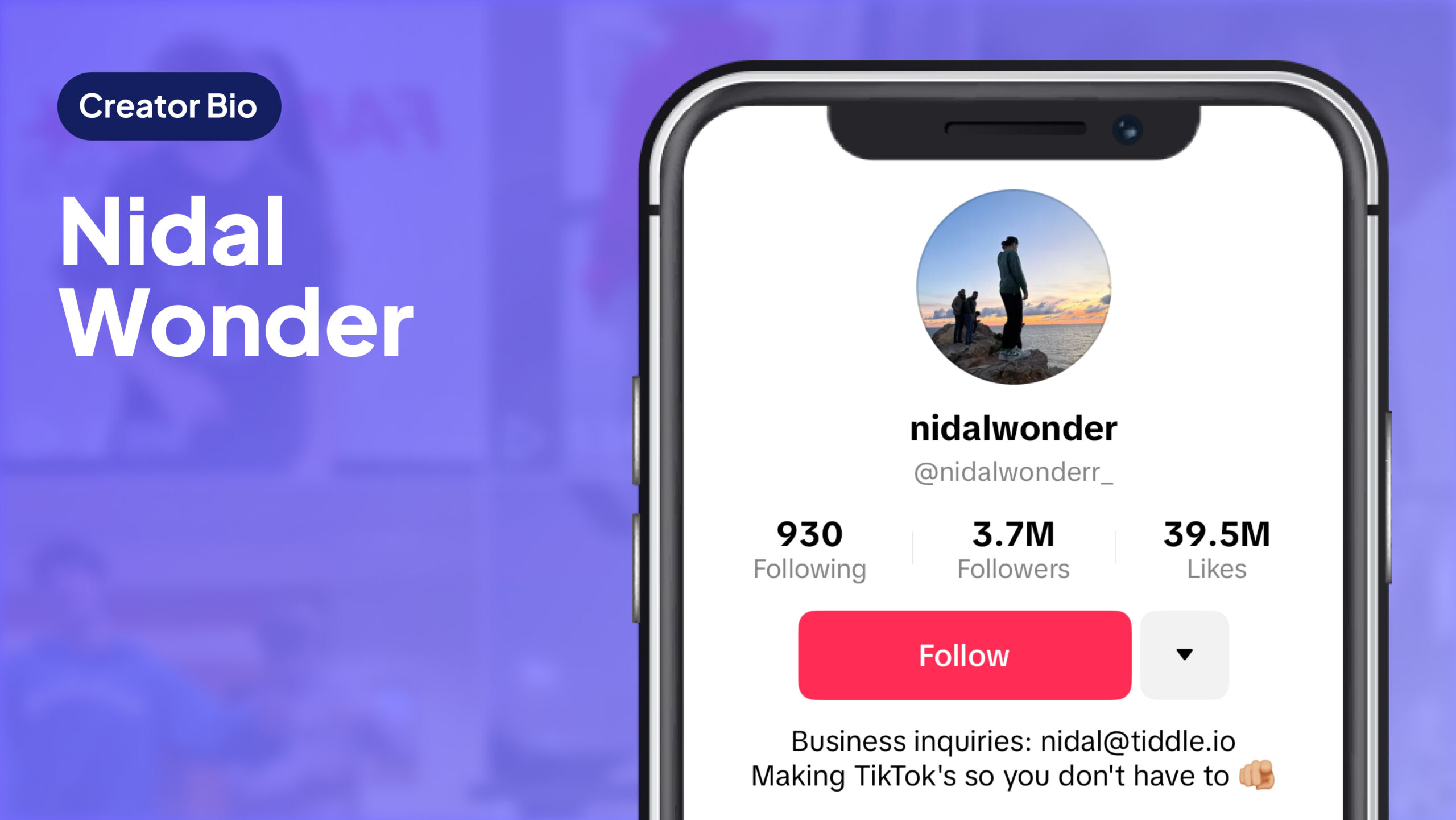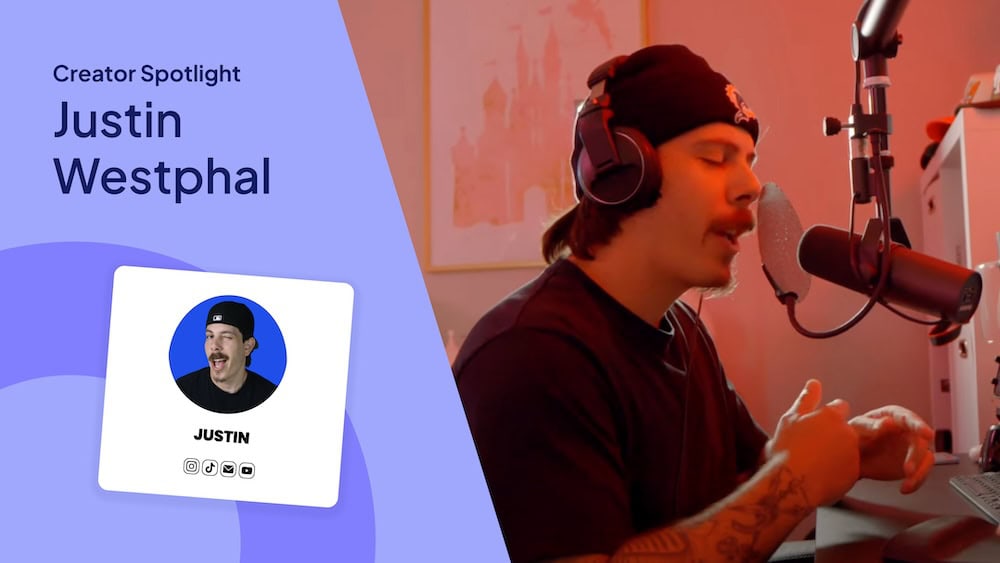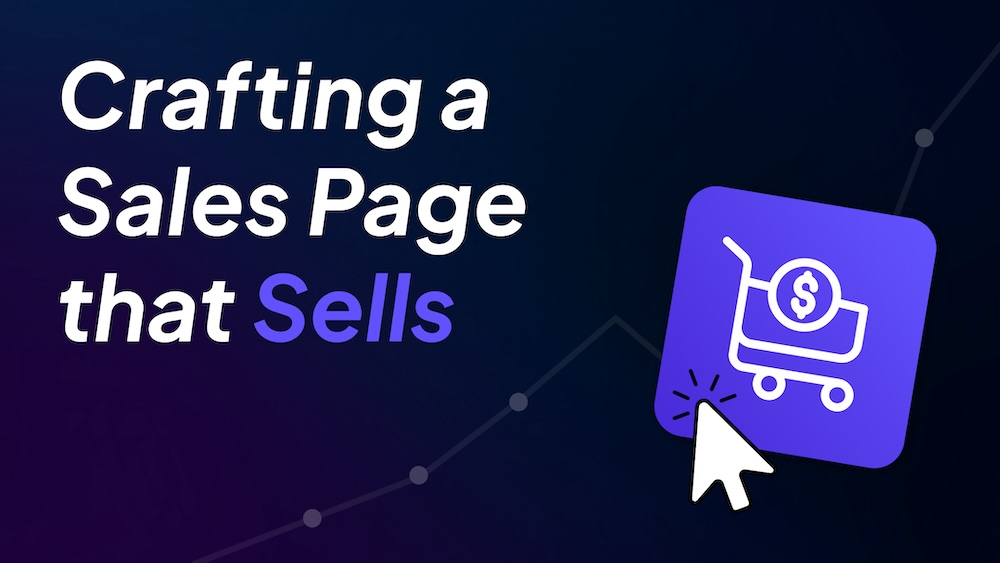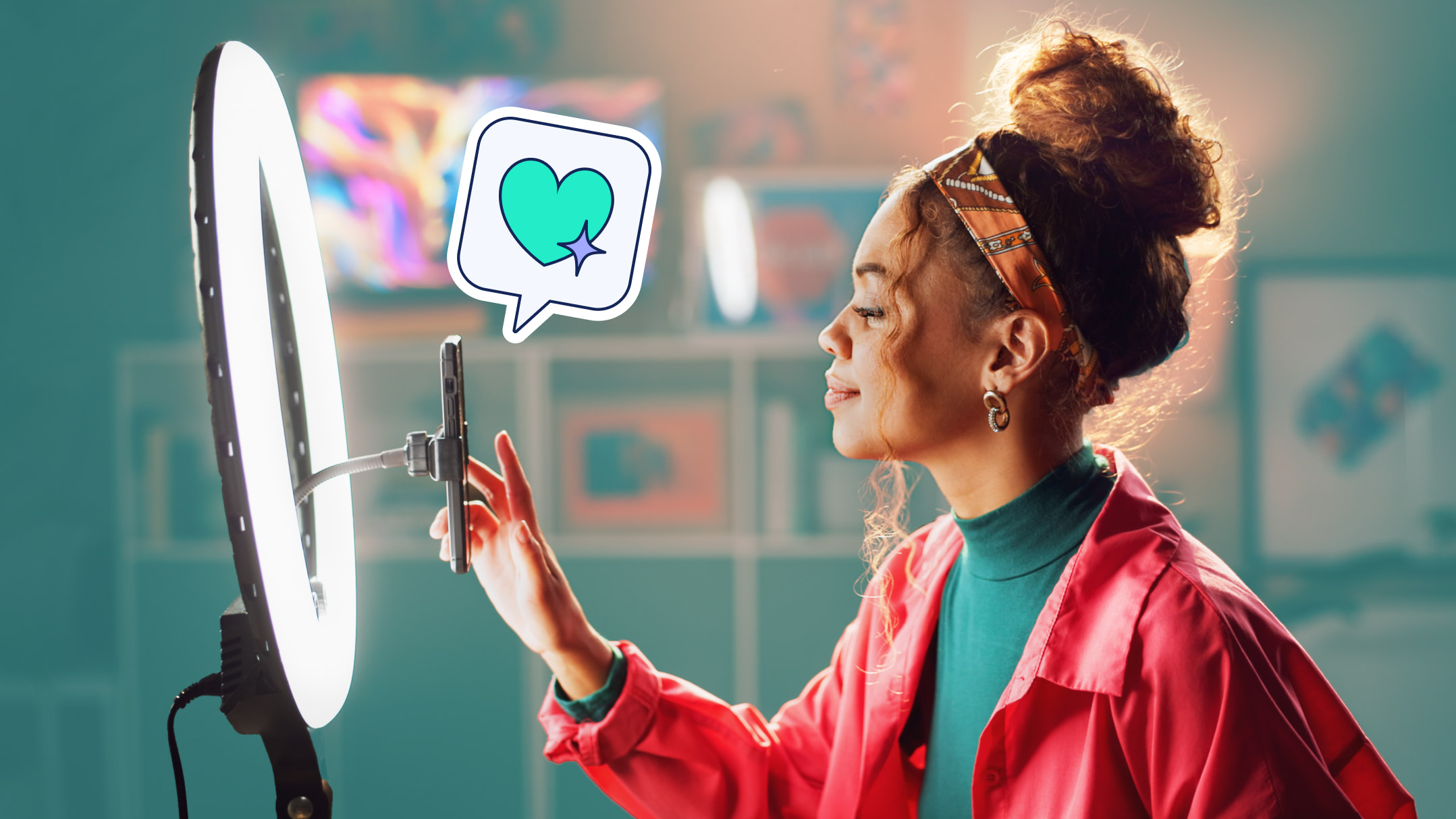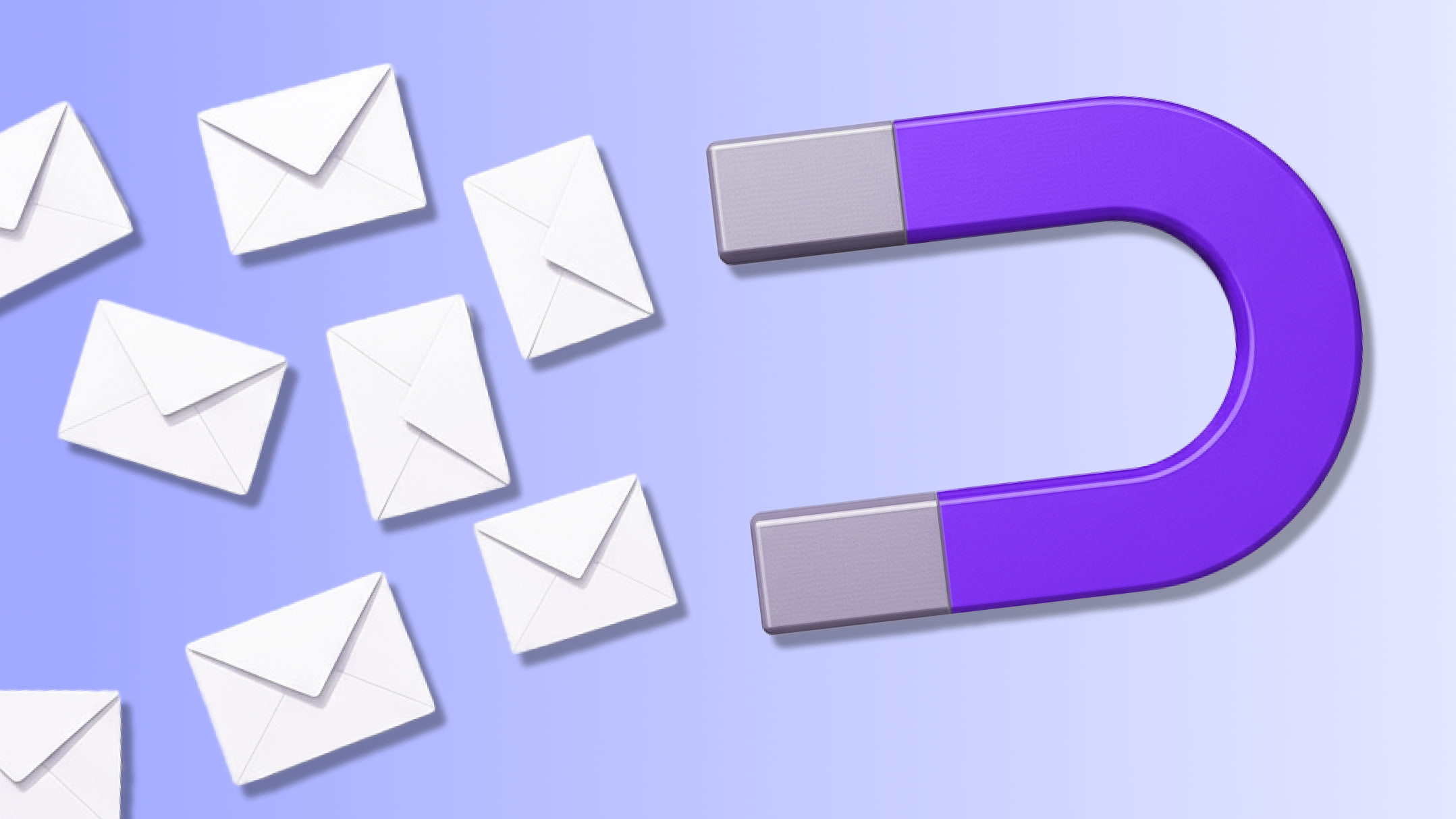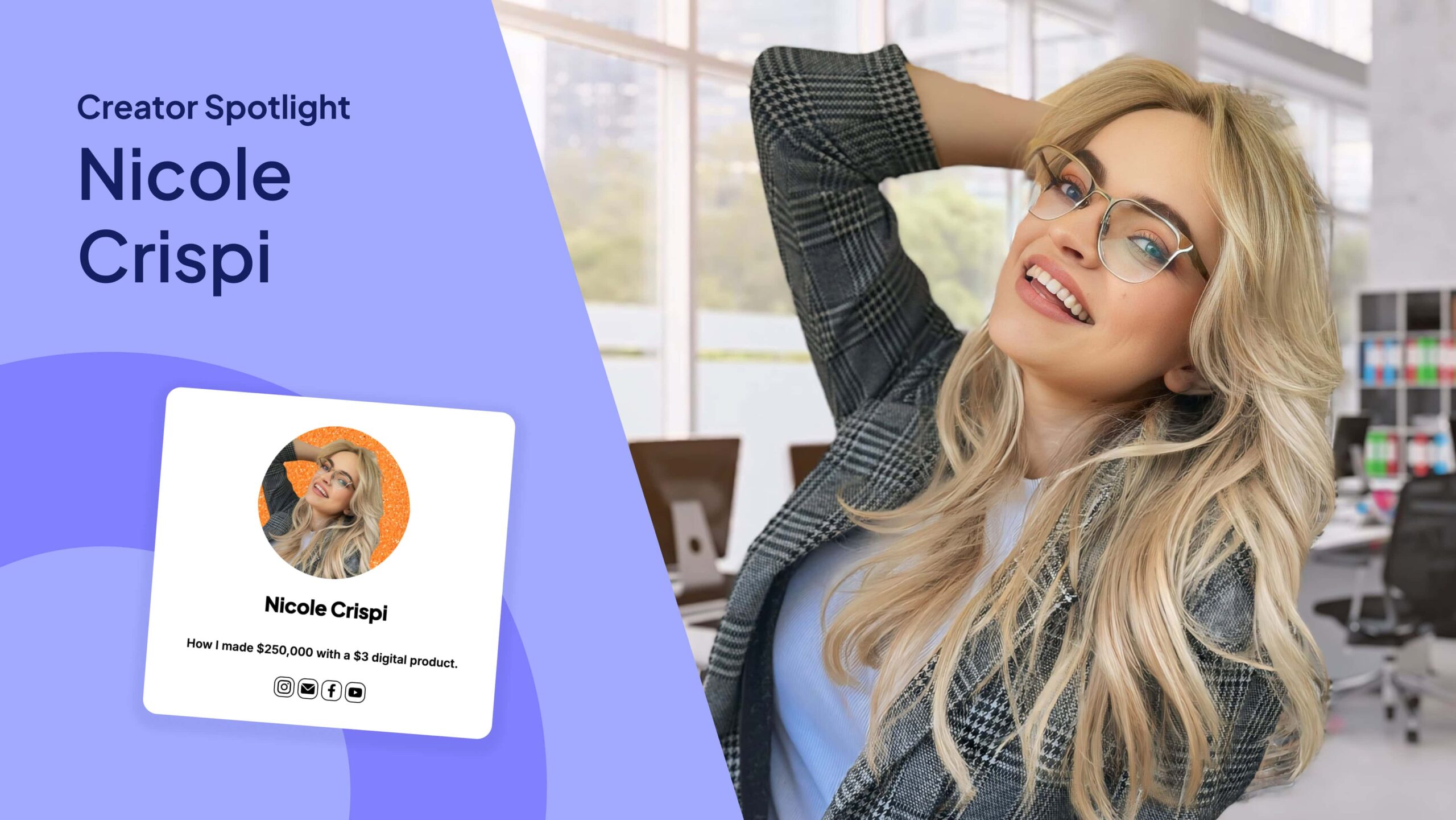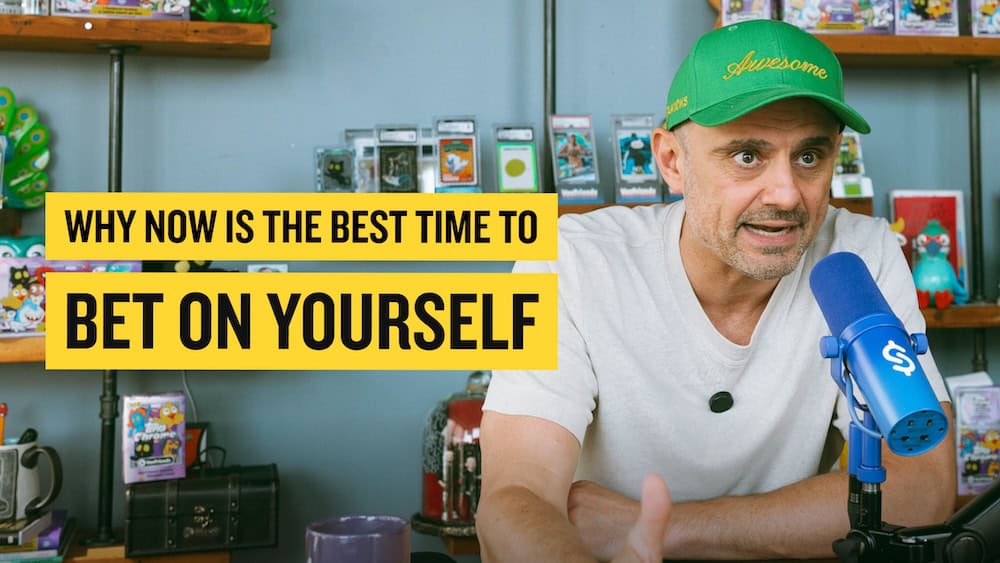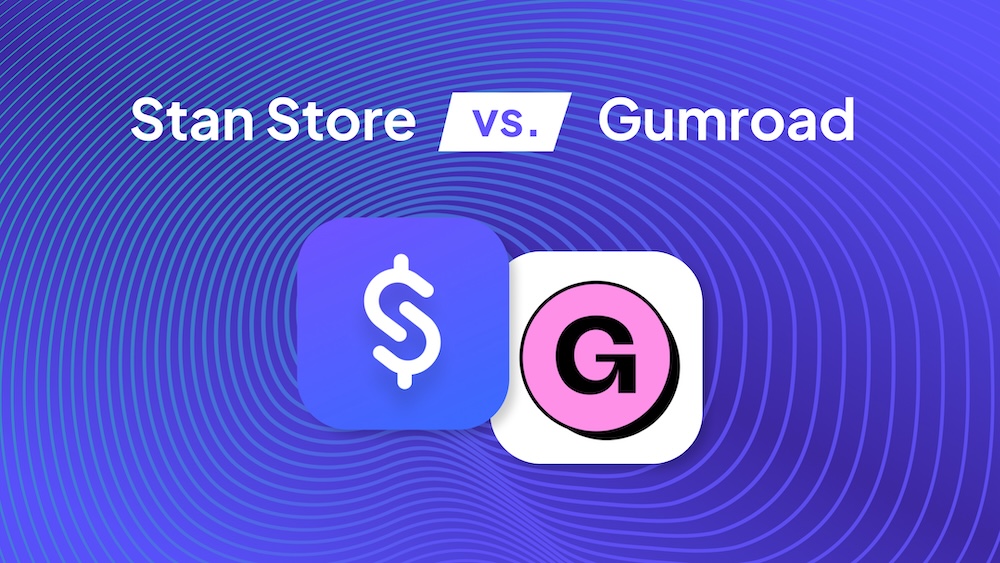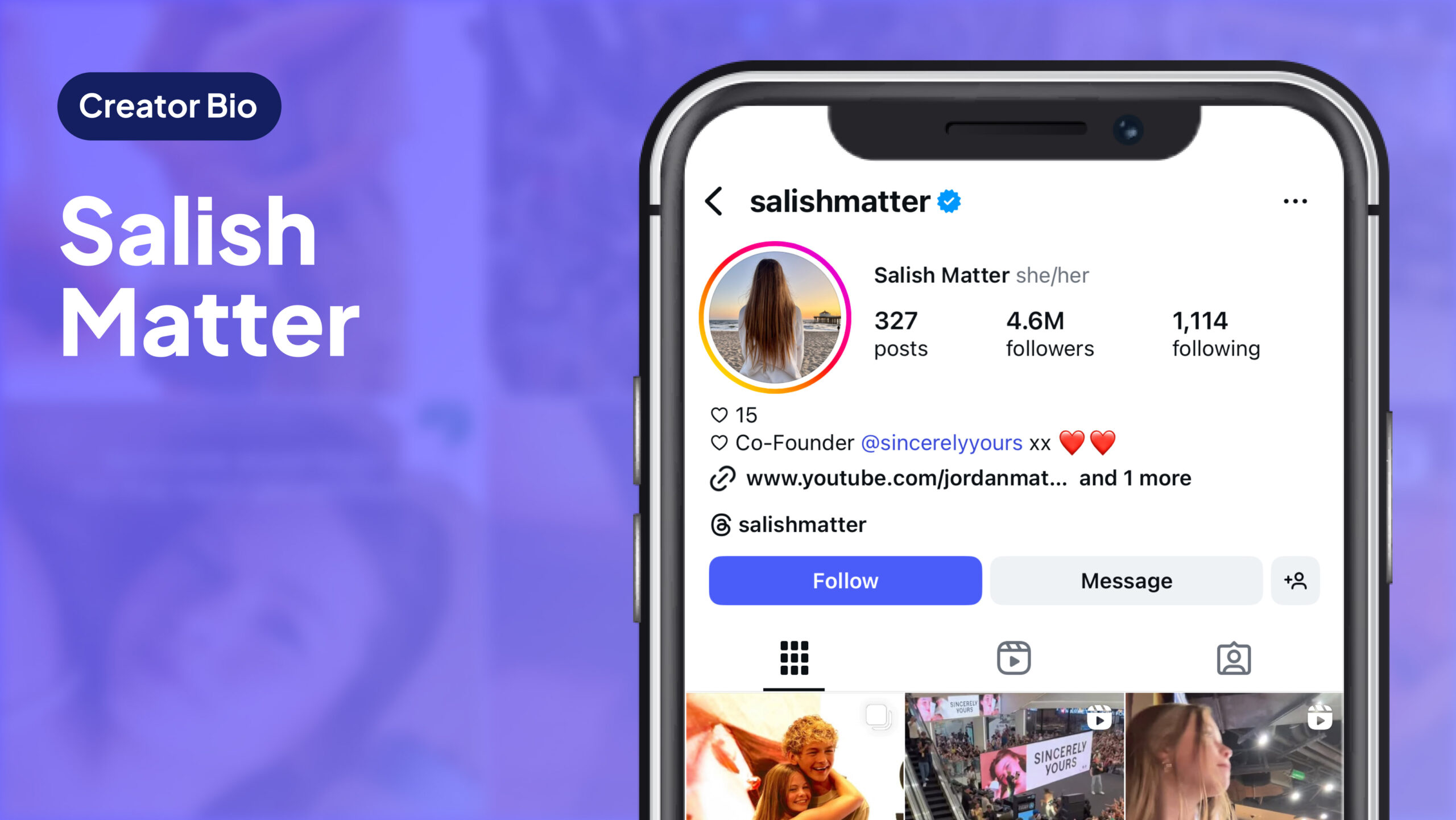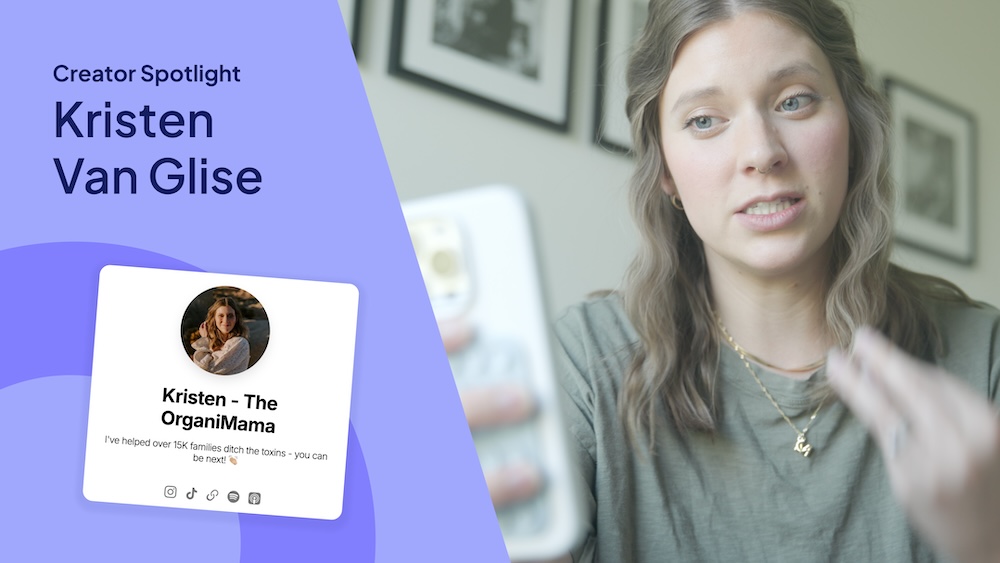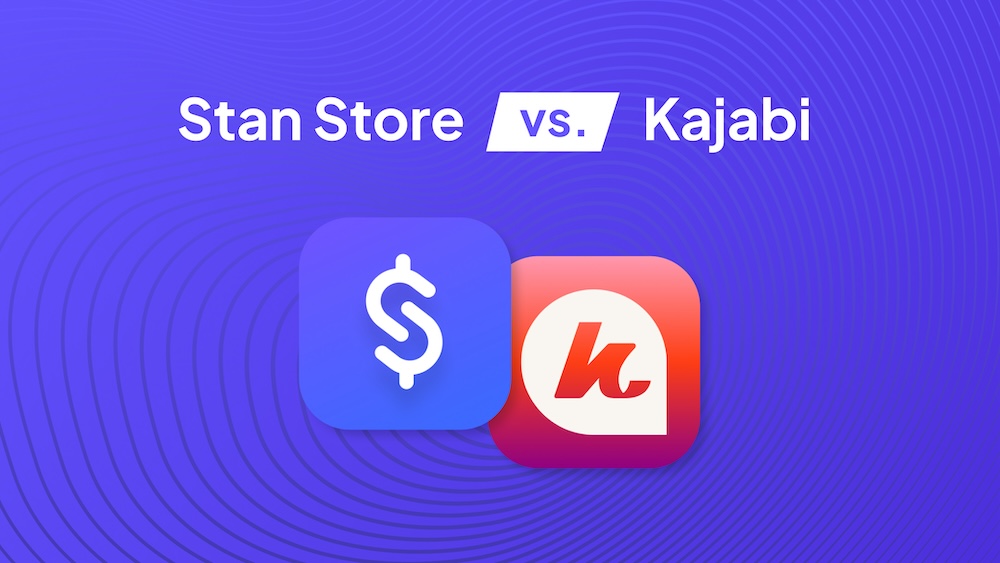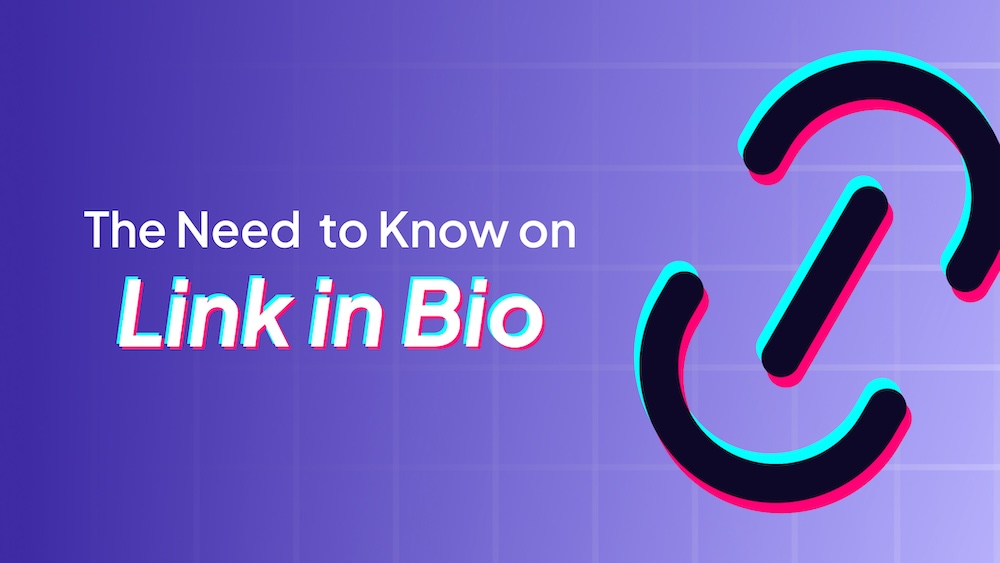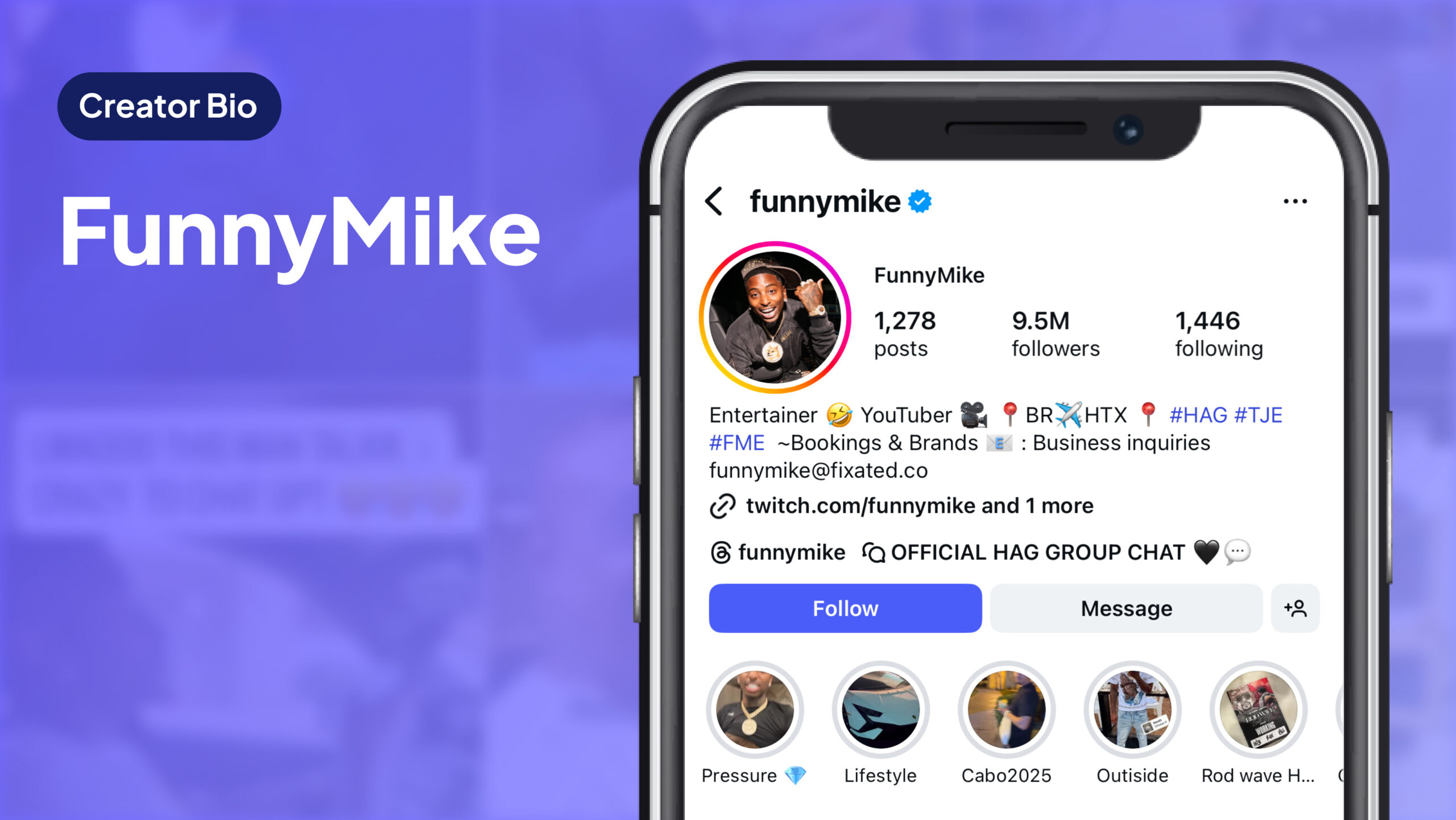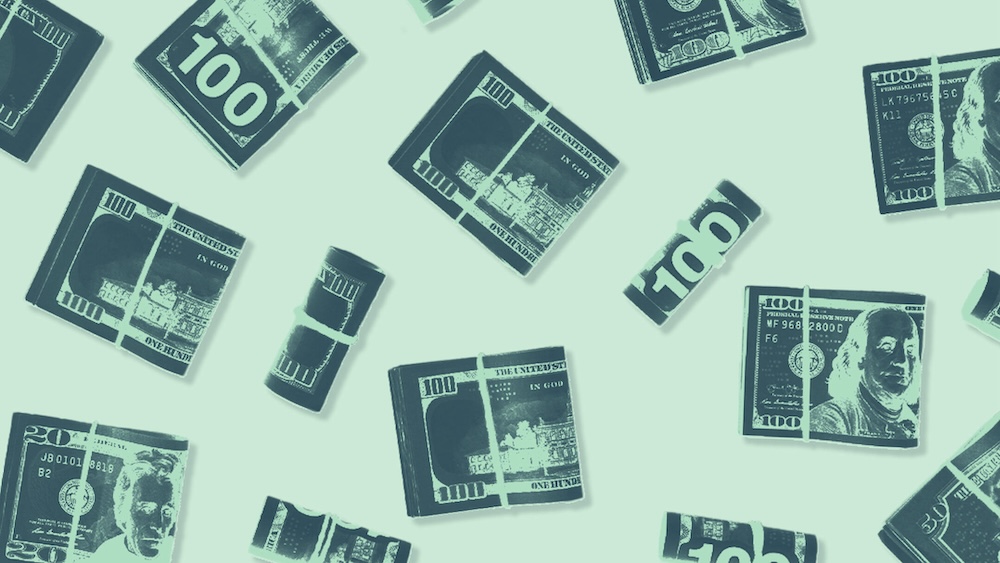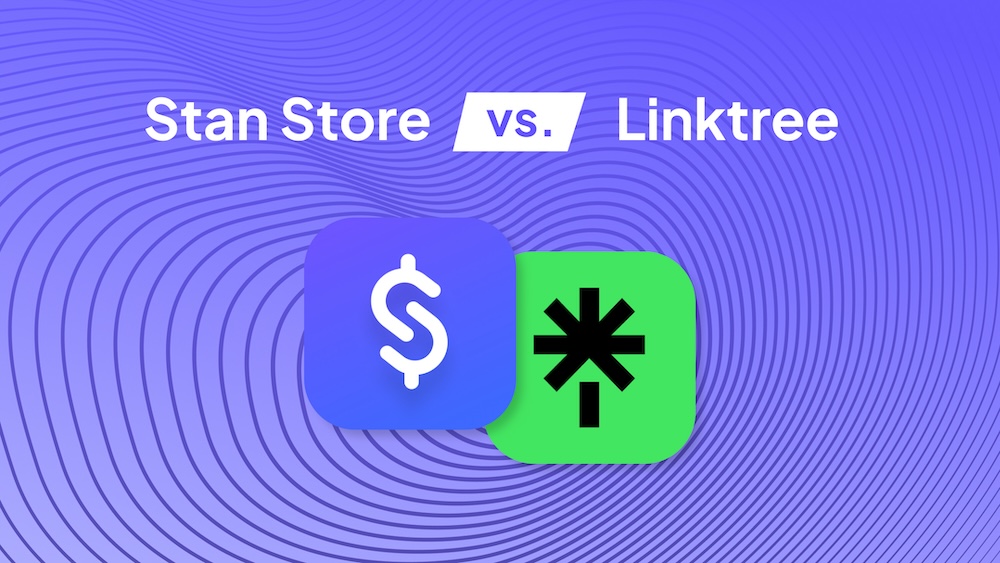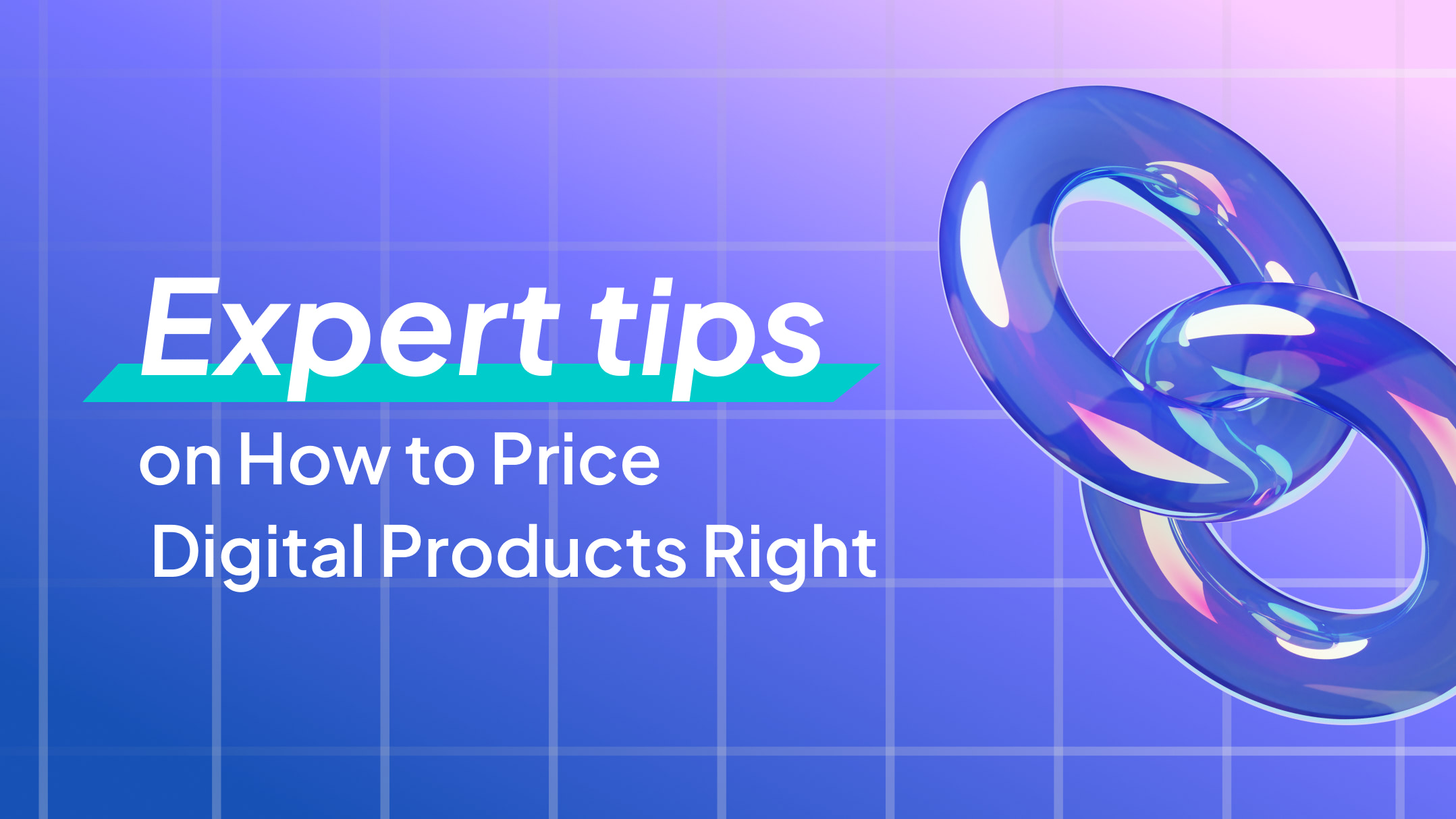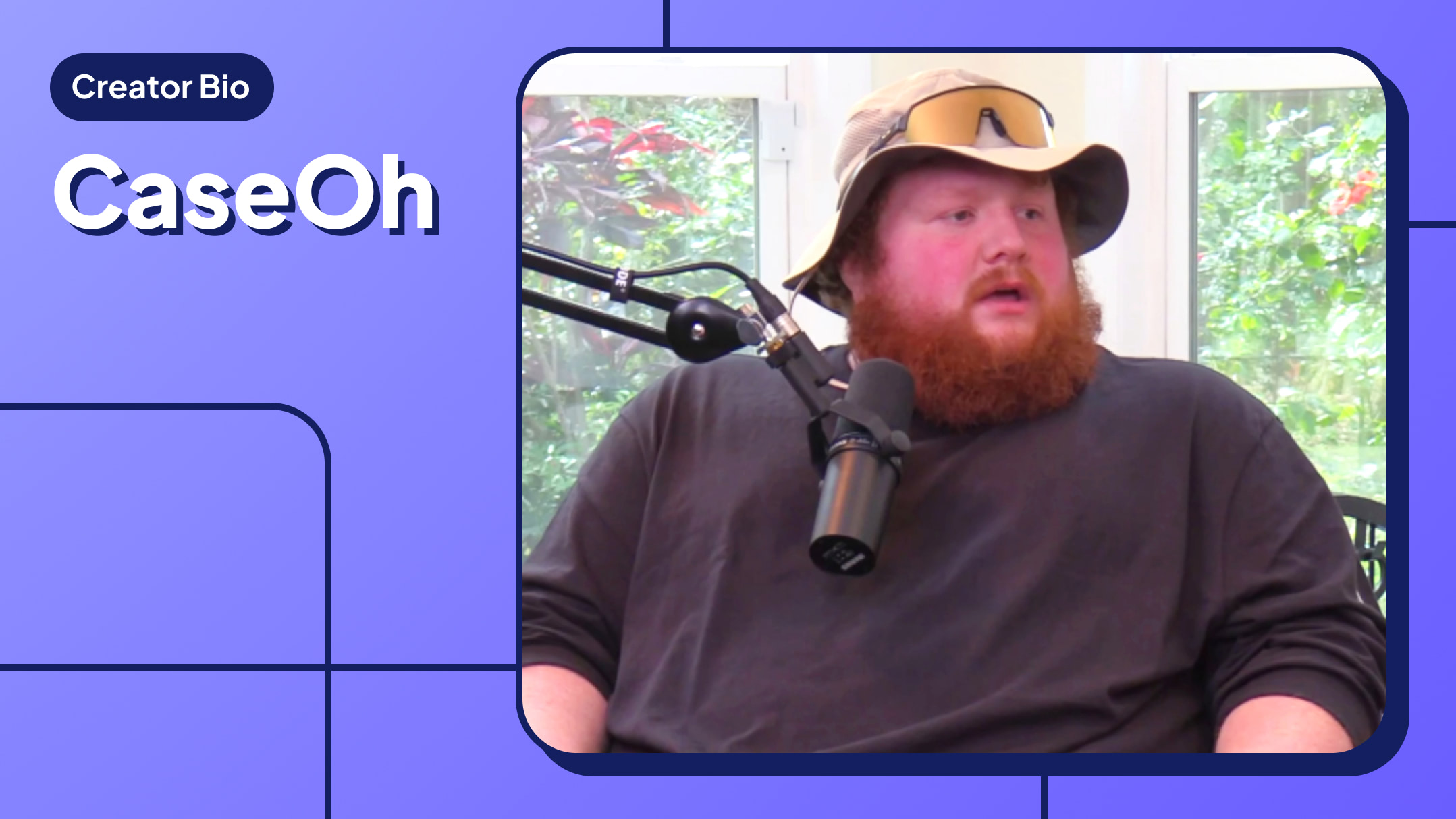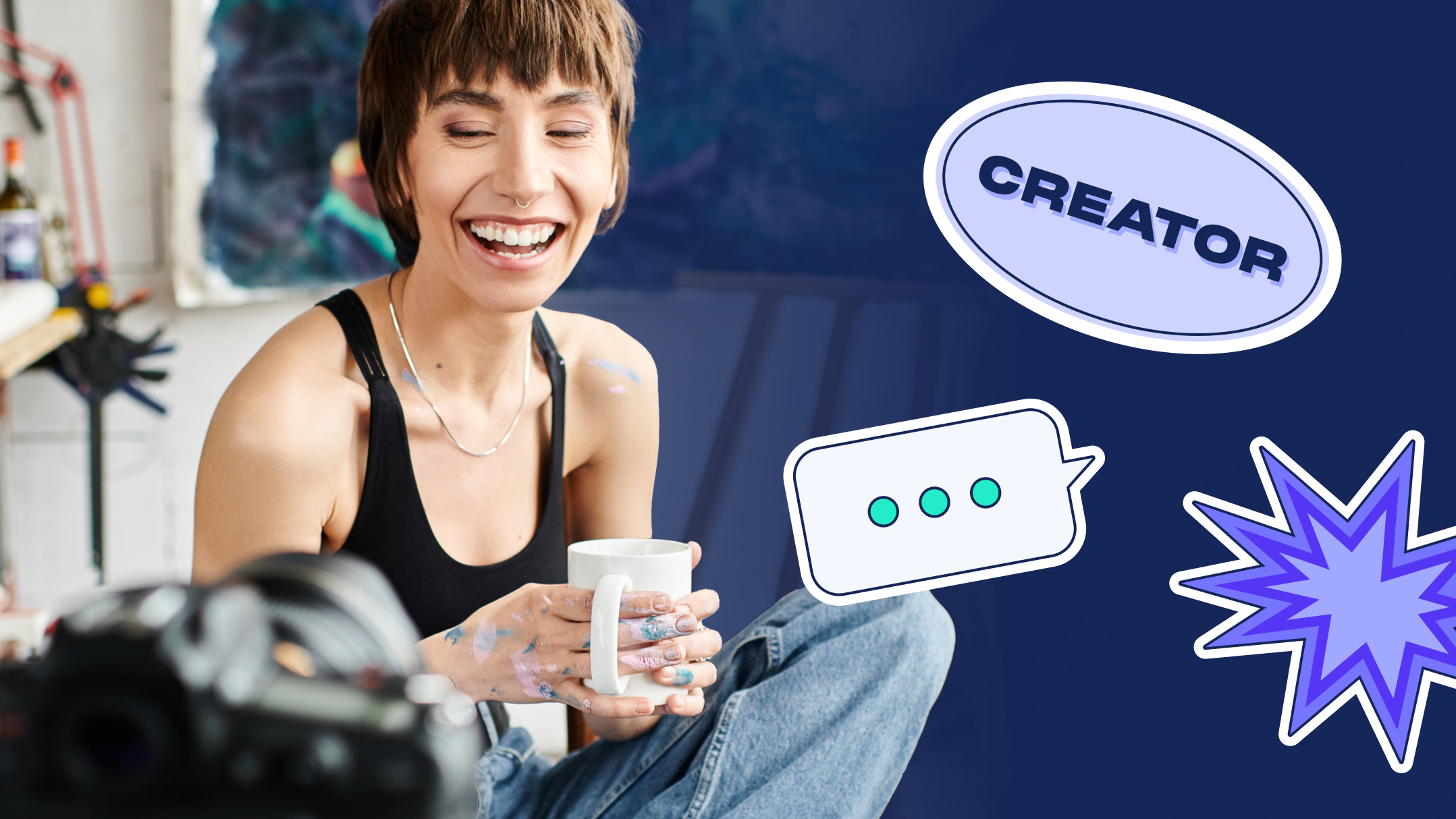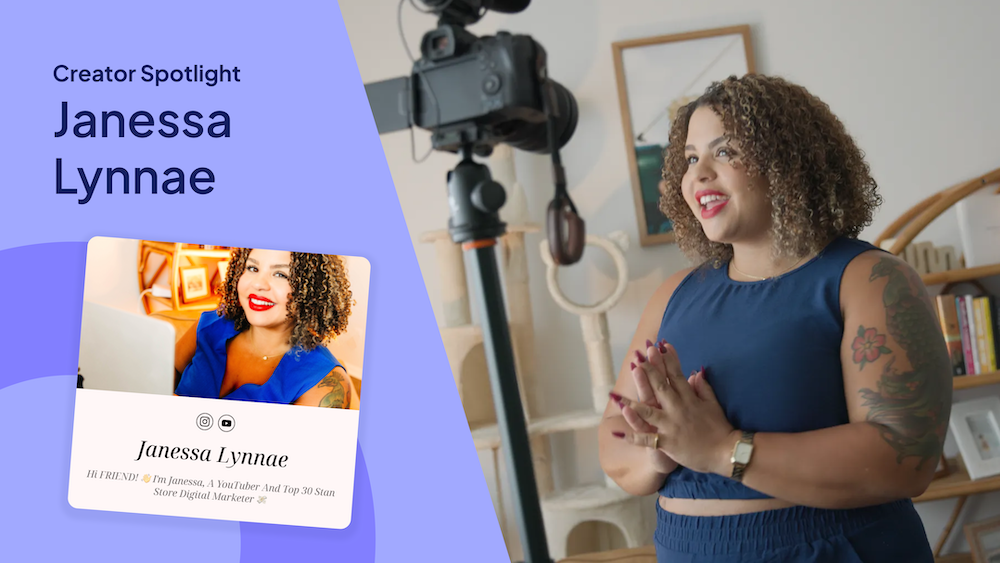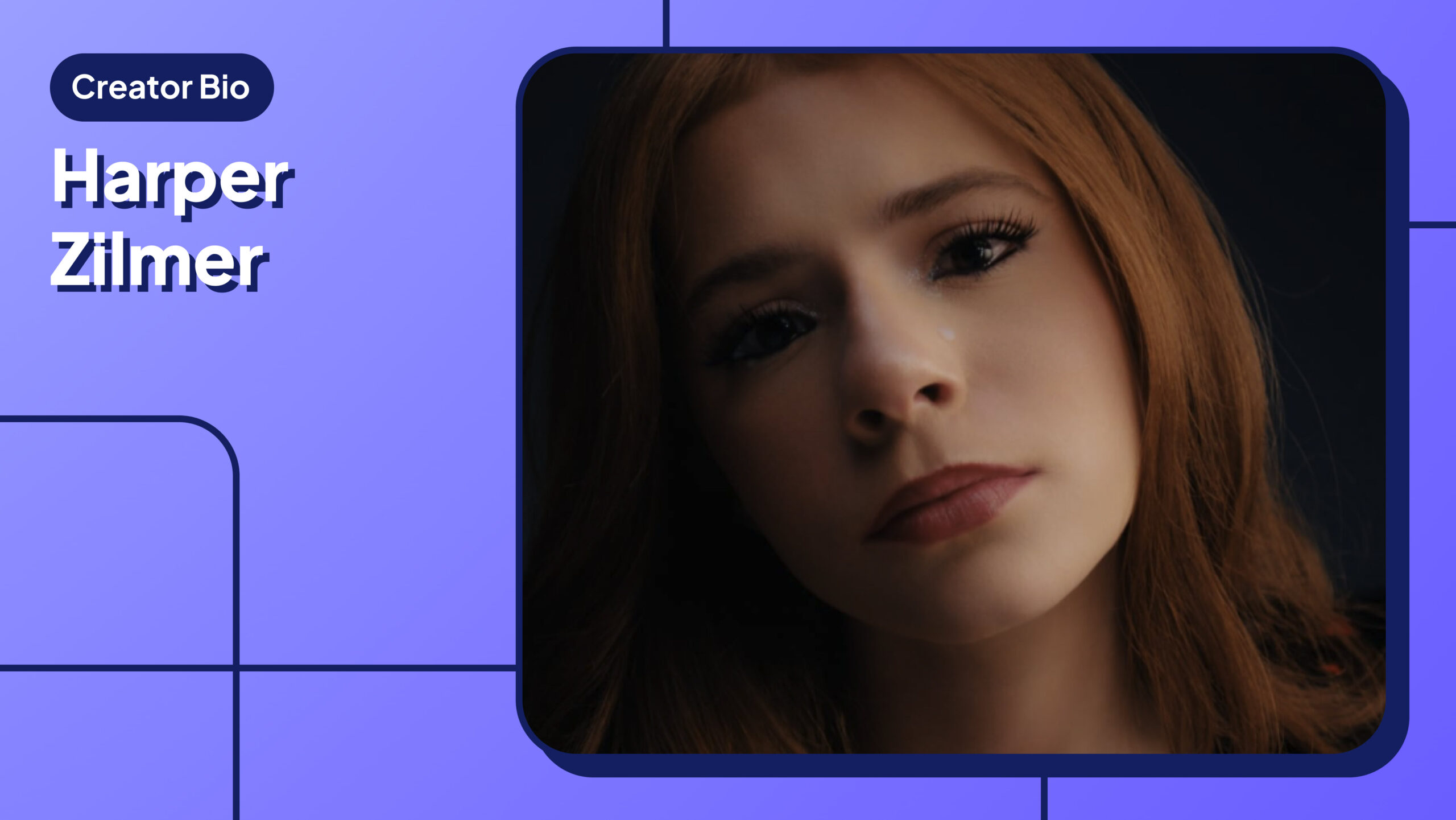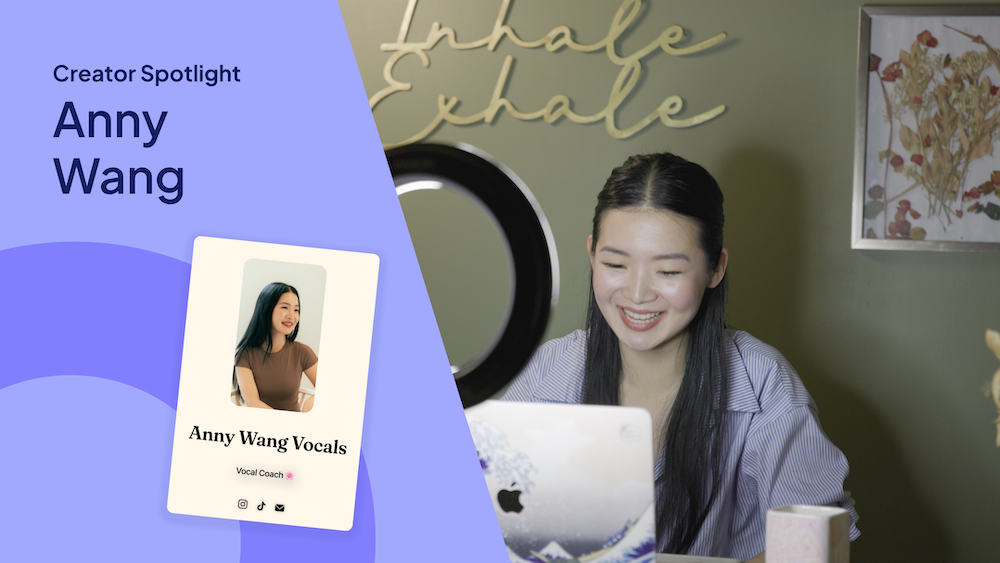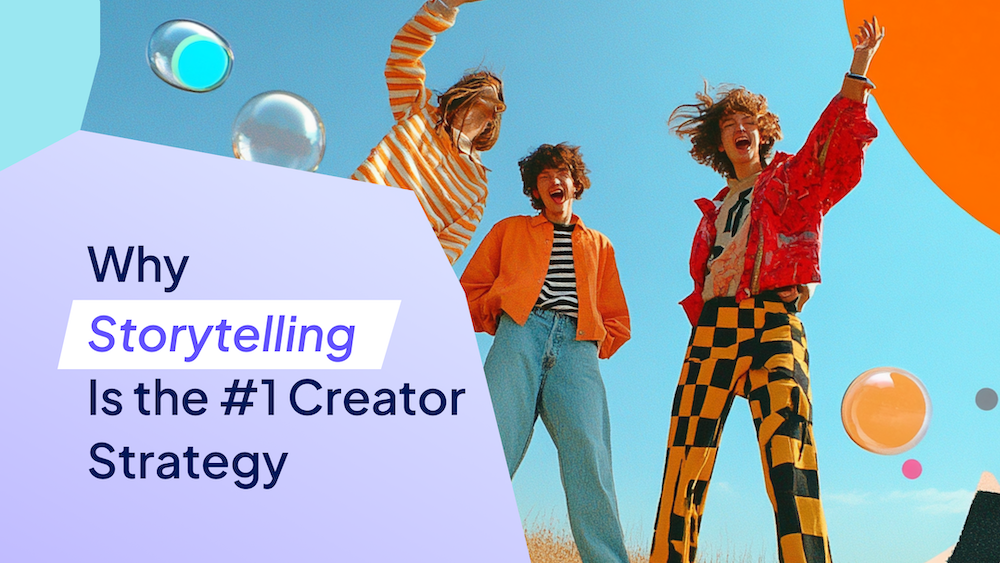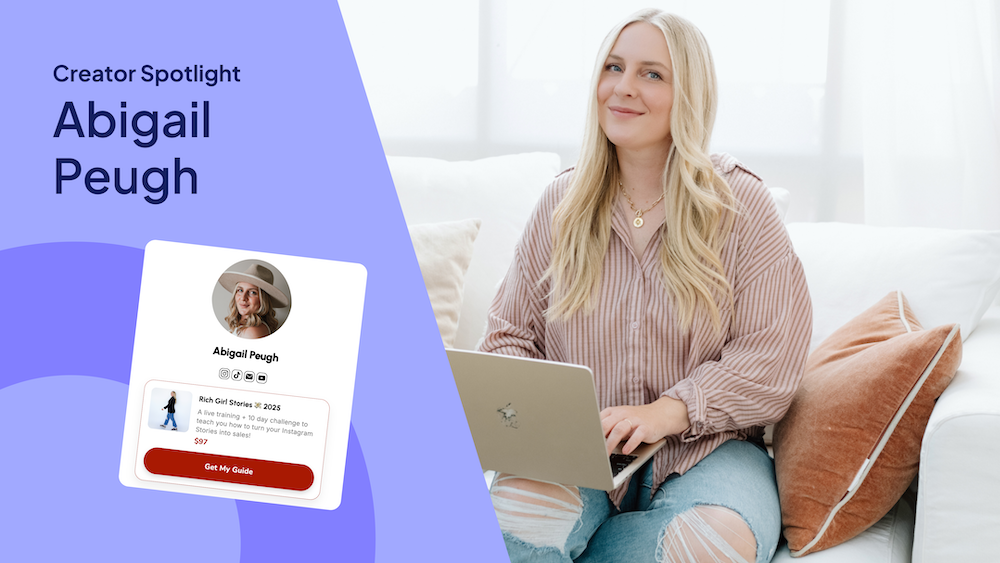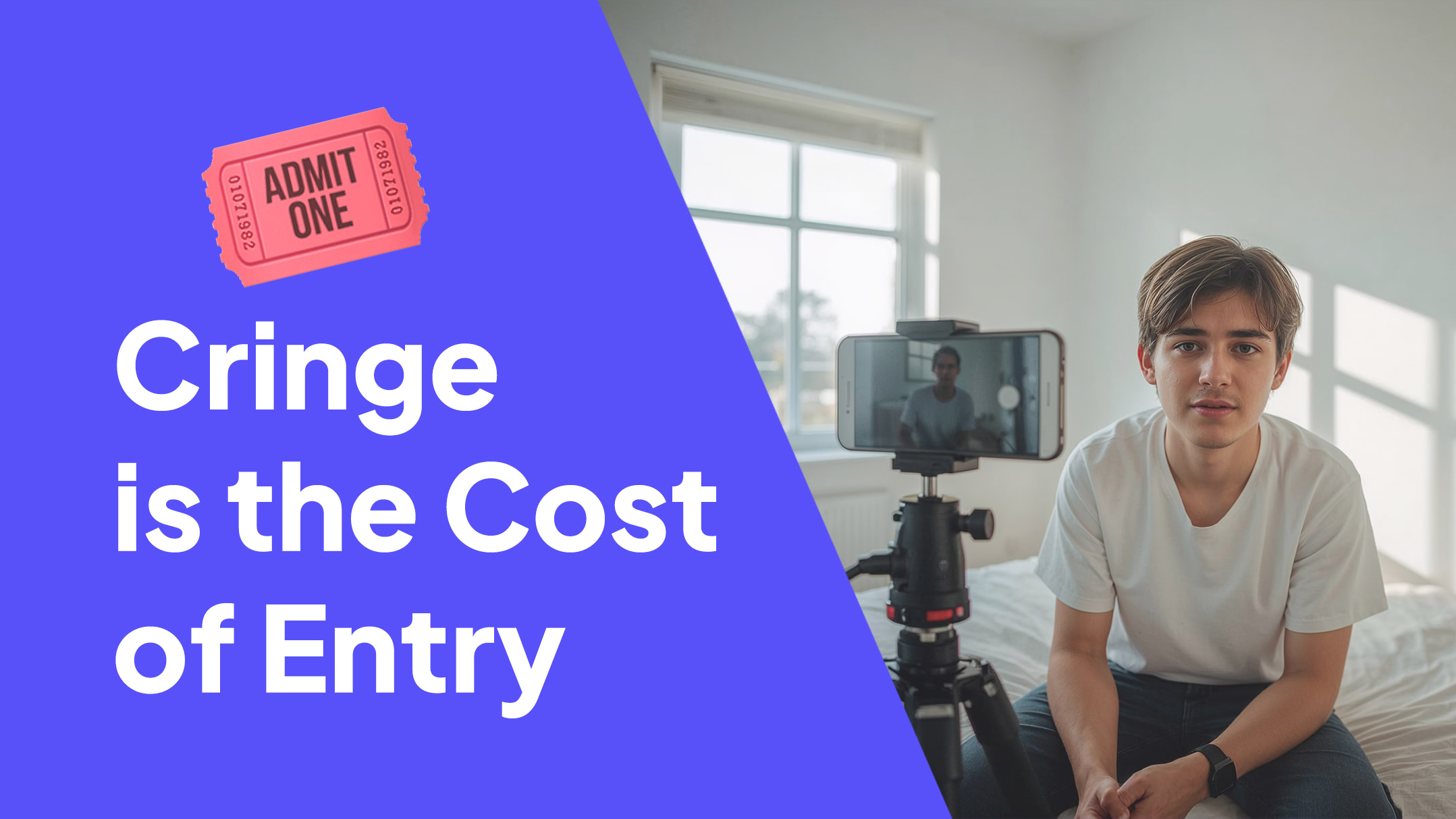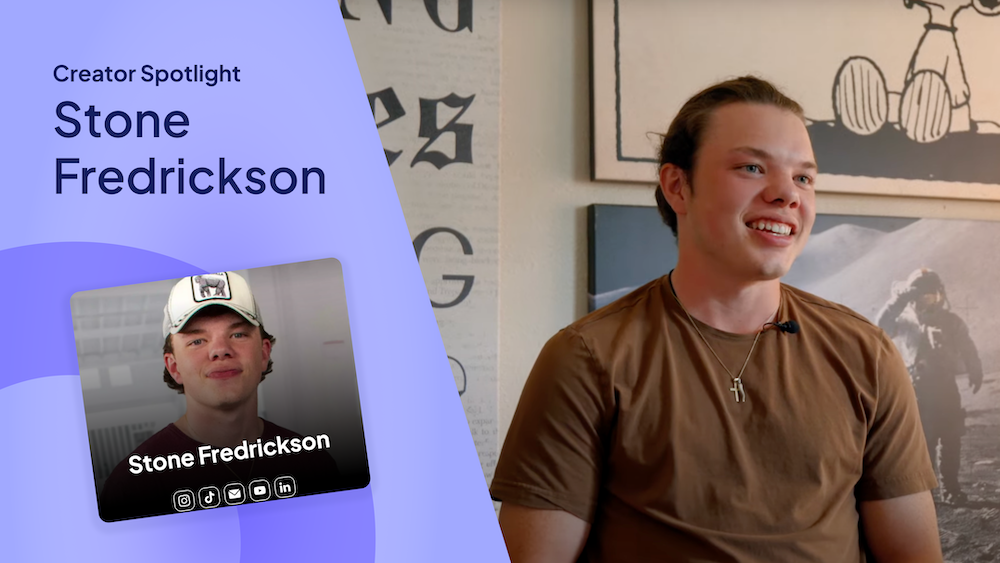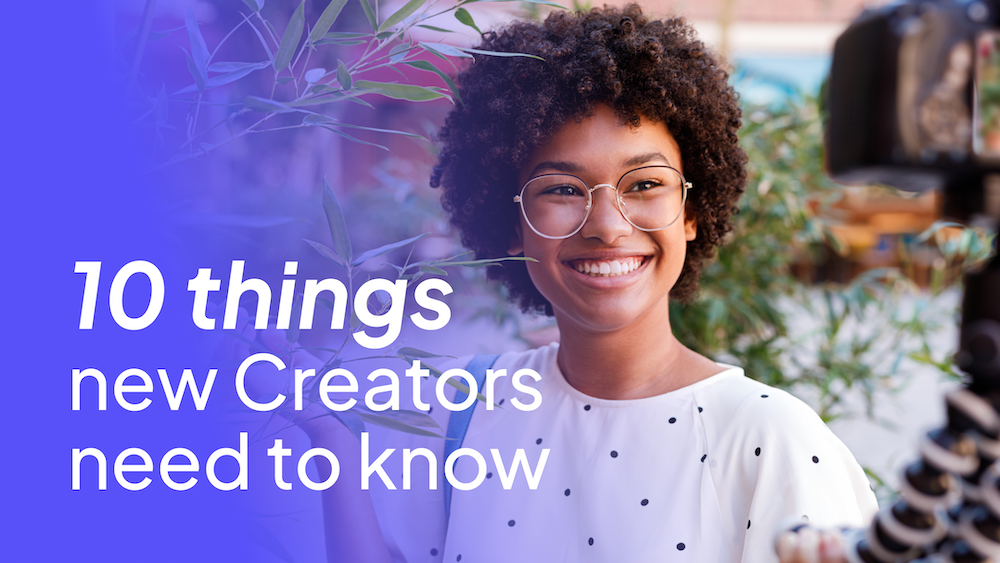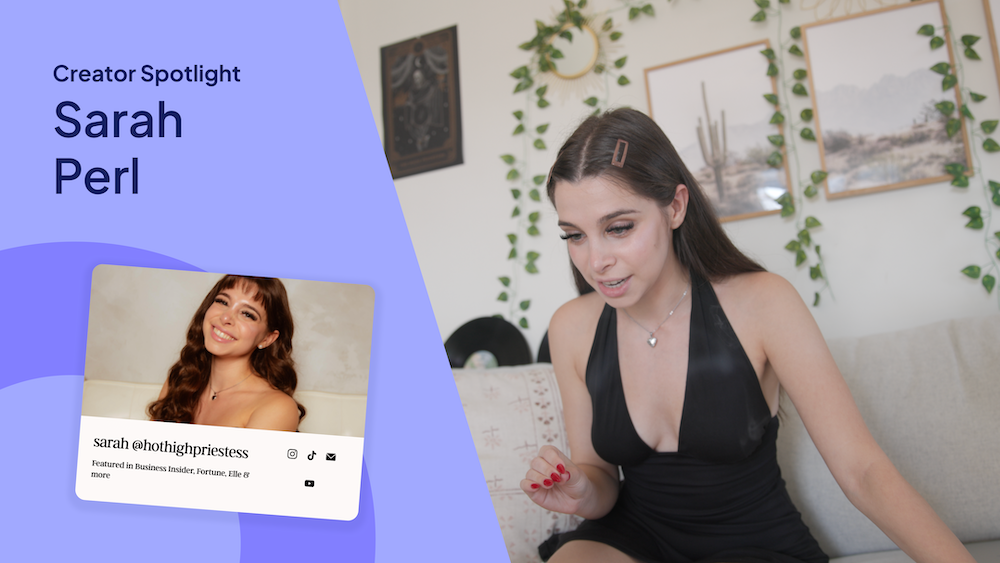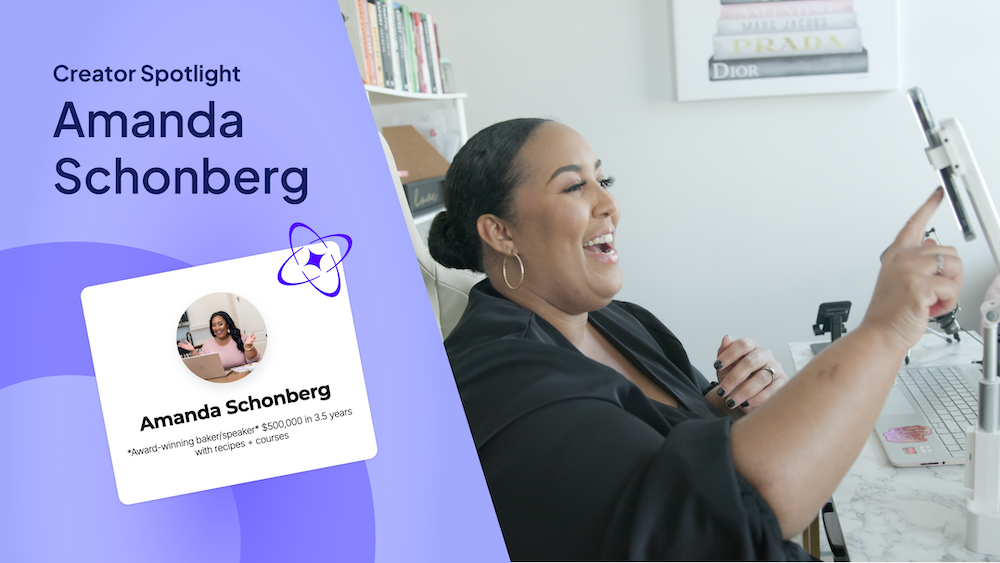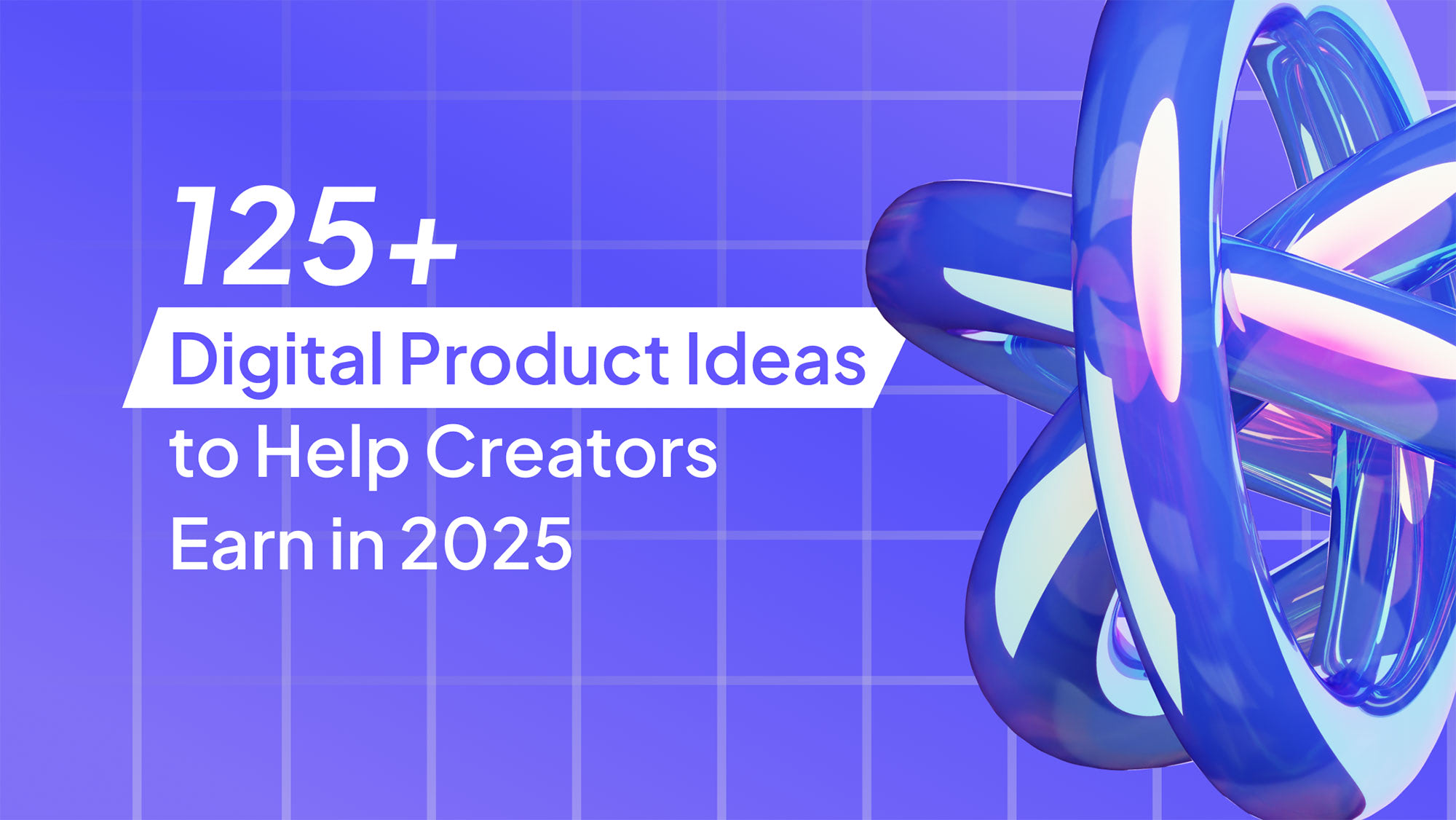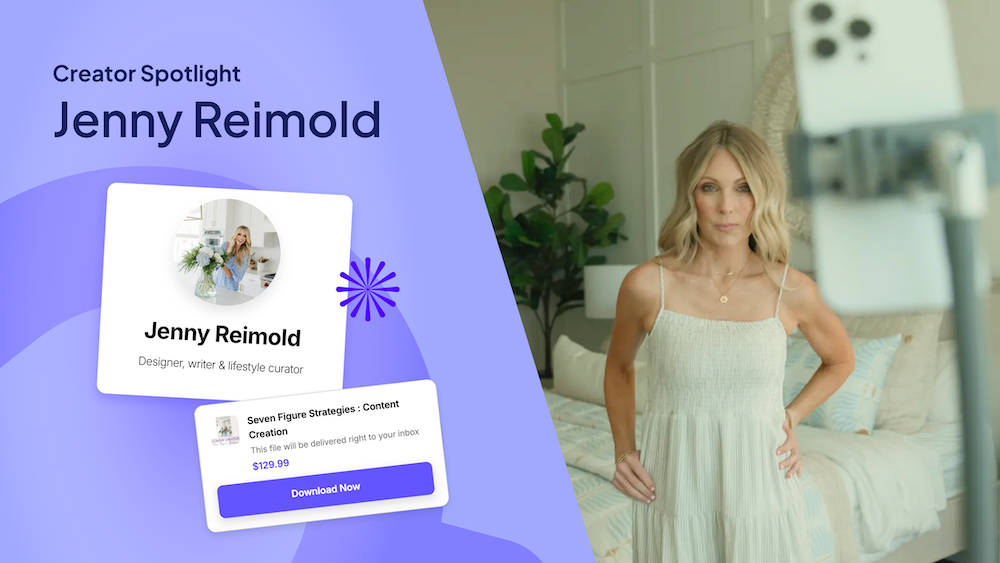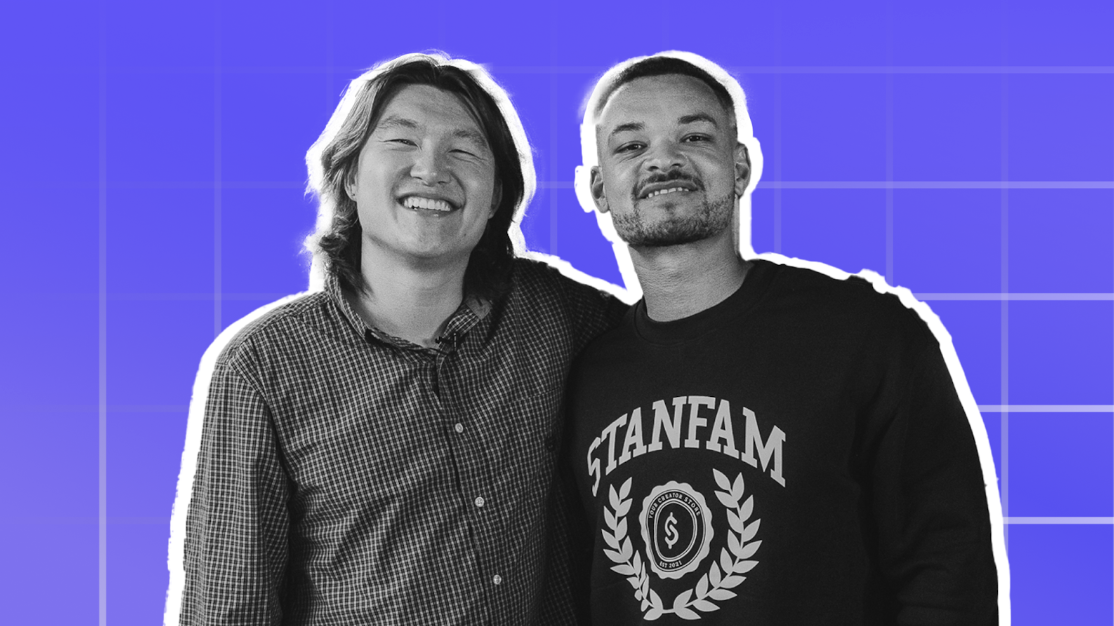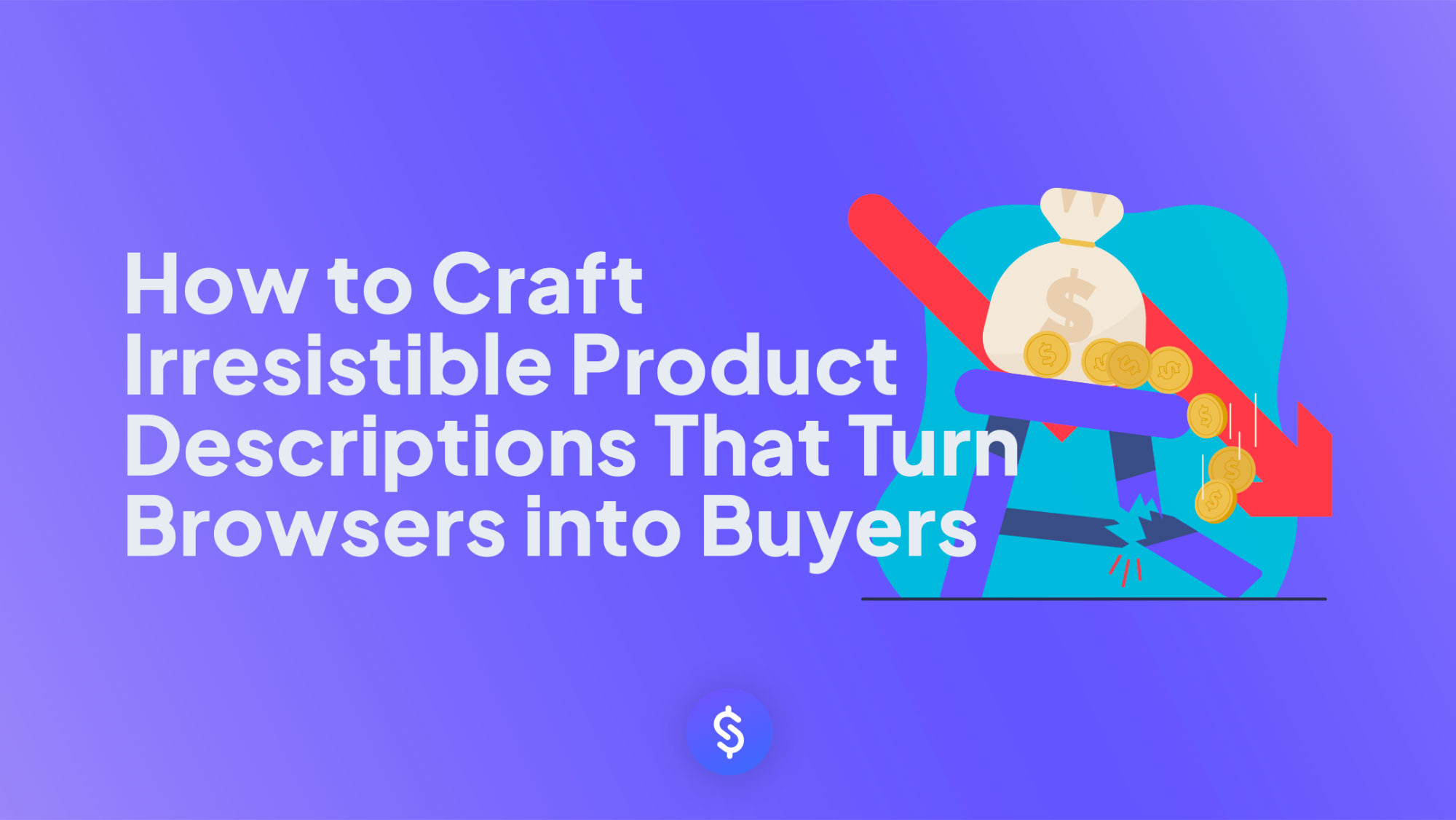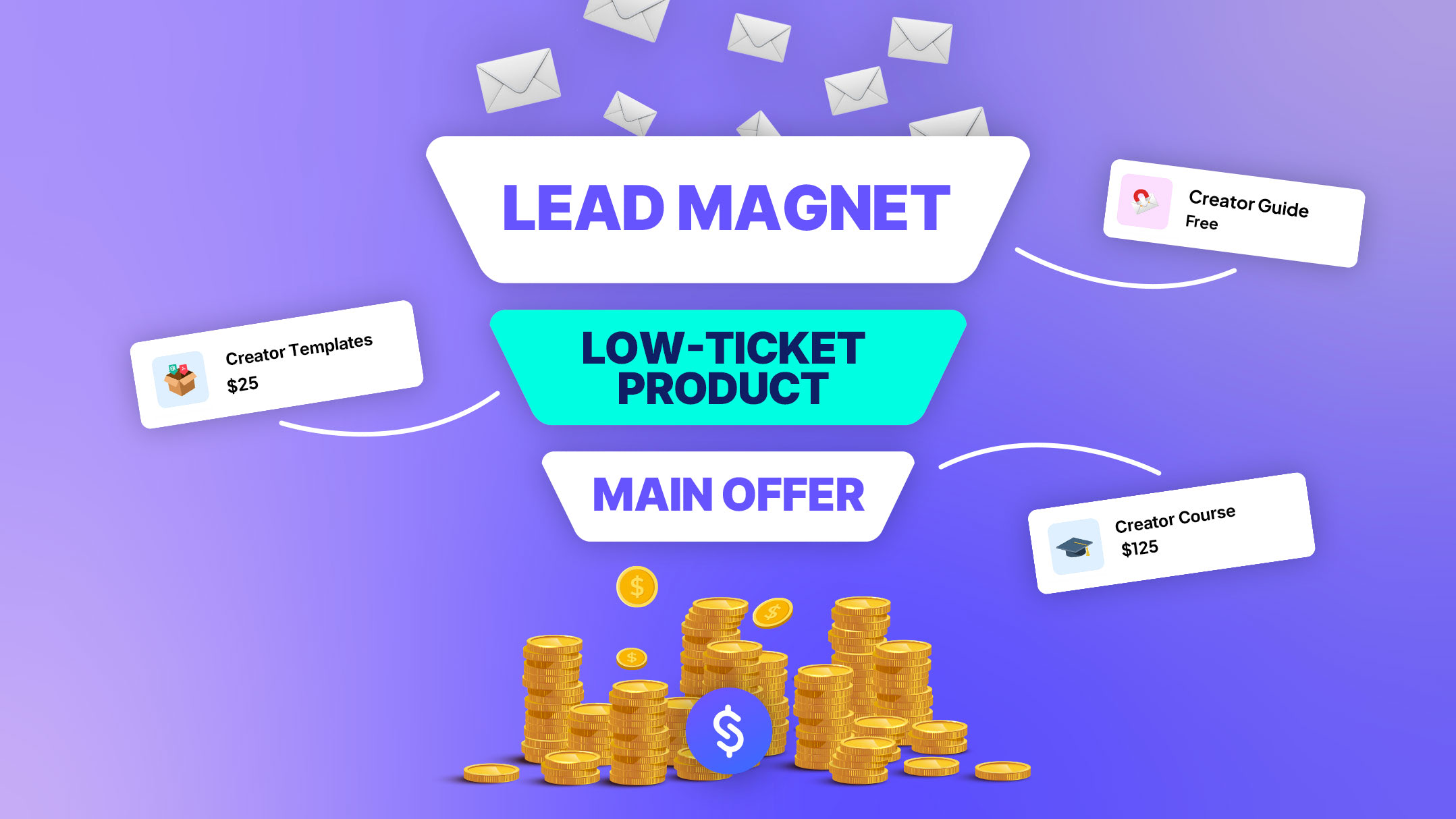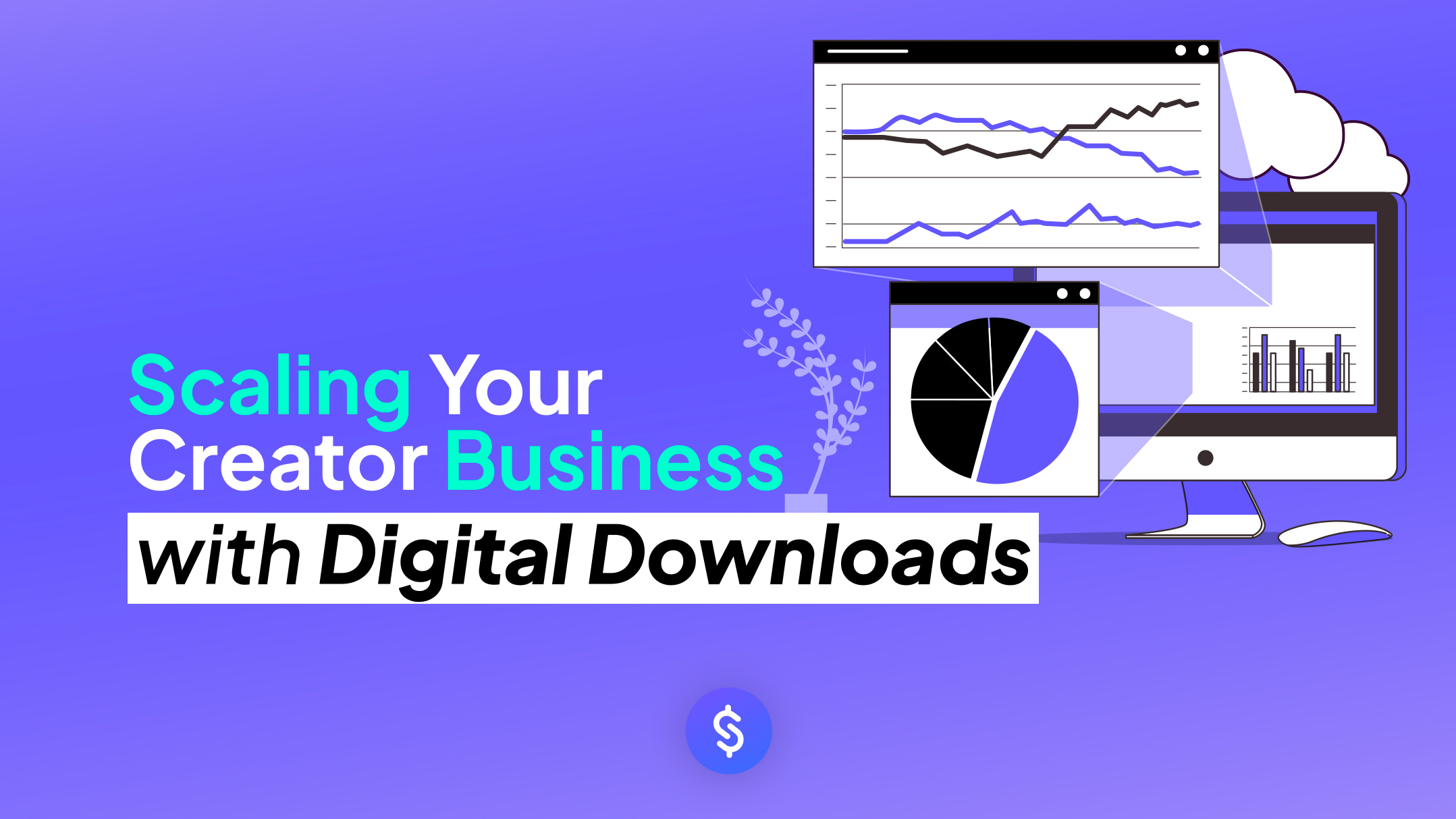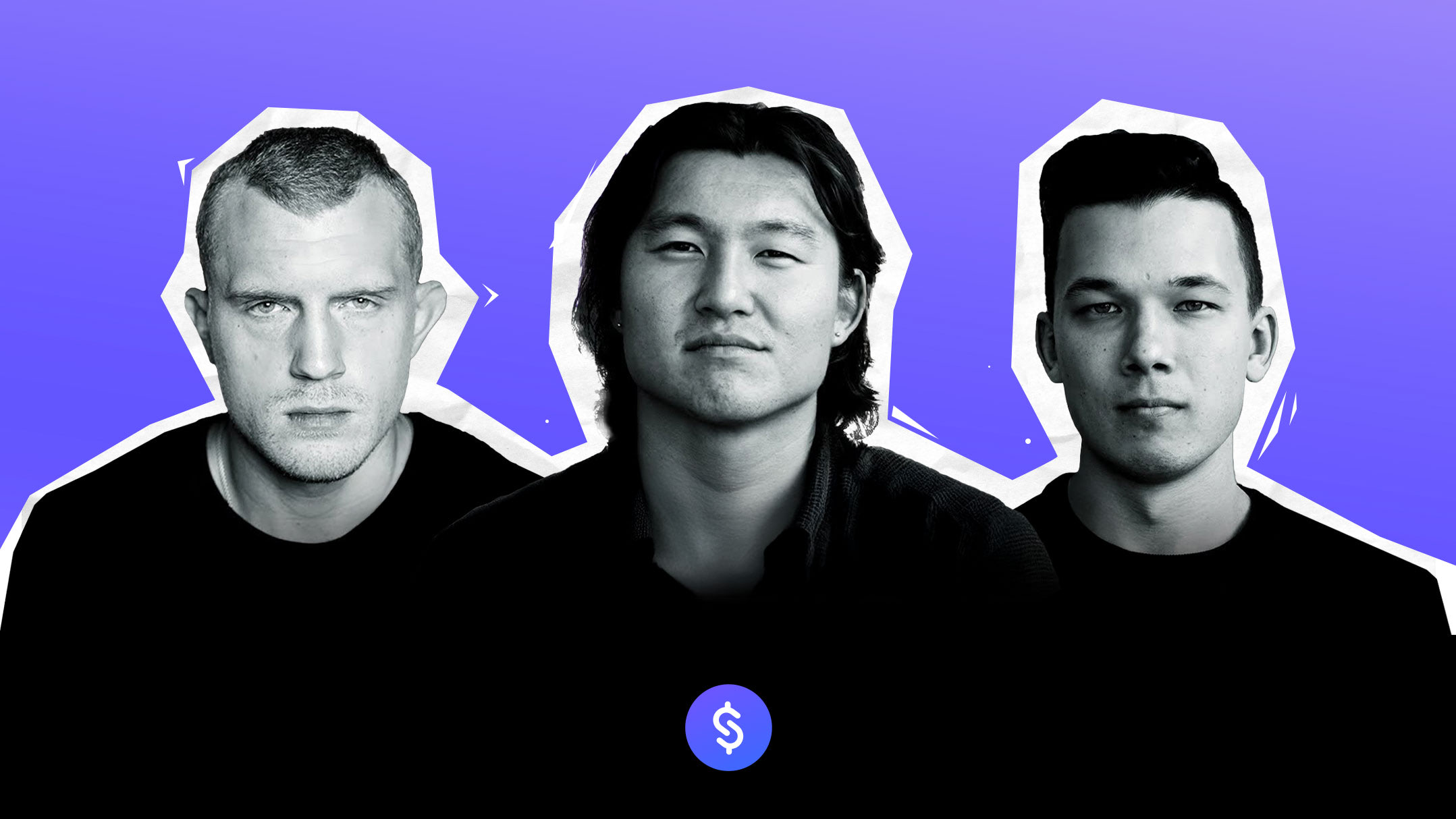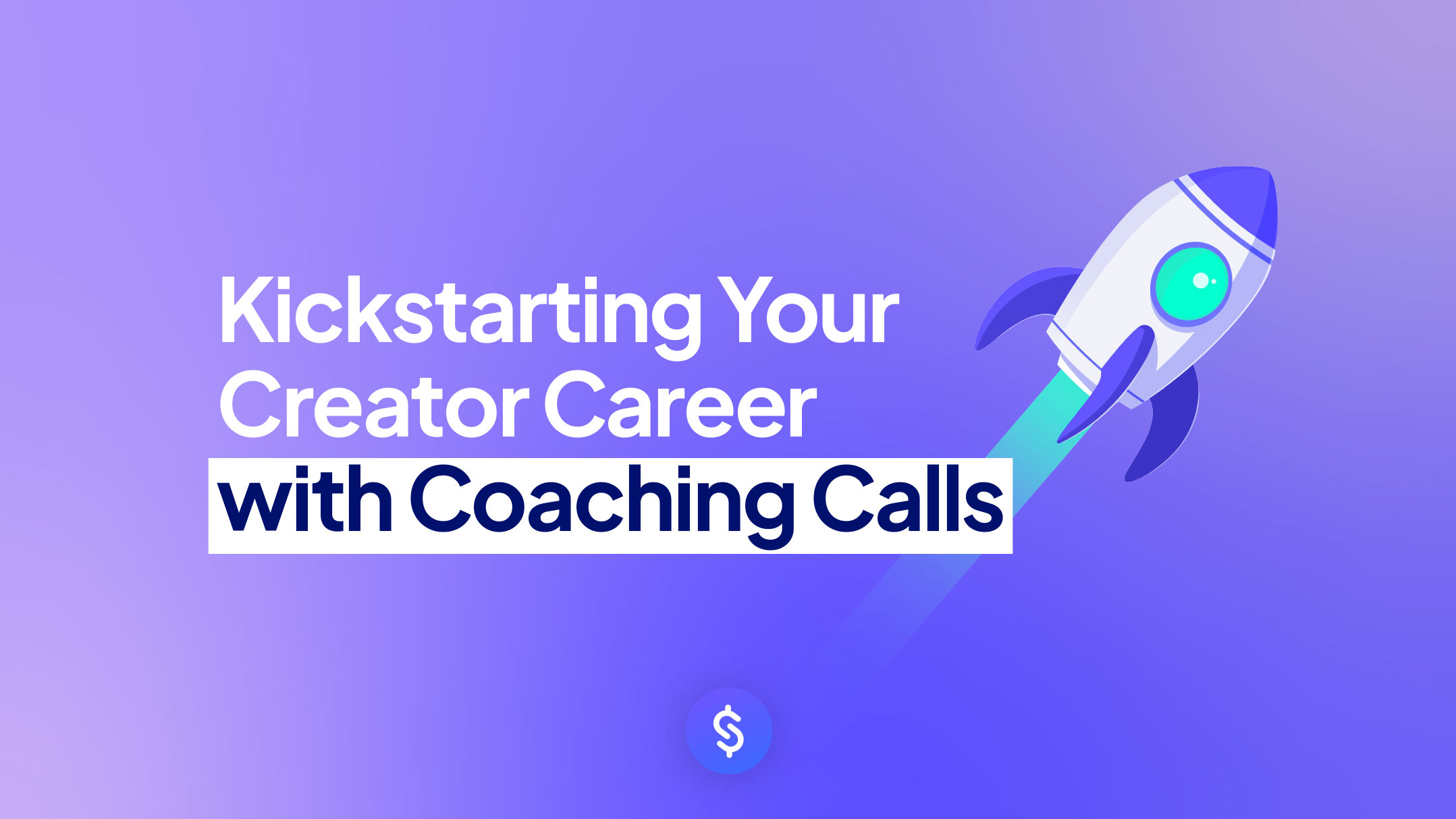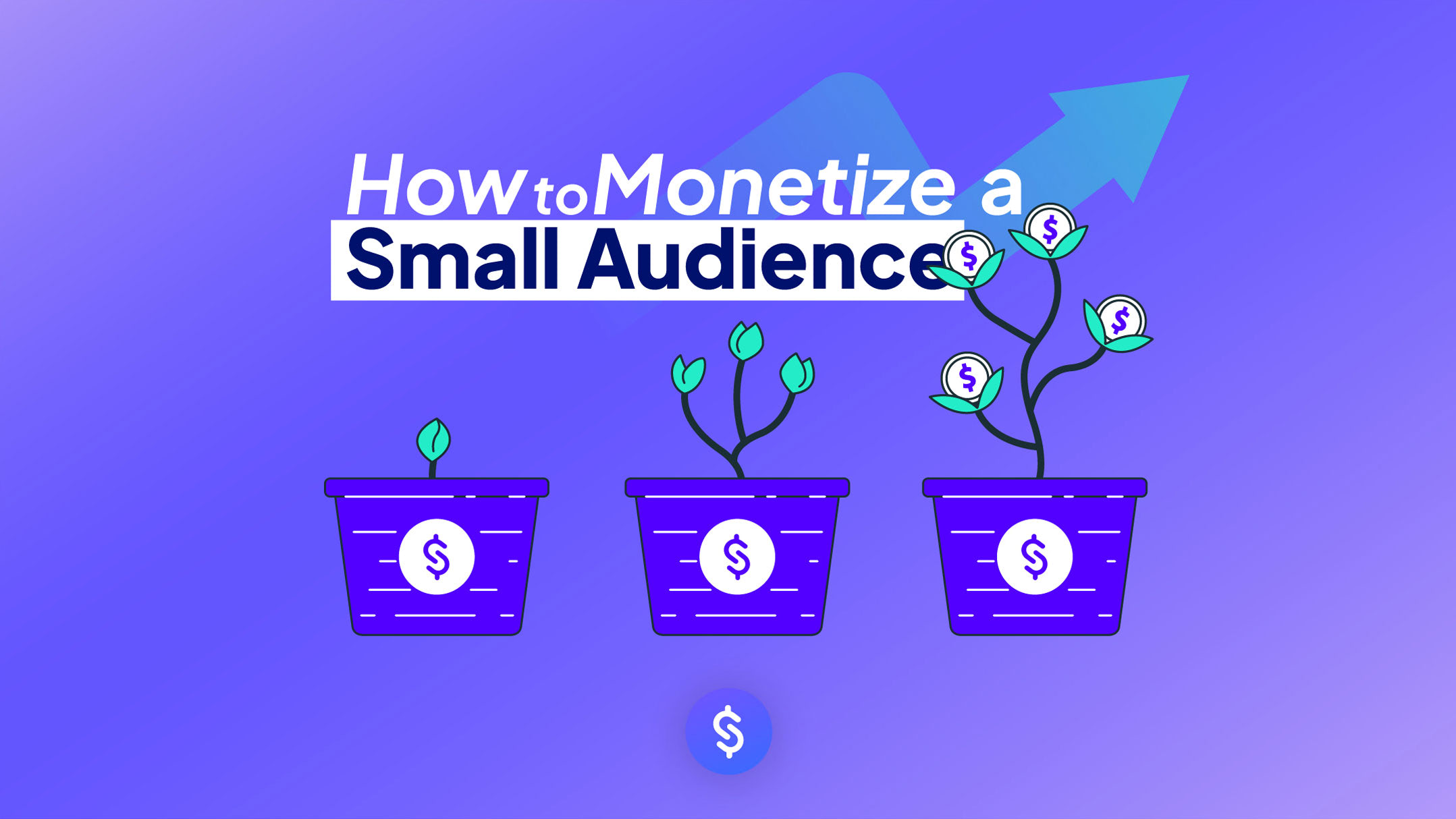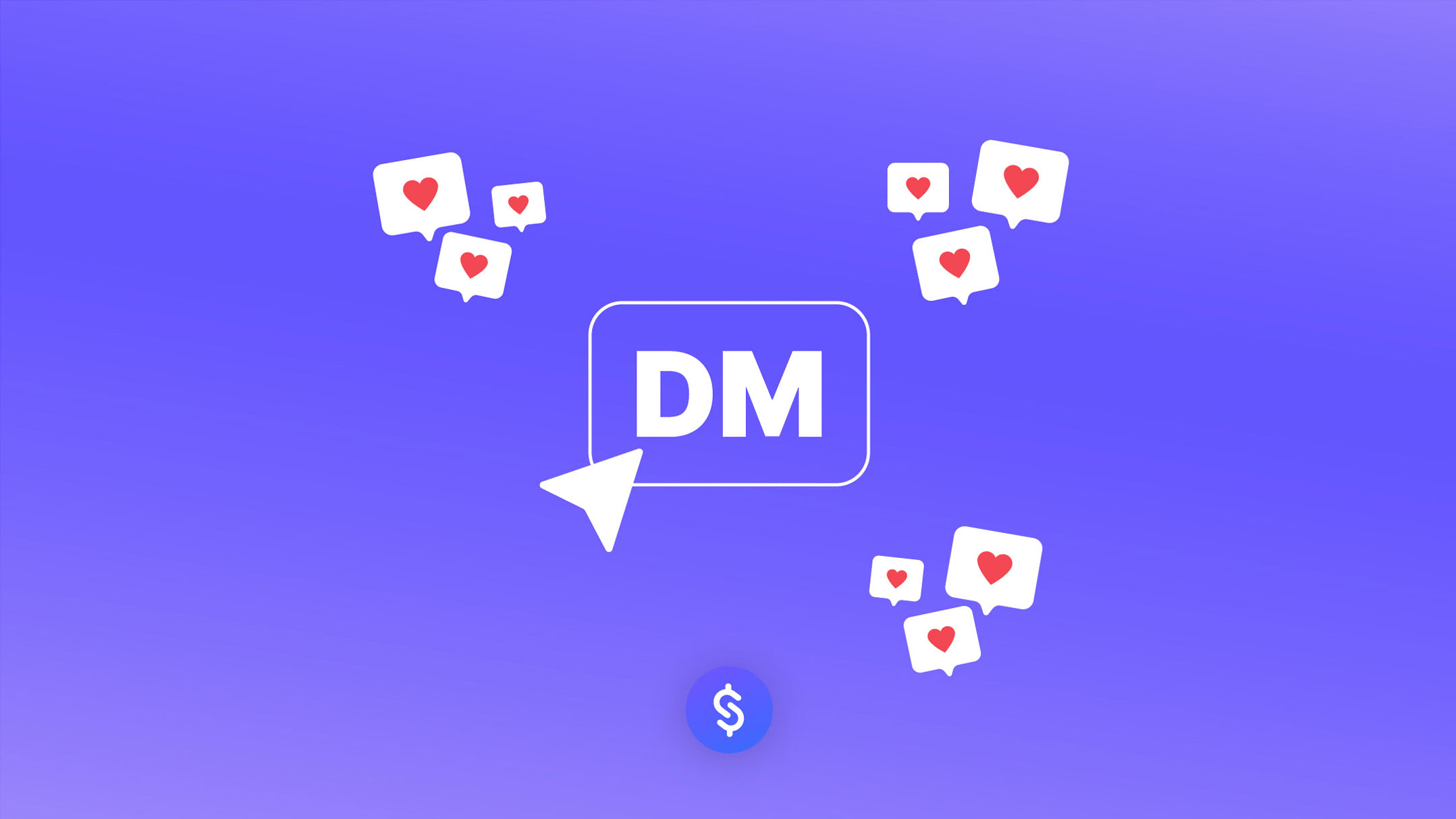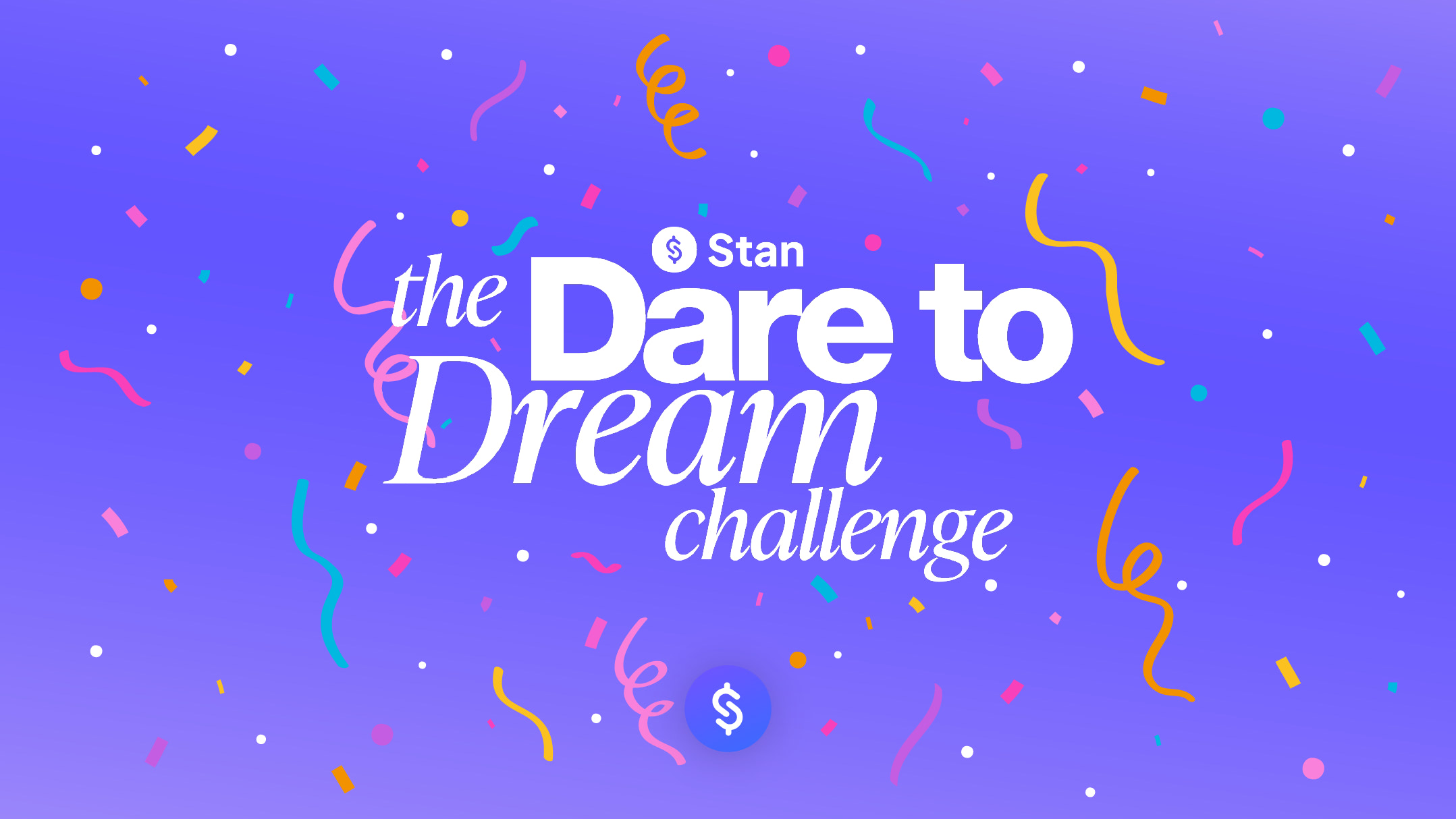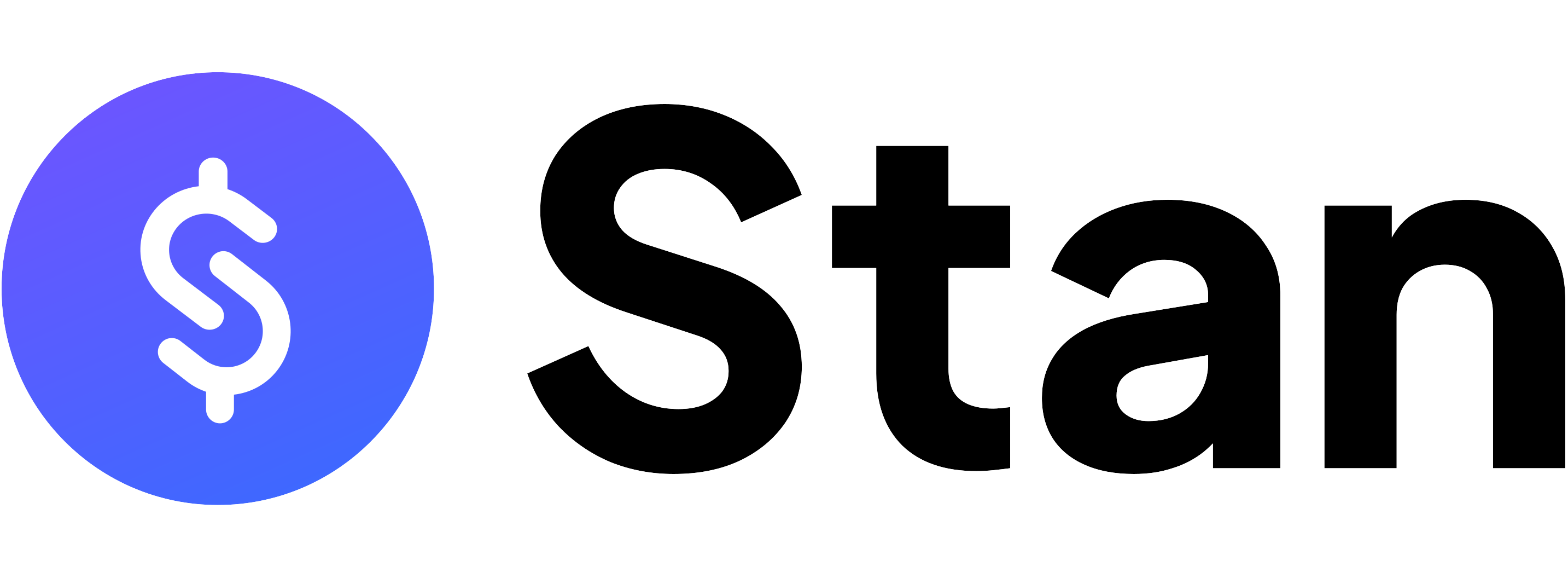TL;DR: A brand deal is when a company pays you to promote its product to your audience, and it’s one of the fastest ways to start earning as a creator. This guide covers everything you need to know—from understanding how brand deals work and making your profile brand-ready, to finding opportunities, pitching brands confidently, setting fair rates, and delivering results that lead to long-term partnerships. Whether you’re a small creator or growing fast, you’ll learn how to position yourself for paid collaborations, communicate your value clearly, and turn one deal into consistent creator income.
You’ve been posting, growing your audience, and doing everything right, yet you still haven’t made real money from it.
You’re not alone. Many creators reach this stage. They see others landing brand deals and turning their content into income while they’re left wondering where to even start.
Landing your first brand deal is one of the most tangible milestones in creator monetization. It’s the moment your content starts working for you, when what you’ve built begins to attract real opportunities instead of just likes and views.
You don’t need millions of followers or an agent to make it happen. Once you know where to find the right brands and how to present yourself with confidence, getting that first “yes” becomes much easier.
That’s why we created this guide—to show you exactly how to land your first deal and use it as the foundation for a steady, growing creator business.
Let’s get started.
Table of Contents
- What is a Brand Deal?
- Types of Brand Deals
- Why Brands Pay Creators Like You
- How to Make Your Profile Scream “Brand-Ready”
- Where to Find Brand Deals (Without Waiting to Get Discovered)
- How to Write a Pitch That Gets a Reply
- What to Charge for a Brand Deal (and How to Negotiate)
- How to Deliver Results That Keep Brands Coming Back
- How to Turn One Brand Deal Into a Full-Time Income Stream
What is a Brand Deal?
A brand deal is when a company pays or rewards a creator to promote its product or service. It’s one of the most common ways creators start earning from their content, yet also one of the most misunderstood.
When a brand works with a creator, they’re not just buying a post. They’re buying trust. They want access to the connection you’ve built with your audience—the kind of influence traditional ads can’t replicate.
Many creators assume they need a massive following before brands will take them seriously, but that’s not true. Brands regularly partner with micro-influencers and smaller creators who have loyal, highly engaged audiences.
Types of Brand Deals
Not all brand deals look the same. Some pay upfront, while others reward you through commissions or product exchanges. Understanding the main types helps you choose the ones that best align with your goals.
Here are the main types of brand deals creators can secure:
1. Sponsored Posts
A brand pays you to feature its product in your content. It could be a TikTok tutorial, an Instagram reel, or a YouTube integration that feels native to your usual style. This is the most common kind of influencer brand deal.
For example, Belgian travel creator Yannick Merckx worked with Coca-Cola on a local storytelling campaign in Mexico, sharing organic, lifestyle-oriented posts that blended seamlessly with his usual travel content.
2. Affiliate Deals
You promote a product using a unique link or code and earn a percentage from every sale. This model works well in niches where followers trust your recommendations, such as fitness, tech, or beauty.
For example, lifestyle creator Amanda Fischer uses her Stan Store to host all her affiliate links—from Amazon and Target to her favorite beauty brands.
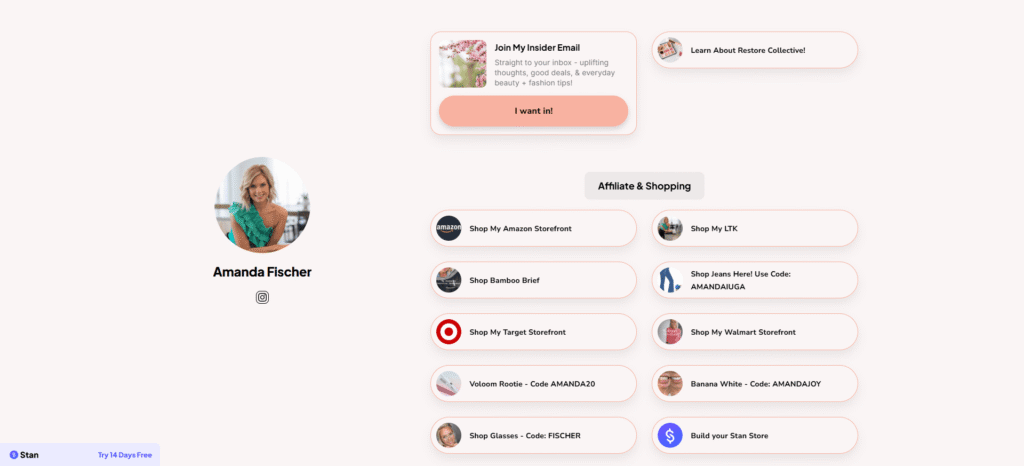
She shares that single link across her social platforms, letting her audience explore and shop everything in one place. It’s a simple system that keeps her brand organized while earning from multiple affiliate deals at once.
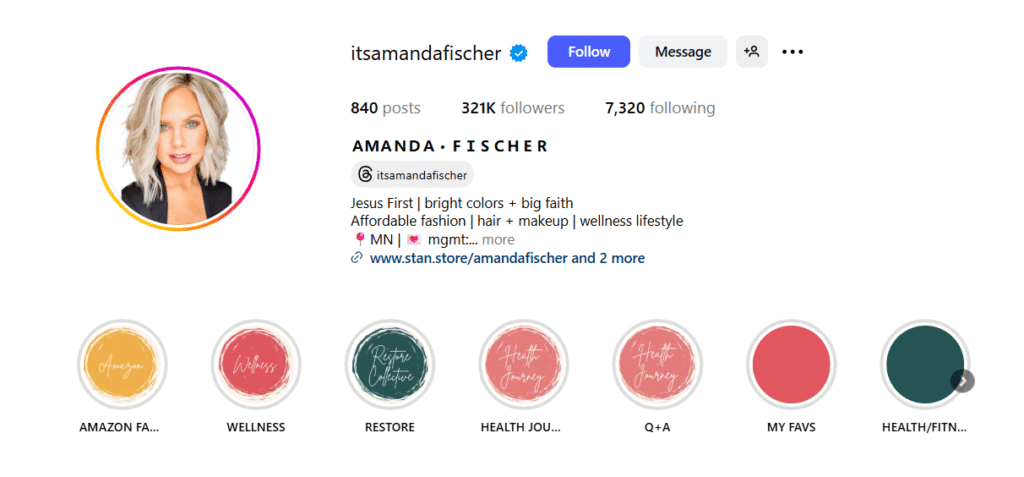
If you want to do the same, you can build your own Stan Store and organize every affiliate link, lead magnet, and digital product on one easy-to-share page.
3. Gifted or Product Seeding Collaborations
Brands send you free products hoping you’ll share them with your audience. It’s often how creators start before transitioning into paid content creator brand deals.
A strong example of this path is Sephora Squad, a creator program that begins with product gifting and grows into paid collaborations and affiliate commissions.
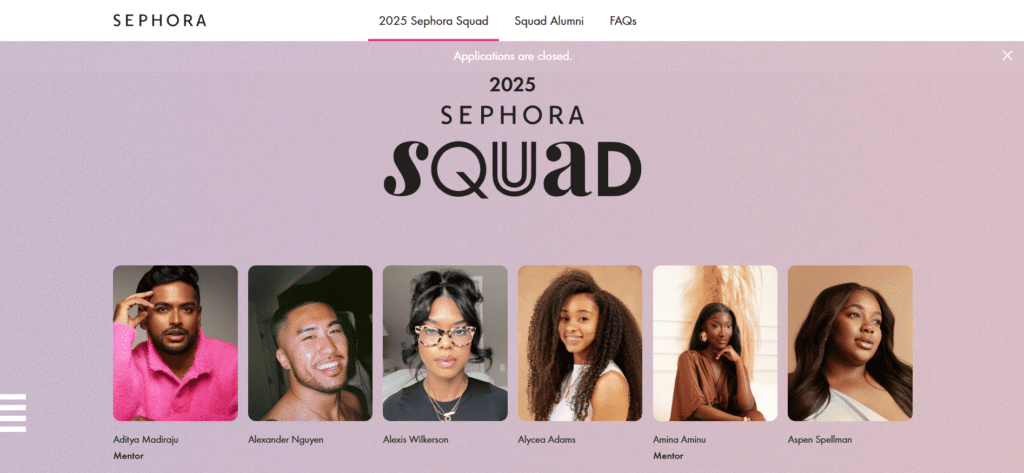
Many creators start with simple unboxing content, then move into long-term sponsorships once the brand sees consistent performance.
4. Ambassadorships
A long-term collaboration where you represent a brand across multiple campaigns or platforms. Ambassadors typically receive recurring payments, early product access, and ongoing perks like event invitations or exclusive discount codes for their audience.
These partnerships go beyond one-off posts. They’re about embodying the brand’s values and becoming a consistent face of their community.
For example, fitness creators often join programs like Gymshark or Alphalete ambassadors, where they wear and promote the brand year-round while earning commissions on every sale made through their links.
5. UGC Brand Deals
Short for user-generated content, these are paid projects where you create videos or photos for a brand to use on its own channels or ads. You don’t have to post it yourself, making it ideal if you prefer creating over promoting.
Platforms like Pearpop make this even easier by connecting creators directly with brands that pay for UGC based on performance. You can get paid to create for major companies—without ever needing to post the content on your own page.
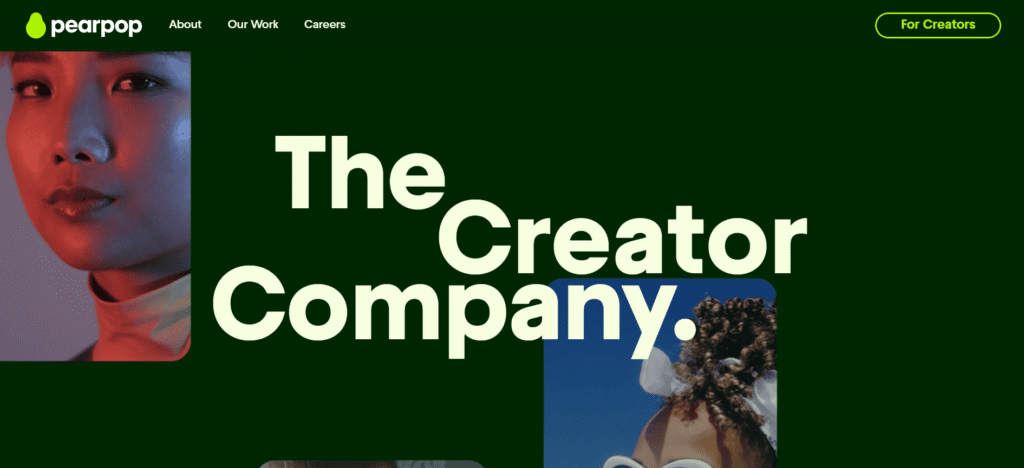
Why Brands Pay Creators Like You
If you’ve ever wondered why a company would pay someone like you to make videos or posts, the answer is simple: attention.
Brands want to reach people, but audiences have learned to scroll past traditional ads. They trust real people more than slogans or polished campaigns—and that’s where creators come in, especially those who know how to connect with their community.
When you partner with a brand, you help it speak the language of your audience. You already understand their interests, humor, and pain points. That’s what makes brand deals with creators so powerful.
What Brands Are Really Buying
Many creators think brands pay for numbers like likes, followers, or views. But that’s not the full story. Brands pay for influence. They want creators who can move people to care, click, or buy.
A creator with 5,000 followers who gets 300 comments per post can be more valuable than someone with 100,000 silent followers. That’s why micro-influencer brand deals are in high demand. Smaller creators bring tighter communities, stronger engagement, and higher authenticity.
Lululemon, for example, has collaborated with micro-influencers like Karen Genis, who share relatable lifestyle and fitness content.
With fewer followers but a deeply engaged audience, creators like her help brands connect with people in ways that feel natural and personal. That’s what brands are really paying for—trust that converts.
How Brands Measure Value
Before offering a content creator brand deal, most companies look for three things:
- Relevance: Does your content naturally align with their product? A skincare brand, for example, will look for creators who already share skincare routines rather than random trending topics.
- Engagement: Are people responding to your content? Comments, saves, and shares matter far more than follower count.
- Consistency: Do you post regularly enough for a partnership to make sense? Brands prefer creators who can sustain audience attention over time.
When these three align, you become a brand’s ideal partner.
Why Brands Choose Creators Over Traditional Ads
In the past, companies spent thousands on banner ads, billboards, or TV spots that people mostly ignored. Creator partnerships changed that dynamic.
Instead of interrupting people, creators integrate brands into content their audience already enjoys.
A YouTube brand deal where a creator casually mentions a tool they use or a TikTok brand deal that fits naturally into a skit often performs far better than a corporate ad that feels out of place.
Creators bring authenticity, and authenticity drives conversions.
The Bigger Picture
Every brand wants awareness, credibility, and sales, and creators offer all three at once. That’s why collaborations with creators have become central to how modern brands advertise. Companies get trusted, human storytelling, and creators get paid for the influence they’ve worked hard to build.
So the next time you doubt whether your audience is big enough, remember this: brands aren’t paying for reach, they’re paying for relationship. And if you’ve built one, you’re already valuable.
How to Make Your Profile Scream “Brand-Ready”
Before a brand reaches out or replies to your pitch, they’ll check your profile. In those few seconds, they’re asking one thing: Can we trust this creator with our brand?
That moment matters. You might be creating great content, but if your profile looks messy or unclear, brands will hesitate. It’s not just about what you post but how you present yourself.
Let’s look at how to make your profile instantly show brands that you’re the creator they want to work with.
1. Define What You Stand For
Every creator should have a clear niche and message. If a brand can’t tell what your content is about within seconds, they won’t know whether you’re the right fit.
Ask yourself:
- What’s the main topic you create around?
- Who is your audience?
- What feeling or transformation do you consistently deliver?
When your niche is clear, brands instantly understand how you could represent them. A skincare brand, for example, would feel confident partnering with a wellness or lifestyle creator whose content already revolves around routines, confidence, and self-care.
If you’re unsure how to narrow down your niche, review your top-performing posts. Notice which themes your audience responds to most. That’s often the clearest signal of what your brand should lean into.
2. Make Your First Impression Count
Your bio, banner, and pinned content are the storefront of your personal brand. Keep them clean, specific, and professional.
Here are a few quick tips to help you do that:
- Use your bio to state what you create and who it helps. Instead of “Just vibing,” try “Helping busy creators plan content that performs.”
- Add a clear, friendly profile photo that represents your tone and niche.
- Pin posts that show your best content, storytelling, or audience engagement.
If a brand can scroll through your profile and instantly understand your topic, tone, and style, you’ve already nailed the first impression test.
3. Show You Already Create Value
Brands want proof that your content works. That proof doesn’t have to come from previous brand deals. It can come from engagement, comments, shares, or even screenshots of audience feedback.
Highlight posts that performed well or generated strong engagement. Mention small wins in your captions, like “I’ve gotten so many DMs asking about this product.” It signals that your content drives real attention.
If you’ve done past UGC brand deals or collaborations, even unpaid ones, show them. You can repost that content or include it in your pinned section. It demonstrates that you already know how to showcase a brand naturally—a huge plus for potential sponsors.
4. Create a Simple Media Kit or Portfolio
A media kit is your professional introduction. It’s what you send to brands when pitching or responding to offers, and it helps them quickly understand who you are and why you’re a good fit.
Think of it as a one-page résumé for your creator business. It should include:
- A short bio and niche summary
- Audience demographics (age, location, gender, etc.)
- Platform stats like followers and engagement rates
- Examples of previous collaborations or sample content
- Contact info and links to your main platforms
If you’ve never created one before, Canva is a great place to start. It offers a variety of customizable templates you can adapt with your own colors, fonts, and images.
Here’s an example media kit from Canva’s template library:
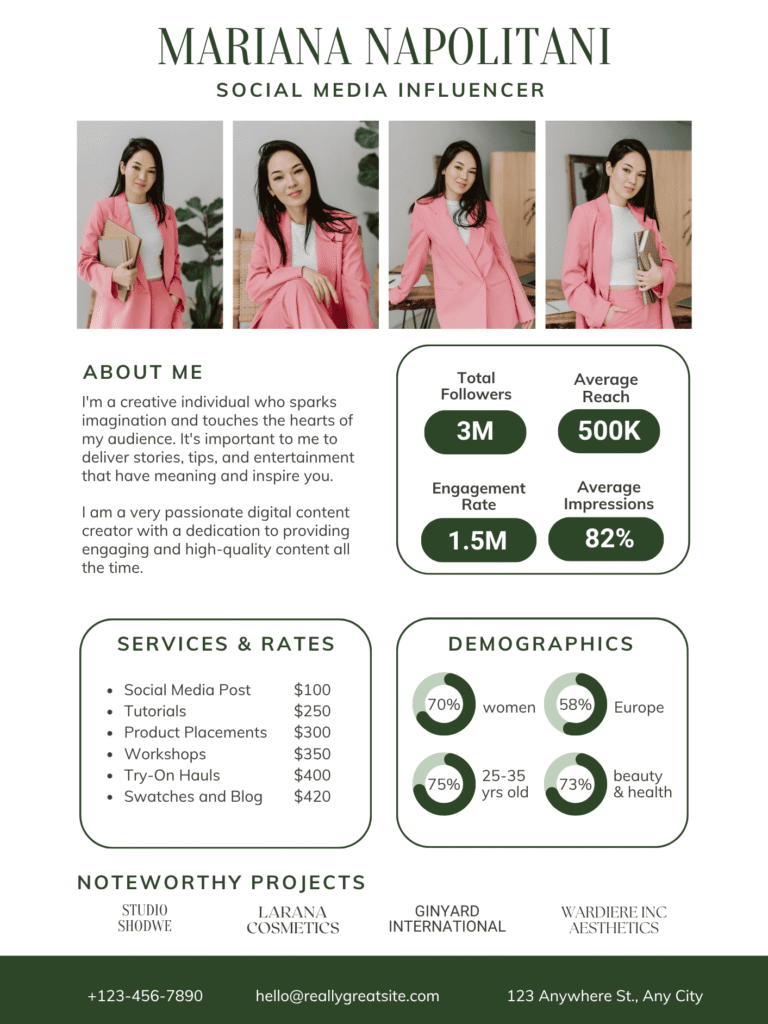
5. Keep Your Feed Cohesive
Your content doesn’t need to look identical, but it should feel connected. A consistent tone, color palette, and level of quality make your brand recognizable.
Ask yourself: if someone saw one of your posts out of context, would they still know it was yours?
A great example is Ashleigh Sutlive, a lifestyle creator who shares cozy, everyday moments with consistent earthy tones and warm lighting. Her page feels inviting and personal—every post looks like part of a bigger story.
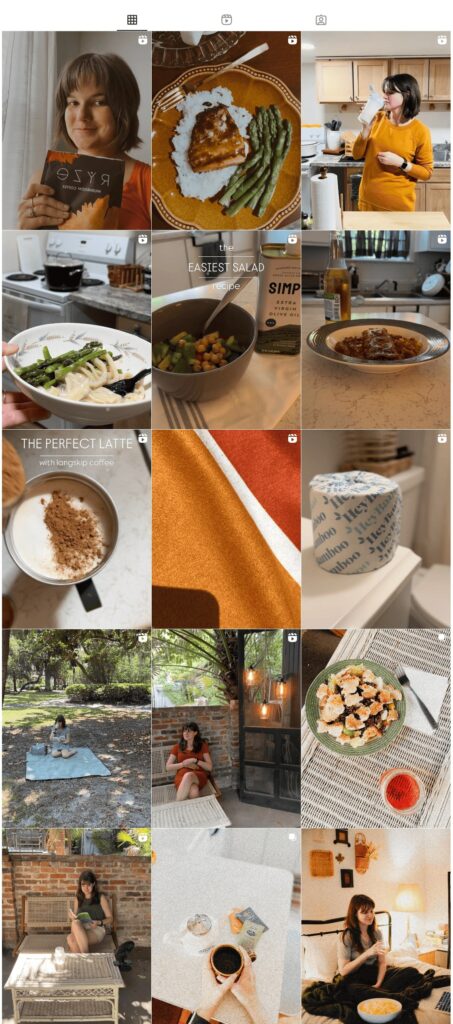
That kind of visual consistency builds trust and makes her an ideal fit for micro-influencer brand deals with home and lifestyle brands.
Whether your style is bright and minimalist or storytelling-driven, keep it intentional. When brands browse your feed, they’re imagining how their product might fit into it. A cohesive look makes that connection effortless.
Where to Find Brand Deals (Without Waiting to Get Discovered)
If you’re waiting for brands to reach out, you might wait a long time. Most creators, especially beginners, get their first brand deal by being proactive.
There are plenty of ways to find brand deals, from being discovered organically to pitching directly or using creator marketplaces. Let’s look at the most reliable ways to begin.
1. Organic Discovery and Signaling Your Availability
Even if you’re actively pitching, you still want to make it easy for brands to find you. Many small creators land their first influencer brand deals simply by making themselves visible in the right places.
Here’s how to do it:
- Use partnership keywords in your bio. Add simple phrases like “Open for collaborations” or “DM for partnerships.” Many brand managers and agencies search these terms to discover new creators.
- Feature products naturally in your content. Create posts around items you already love and use. Don’t make them salesy; authenticity is what brands notice first.
- Engage with brands publicly. Comment thoughtfully on their posts or tag them in relevant content. When you do this consistently, their social teams start to recognize your name.
- Post within your niche consistently. Algorithms reward creators who stay focused on one category. If your content fits a brand’s niche, they’re more likely to discover you organically.
Visibility is a magnet. When your bio, captions, and posts make it clear that you create within a niche and are open to partnerships, you start showing up where brands are already looking.
2. Creator Marketplaces and Collaboration Platforms
These platforms exist to connect brands and creators directly. You sign up, build your profile, list your platforms, and start applying to campaigns that fit your niche.
They’re one of the fastest ways to start getting brand deals for influencers because they lower the barrier. You don’t need to know anyone or have a massive following.
Here are some of the most popular options:
| Platform | What It Does | Why It’s Useful |
| Collabstr | Lets you list your content services and get matched with brands. | You can set your own rates and apply to campaigns directly. |
| #paid | Connects creators with global campaigns across multiple niches. | Includes clear pricing guidance and brand briefs. |
| Afluencer | Allows you to browse and apply to open brand collaborations. | Simple interface, great for beginners. |
| Glewee | Lists new campaigns daily and handles payments within the app. | Keeps everything including messages, contracts, and deliverables in one place. |
| JoinBrands | Focused on UGC brand deals and influencer campaigns. | Ideal if you prefer creating for brands without posting on your own page. |
To get the most out of these marketplaces:
- Complete every section of your profile. Brands often skip incomplete ones.
- Add clear examples of your best content or past content creator brand deals.
- Set fair but confident pricing. Undervaluing your work can make brands doubt your quality.
- Apply consistently. Treat it like a routine. A few pitches per week add up fast.
Think of marketplaces as your digital storefront. The more polished and active it looks, the more foot traffic you’ll attract.
3. Agencies, PR Firms, and Ambassador Programs
Once you’ve built some credibility, you can grow your opportunities by joining networks that regularly connect creators and brands.
Some examples include:
- Small influencer agencies or management firms that represent micro creators. They often look for fresh, authentic voices for specific campaigns.
- Brand ambassador programs that recruit creators to represent their products long-term. Many brands in beauty, fashion, and fitness open applications several times a year.
- Community platforms and Discord groups where marketers post creator opportunities. You can find them through creator newsletters, LinkedIn, or niche communities.
- Local events and webinars where brand representatives speak. Networking here can lead to genuine relationships that later turn into secure influencer brand deals.
Once you start joining these networks, opportunities can grow quickly, but so can the fine print.
Before signing with any agency or ambassador program, always review the terms carefully. Make sure the agreement doesn’t limit your freedom to work with other brands or underpay you for your time and content.
4. Direct Outreach and Cold Pitching
This is one of the boldest and most effective ways to get brand deals, especially when you’re just starting out. Instead of waiting for brands to notice you, you reach out first with intention and strategy.
Direct outreach is about taking control of your opportunities. You identify the brands you genuinely love, research their marketing campaigns, and make contact with the right person on the team. Even a small, well-crafted message can open the door to a long-term collaboration.
Start by finding companies that align naturally with your niche. If you’re a beauty creator, look for smaller skincare or wellness brands that already run Instagram brand deals or TikTok brand deals. These brands tend to be more open to new partnerships.
Once you’ve identified a few, collect their contact information, study their social media tone, and brainstorm one or two ways you could add value to their next campaign. The goal at this stage isn’t to pitch yet but to prepare.
We’ll dive deeper into the outreach process in the next section, including how to write your pitch, structure your message, and follow up without sounding pushy.
How to Write a Pitch That Gets a Reply
You’ve built a solid profile and found a few brands you’d love to work with. The next step is reaching out and doing it in a way that gets noticed. Let’s break down how to write a pitch that actually earns a reply.
1. Do Your Homework First
Before sending any message, research the brand. Look through their website, social media pages, and recent campaigns.
Ask yourself:
- What products or services are they currently promoting?
- What tone and style do they use in their marketing?
- Have they worked with other creators recently?
This bit of research helps you tailor your pitch. For example, if you notice a brand running TikTok campaigns centered on humor, mention that your short-form videos get strong engagement in a similar tone.
Brands can tell instantly when a pitch is generic versus when you’ve taken the time to understand them.
2. Lead with Who You Are and Why You Fit
Start your pitch by introducing yourself in one sentence. Keep it clear and friendly.
Example:
“Hi [Brand Name] team, My name is Maya, and I’m a wellness creator with a growing TikTok audience that loves simple, realistic self-care routines.”
Then connect your content to theirs:
“I’ve followed your brand for a while and love your focus on natural skincare. My followers are always looking for affordable, effective products, and I think your line would resonate strongly with them.”
This structure instantly tells them who you are, what you create, and why it matters to them.
3. Show What You Can Offer
Instead of saying “I’d love to collaborate,” get specific about what you can do. Brands appreciate creators who bring clear ideas.
You might write:
“I’d love to create a short morning routine video featuring your product as part of a simple self-care challenge. It would feel authentic to my current series and fit your brand’s message perfectly.”
Even if you’re early in your journey, suggesting a campaign concept or format helps them visualize how you’ll bring their product to life.
4. Include Social Proof and Simple Metrics
If you have results worth mentioning, add them briefly. No need for a long list.
Examples include:
- Average engagement rate or total reach per post
- Comments or feedback from followers asking for recommendations
- Previous content creator brand deals or unpaid collaborations that performed well
For instance:
“My videos average 20K views with high engagement from women aged 18–30, and I recently created a skincare reel that received 1,200 saves and multiple product inquiries.”
This gives brands confidence that your audience is active and responsive.
5. Keep It Short and Easy to Read
Most brand managers receive dozens of messages each week. Respect their time. Keep your email or DM short, ideally 6 to 8 sentences total.
Format it clearly:
- Start with your intro and niche
- Add one short paragraph on why you like the brand
- Describe what you can offer
- Close with a simple call to action like: Would you be open to discussing a small campaign or gifted collaboration to start?
Concise messages are far more likely to be read and answered.
6. Attach or Link Your Media Kit
If you’ve created a media kit, attach it directly or include the link in your message. It’s an easy way to showcase your stats, audience demographics, and previous work.
You can write something like:
“I’ve attached my media kit for your reference. It includes audience insights and examples of past brand collaborations.”
7. Follow Up (But Don’t Spam)
If you don’t hear back, wait at least a week before following up. Keep it polite and brief.
“Hi [Name], just checking in on my previous message. I’d still love to explore how we could collaborate. Let me know if you’d prefer to start with a gifted trial or short campaign.”
Two follow-ups are enough. If there’s no response after that, move on and revisit later. Persistence is good, but pressure is not.
Here’s an example of what a complete, effective pitch might look like when you put everything together:
Hi [Brand Name],
My name is Leo, and I’m a tech creator who makes short, practical videos helping people find tools that simplify daily work. I’ve been following your brand and love how your products fit into productivity-focused routines.
I’d love to create a short “3 tools that make you faster” video featuring your product. My content consistently reaches engaged tech enthusiasts aged 20–35, and I think your brand would fit perfectly with what my audience already enjoys.
I’ve attached my media kit and recent analytics below. Would you be open to discussing a small test collaboration?
Best,
Leo
That’s all a great pitch really is—a simple, genuine message that shows a brand how you can create value for them. Once you see it that way, reaching out feels easy.
What to Charge for a Brand Deal (and How to Negotiate)
Pricing your first brand deal can feel tricky. You don’t want to overcharge and lose the opportunity, but you also don’t want to undervalue your work.
Rates vary based on your audience, engagement, platform, and the brand’s budget. Understanding how influencer brand deals are usually priced helps you approach each opportunity with confidence.
Let’s break down what to charge, typical rates, and how to negotiate effectively.
1. Understand What You’re Charging For
Many creators only think about the post itself when pricing a brand deal, but what brands are really paying for goes much deeper. You’re charging for:
- The time you spend brainstorming, scripting, filming, and editing
- The influence you’ve built by consistently showing up and earning your audience’s trust
- The placement you’re offering—a spot in content your audience actually pays attention to
- The rights and usage the brand may request, such as running your video in paid ads or reposting it on their channels
When you start seeing these as separate pieces of value, it becomes easier to justify your rate. You’re not being paid for just a post. You’re being paid for everything that makes your content effective.
2. Know the Typical Ranges
While rates vary by niche and region, most micro-influencer brand deals tend to fall within these general ranges:
- TikTok: $100–$500 per post for creators under 50K followers
- Instagram: $75–$400 per post depending on engagement
- YouTube: $300–$1,000 for smaller creators offering integrations or shoutouts
Creators with highly engaged audiences can often charge more, especially if they provide high-quality production, storytelling, or measurable conversions.
If you’re just starting out, begin at the lower end of these ranges to build experience, then raise your rates gradually as your results improve.
3. Always Ask About Deliverables and Rights
Before agreeing to a price, get crystal clear on what the brand expects. Will they need:
- One post or multiple deliverables?
- Stories or static posts?
- Permission to reuse your content in ads?
Each of these affects pricing.
For example, a one-time UGC brand deal that allows a brand to use your video in paid ads could easily pay two or three times more than a simple Instagram post. Usage rights mean they’re benefiting from your content beyond your own audience, and that additional reach should come with additional pay.
4. Be Ready to Negotiate
Negotiation is a normal part of the process, even in small influencer brand deals. Most brands have flexible budgets and expect a discussion.
When a brand counters your rate, focus on clarifying what’s included rather than defending a number. For example:
“That rate includes editing time and 30 days of content usage. If you’d like to extend usage or request additional videos, I can provide a custom quote.”
This keeps the conversation collaborative instead of confrontational. It also shows that you understand your worth and the structure of professional partnerships.
If you ever feel nervous about asking for a fair rate, remind yourself that brands pay for results, not follower counts. They want content that converts, and that’s exactly what you’re offering.
5. Don’t Be Afraid to Walk Away
Not every brand deal is worth accepting. If a brand insists on low pay, unpaid “exposure,” or full rights without compensation, it’s better to decline politely.
Saying no doesn’t close doors—it shows that you take your craft seriously. Brands often return with better offers once they recognize your professionalism.
Even small creators can command fair rates when they approach partnerships with clarity and confidence.
How to Deliver Results That Keep Brands Coming Back
Landing a brand deal is exciting, but keeping that brand interested in working with you again is where real growth happens.
The work doesn’t end after you post. Brands notice how you communicate, meet deadlines, and contribute to the campaign’s success—and those details turn one-time deals into long-term partnerships.
Here’s how to make every collaboration stand out:
1. Communicate Clearly and Professionally
Brands want to feel confident that they can rely on you. From the moment you accept a campaign, make communication open and consistent.
To start, focus on these key habits:
- Confirm deadlines, deliverables, and expectations in writing.
- Ask questions if anything is unclear. It’s better to clarify early than make assumptions later.
- Provide quick updates when you’ve filmed or scheduled your content.
- Let them know when your post goes live, including links or screenshots.
Even if you’re working with smaller teams, being organized sets you apart. Brands remember creators who are easy to work with, and many rehire based on reliability alone.
2. Deliver on Time and Add Value
Brands often build their campaigns around multiple creators, so timing is critical. A late post can affect their overall launch.
Always aim to deliver early rather than right on the deadline. It gives the brand time to review and approve your content before publishing.
If you can, go a little beyond what’s required. Add a behind-the-scenes clip, an extra story mention, or reply to comments that mention the brand. These small efforts show that you care about results, not just payment, and that mindset earns long-term respect.
3. Track and Report Performance
Once your post is live, your job isn’t over. Brands want to see how your content performed, but they don’t always have access to your analytics.
Track your own results and share them once the campaign ends. Include key metrics like views, engagement, saves, and link clicks, supported by screenshots from your TikTok, Instagram, or YouTube analytics.
If the campaign involves a link or discount code, use UTM parameters or custom codes to track clicks and conversions.
When sending your report, include:
- Key metrics (reach, views, engagement rate, saves, or shares)
- Screenshots of performance data
- A short insight on what resonated most with your audience
For example:
“The post reached 48,000 accounts with a 7.3% engagement rate. The comments showed strong interest in the product’s new feature, especially among returning followers.”
This extra step shows professionalism and helps the brand measure ROI, which makes them far more likely to work with you again.
4. Stay True to Your Voice in Sponsored Content
Your audience follows you for your personality, not just the brands you feature. If a brand’s brief feels too scripted or unnatural, find a balance that works for both sides.
For example, if the brand provides a rigid talking point, rephrase it in your usual tone. You might say, “I’ve been testing this product for a few weeks, and here’s what I actually noticed,” instead of reading from a script.
Brands value creators who know how to stay authentic, because authenticity drives real conversions. When you protect that trust, everyone wins—your audience, your credibility, and the brand.
5. Follow Up After the Campaign
When a campaign wraps up, don’t disappear. Send a short thank-you message along with a quick performance recap. Keep it brief but thoughtful.
For example:
“Thank you for the opportunity to work on this campaign. The video performed really well with my audience, and I’d love to collaborate again in the future.”
You can also pitch an idea for the next phase of their marketing cycle:
“If you’re planning a holiday or product launch campaign later this year, I’d be happy to create a tutorial or review series around it.”
A friendly follow-up like this keeps the relationship warm and reminds the brand that you’re easy to work with.
How to Turn One Brand Deal Into a Full-Time Income Stream
Your first brand deal isn’t just a paycheck. It shows your content has real value. But going full-time means turning that one opportunity into a consistent system.
Creators who earn steadily from partnerships don’t wait for random DMs. They create structure, diversify their income, and build long-term relationships.
Here’s how to turn a single “yes” into a sustainable creator business:
1. Package Your Services into Repeatable Offers
One of the biggest mistakes new creators make is treating every brand deal as a custom request. While that works at first, it becomes hard to scale.
Instead, create a few repeatable offer packages you can reuse across brands. For example:
- “3 Reels + 1 Story Mention + 30 Days of Usage Rights”
- “1 TikTok + Raw Clips for Brand Ads + Analytics Report”
This approach helps brands see clear value at a glance and makes it easier for you to price consistently. Over time, you’ll learn which packages perform best and which ones deliver the highest ROI.
It also positions you as a business, not just a creator doing ad-hoc deals.
2. Layer in Performance-Based Revenue
Once you’ve proven your ability to drive results, start exploring brand deals that reward you for performance, not just output.
This could mean earning affiliate commissions, using custom discount codes, or receiving a bonus when your content reaches a set number of clicks or sales.
For example, a skincare brand might pay a flat $300 per post plus a 10% commission on all purchases tracked through your link.
Performance-based partnerships motivate you to create content that converts and help brands see you as a long-term growth partner.
3. Expand Into UGC (User-Generated Content) Work
You don’t need a huge following to earn from UGC brand deals. Many brands now pay creators to produce authentic videos or photos for use in their paid ads, websites, and social channels.
UGC creators can often charge hundreds per video because the brand gets full usage rights and ad value from the content.
Start by pitching brands whose products you already use, offering to create “ad-ready” videos or product demos. UGC is an excellent way to build relationships while earning outside your own audience, making your income more stable.
4. Seek Long-Term or Retainer Agreements
When a campaign performs well, that’s your cue to suggest a long-term partnership. Many brands prefer to work with the same creator repeatedly once trust is built.
You can pitch a retainer model, for instance, one video per month over three months at a discounted but predictable rate.
This gives you consistent income and helps the brand maintain a steady content pipeline. Long-term influencer brand deals also deepen your relationship, making it easier to co-create better campaigns over time.
Your First “Yes” Is Just the Beginning
That first brand deal changes everything. It proves that your content, creativity, and audience have real value.
But that “yes” isn’t the finish line. It’s the start of building something bigger, a system that turns one-time opportunities into steady, growing income.
Every partnership teaches you something new: how to pitch better, price smarter, and deliver results that make brands trust you again. Each success becomes proof of what you can do, and each result a step toward long-term stability.
Creators who keep growing don’t just post great content. They treat their work like a business, nurture relationships, and improve with every campaign.
Your first “yes” is proof you’re on the right path.
Stay consistent, keep building relationships, and more opportunities will follow.
